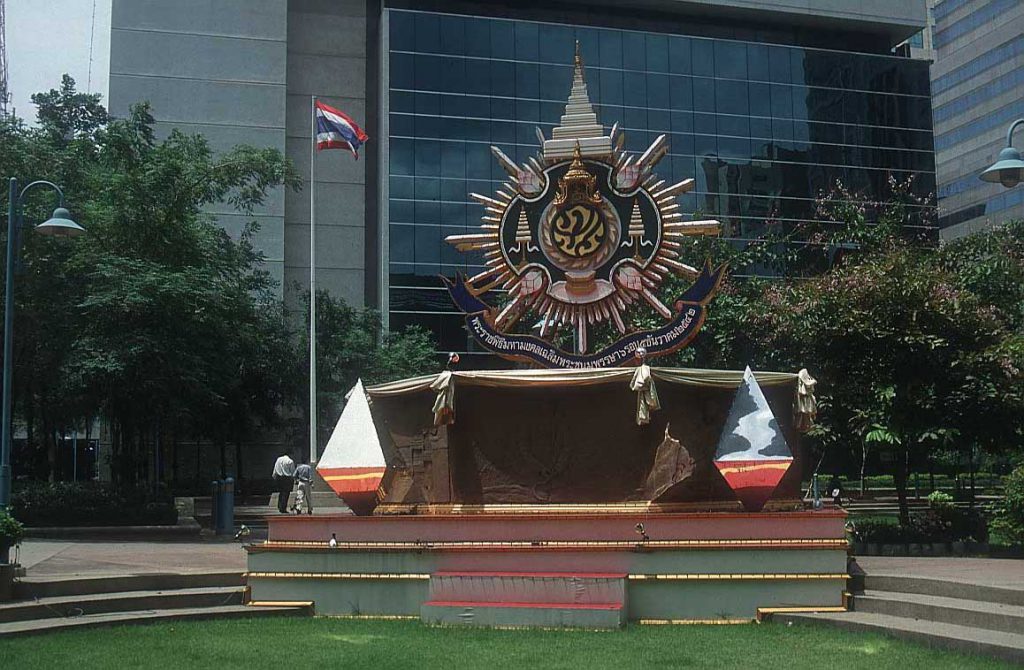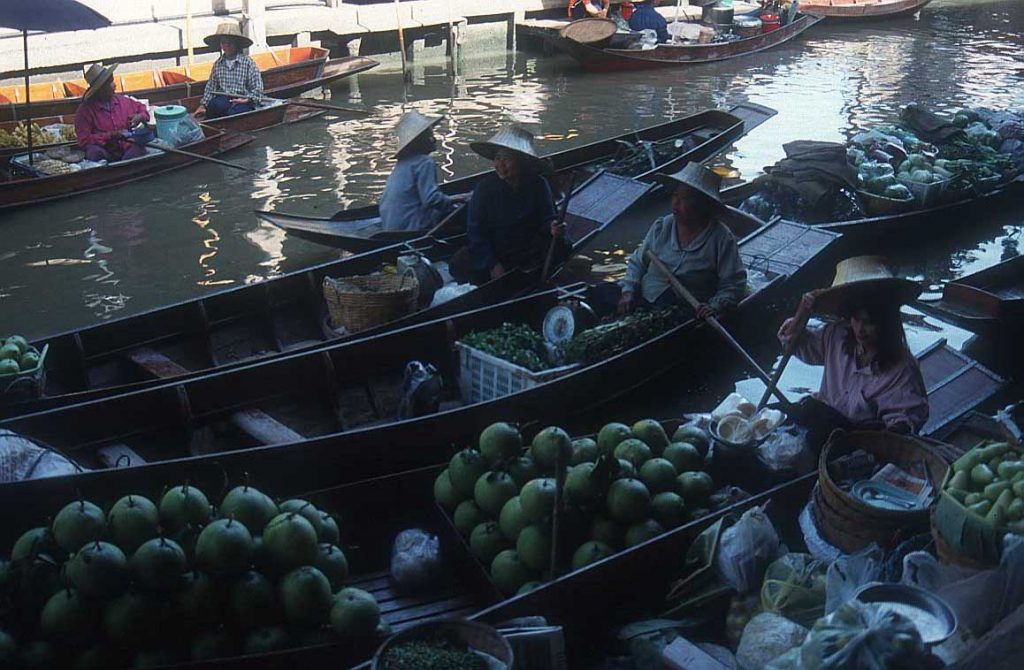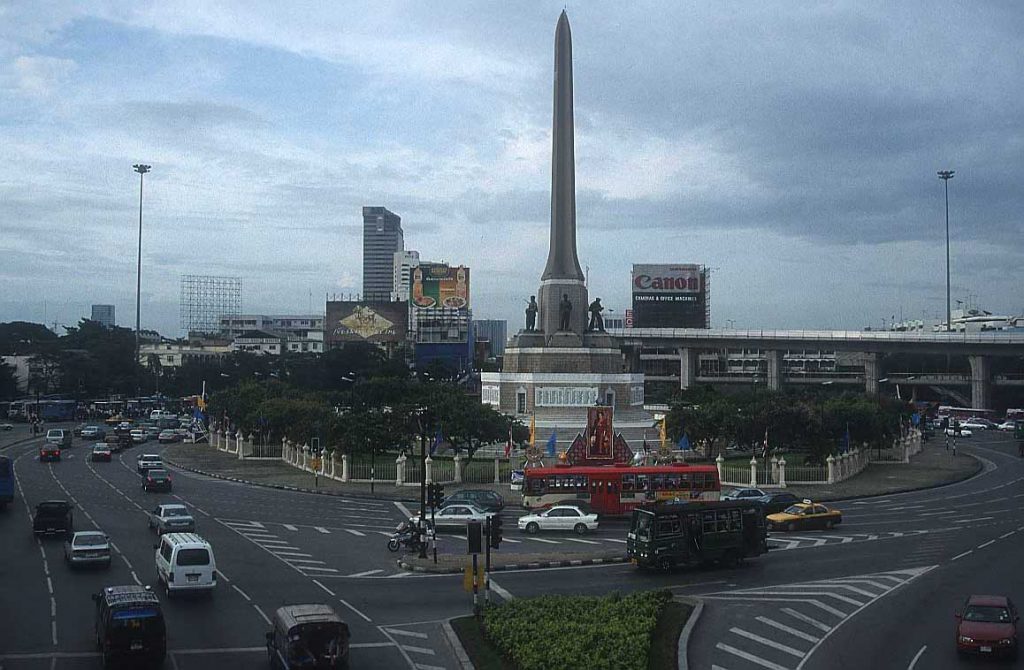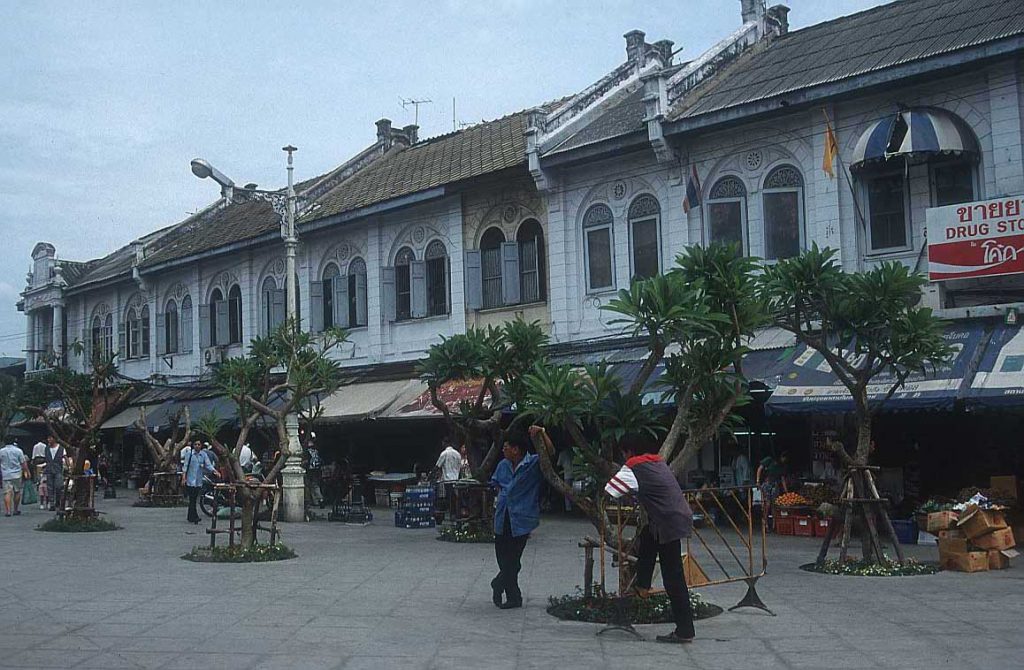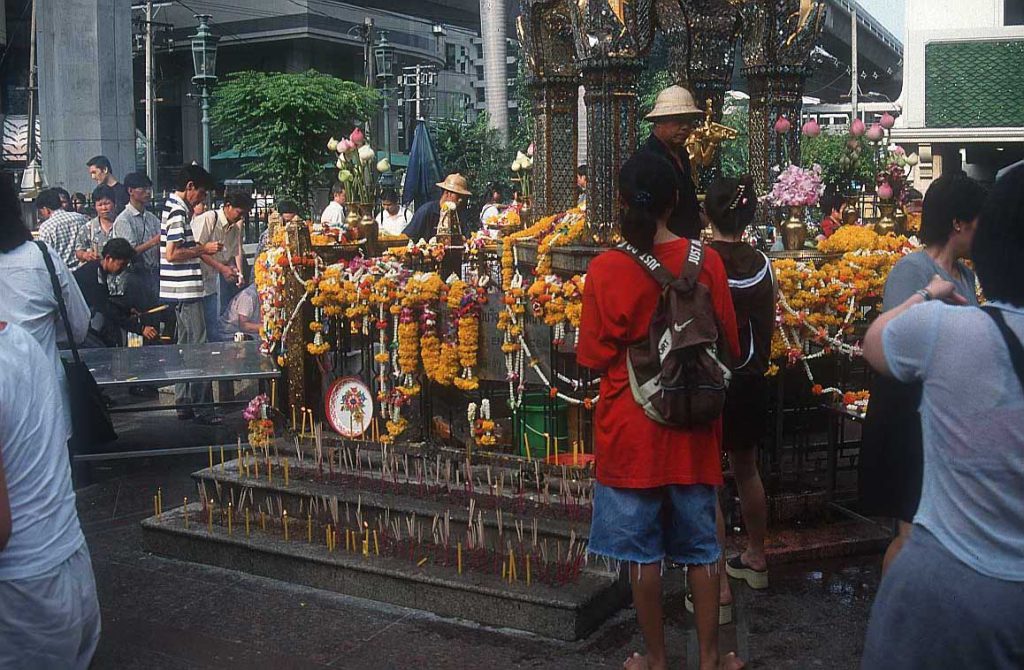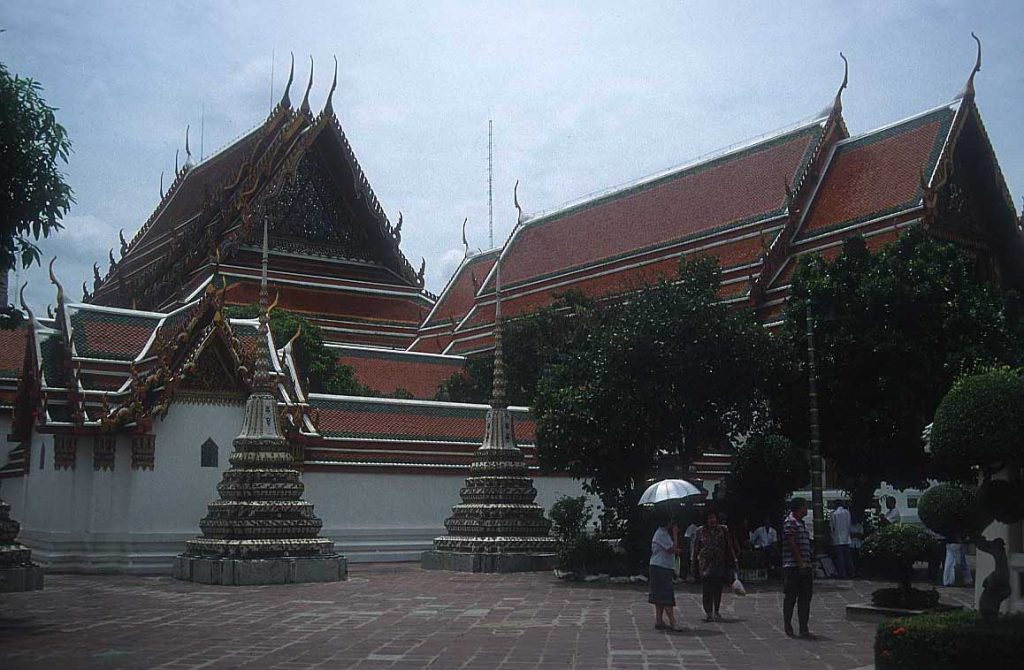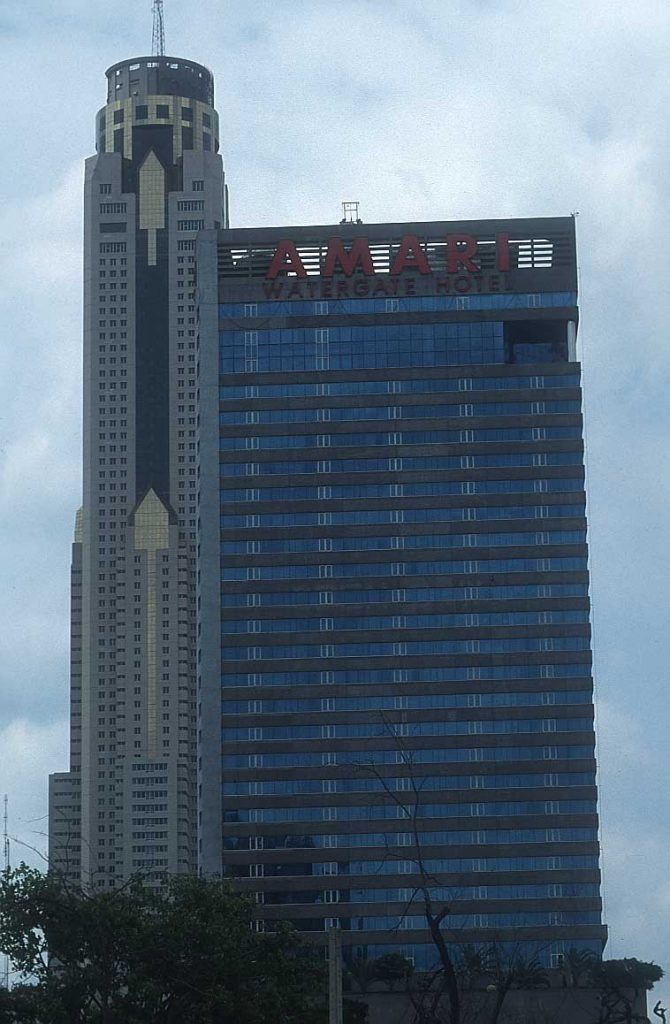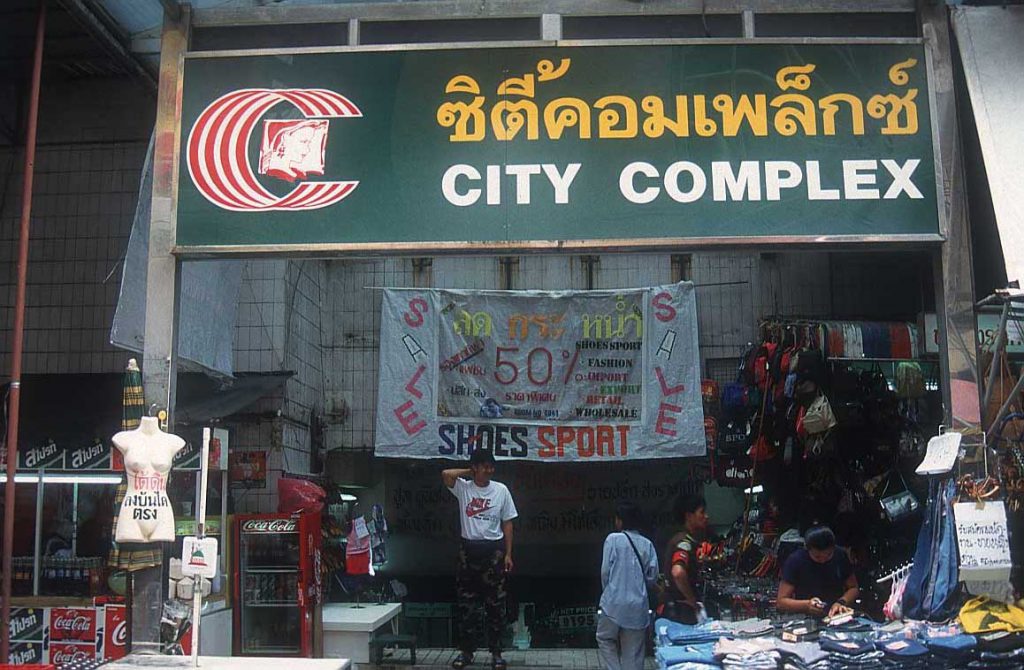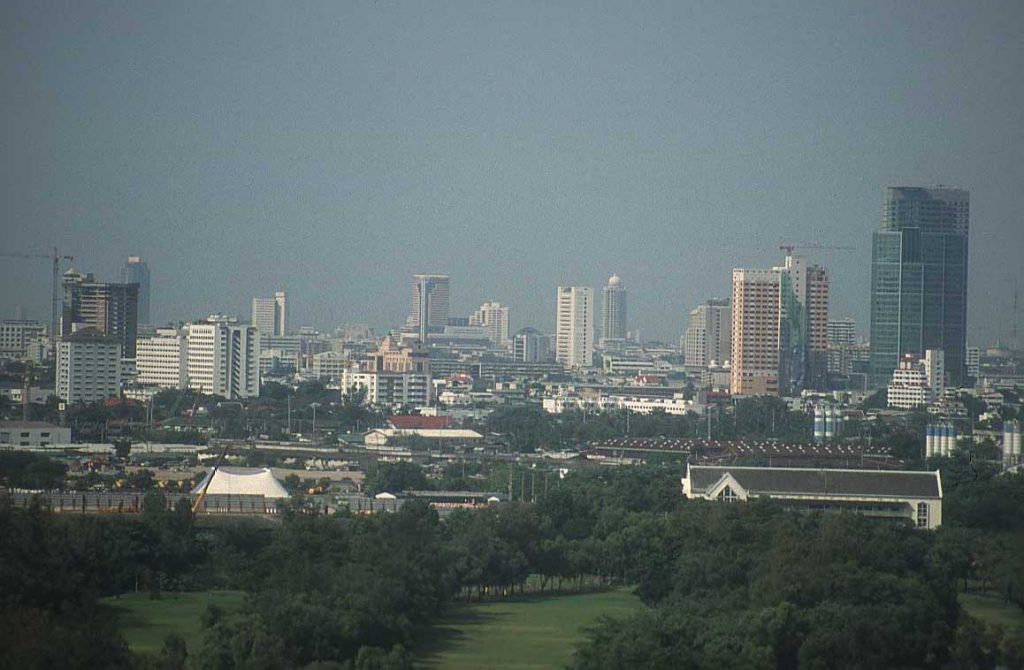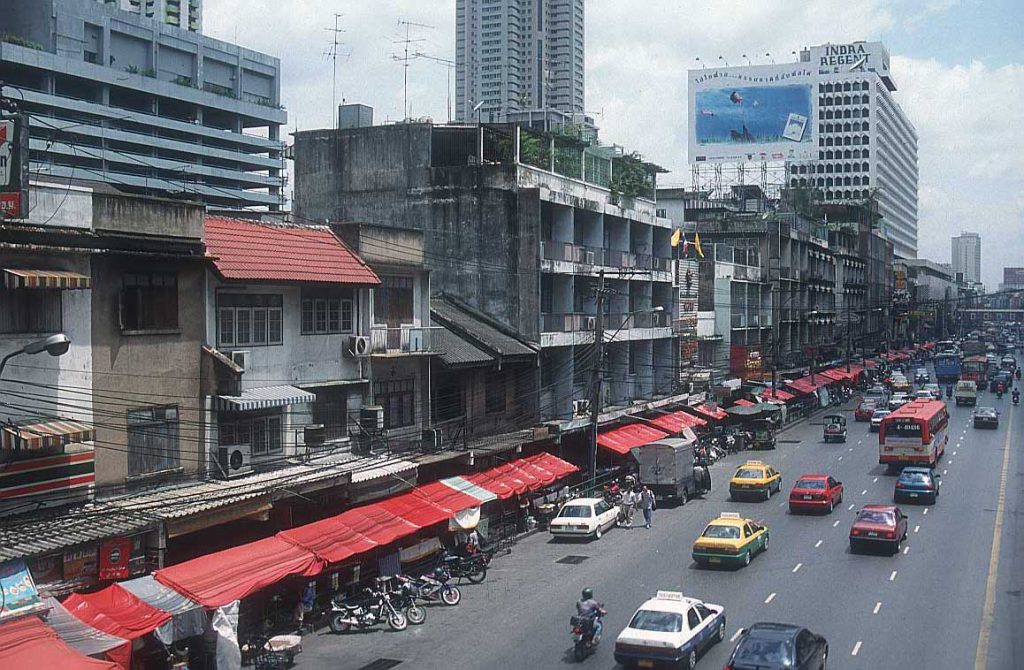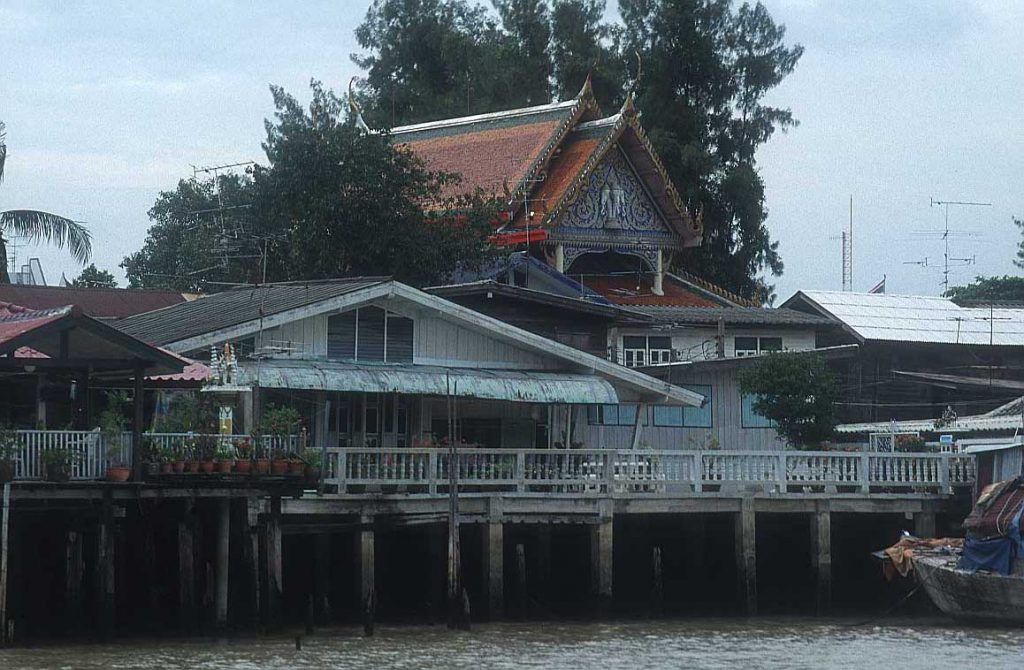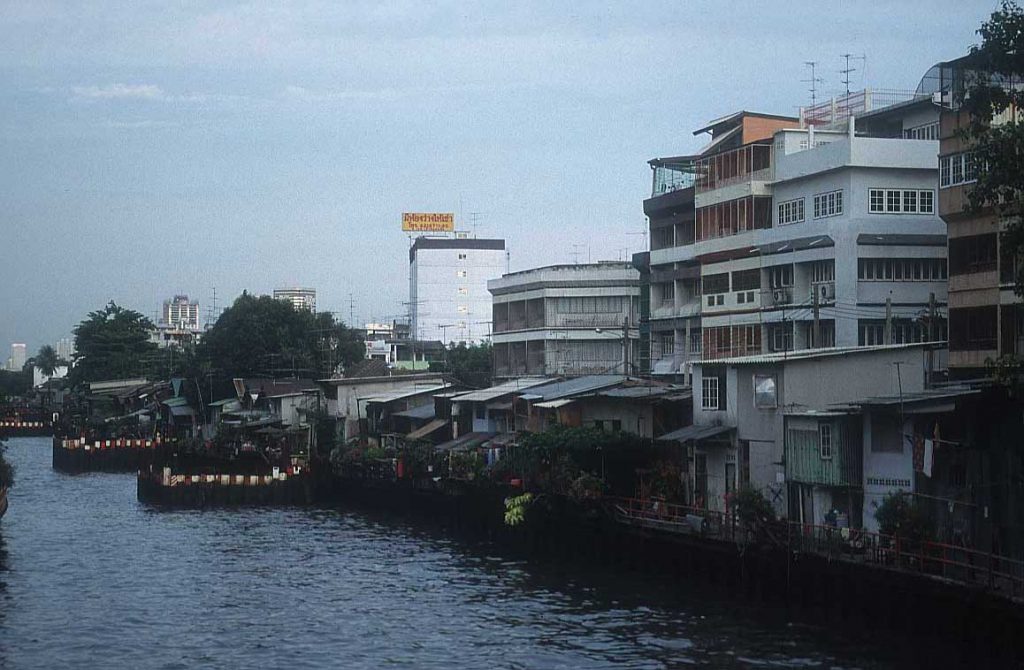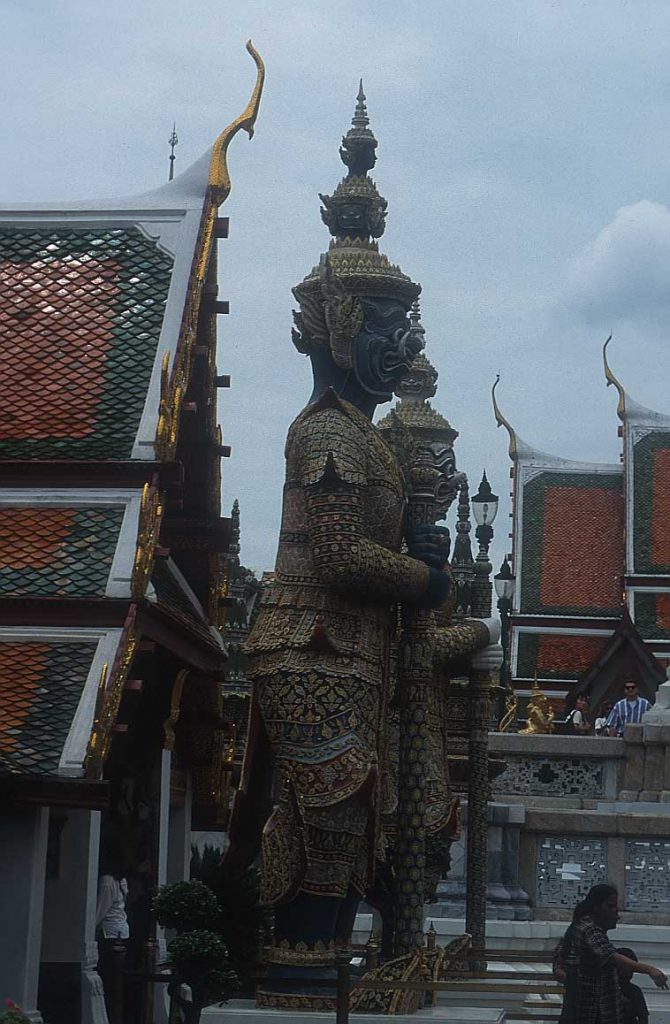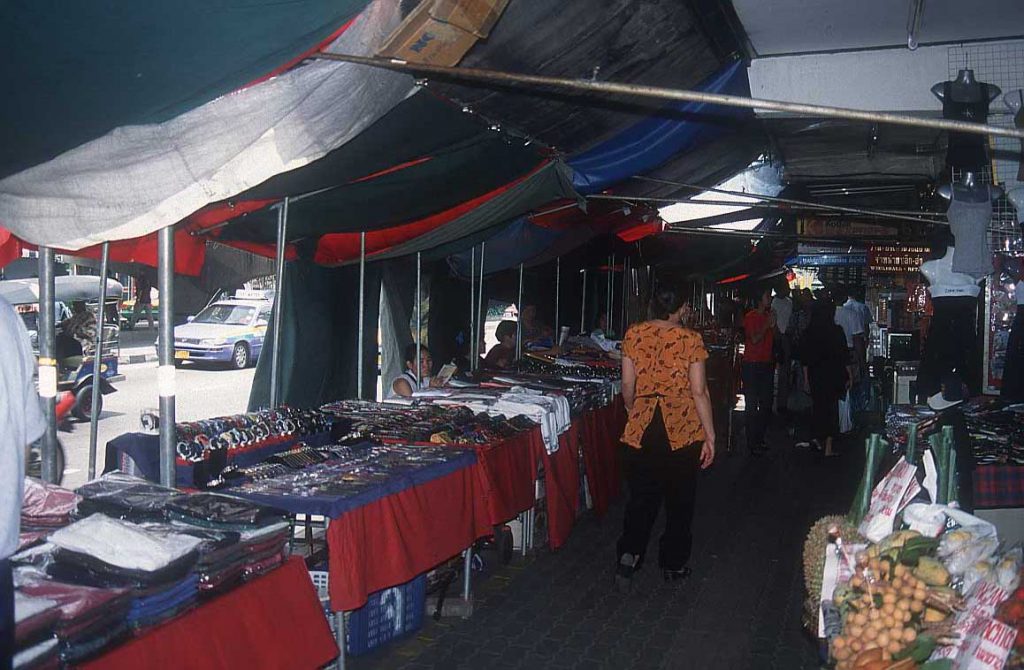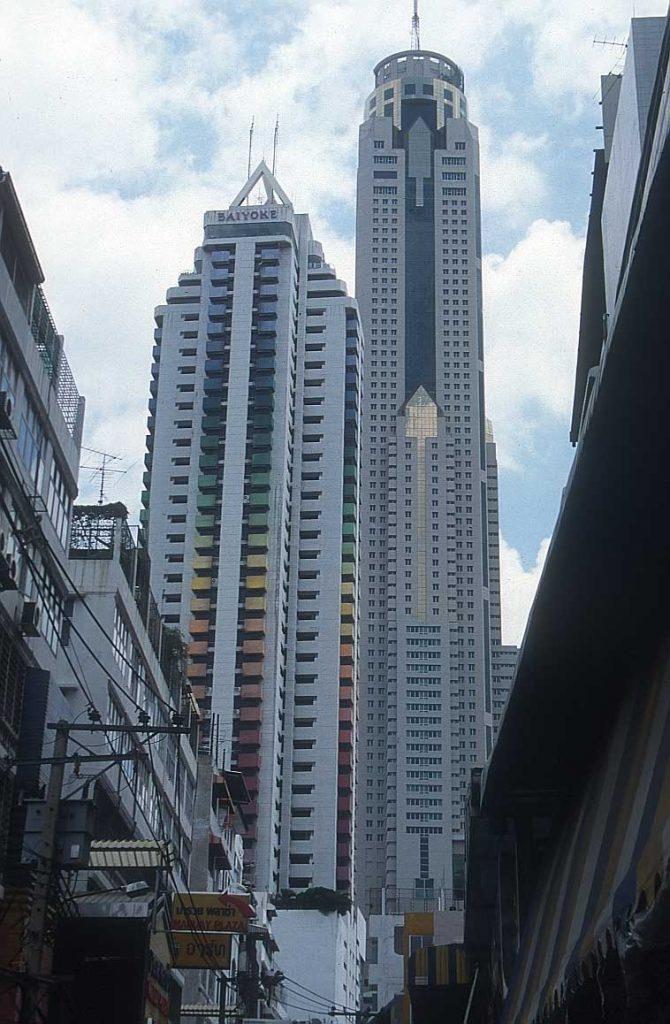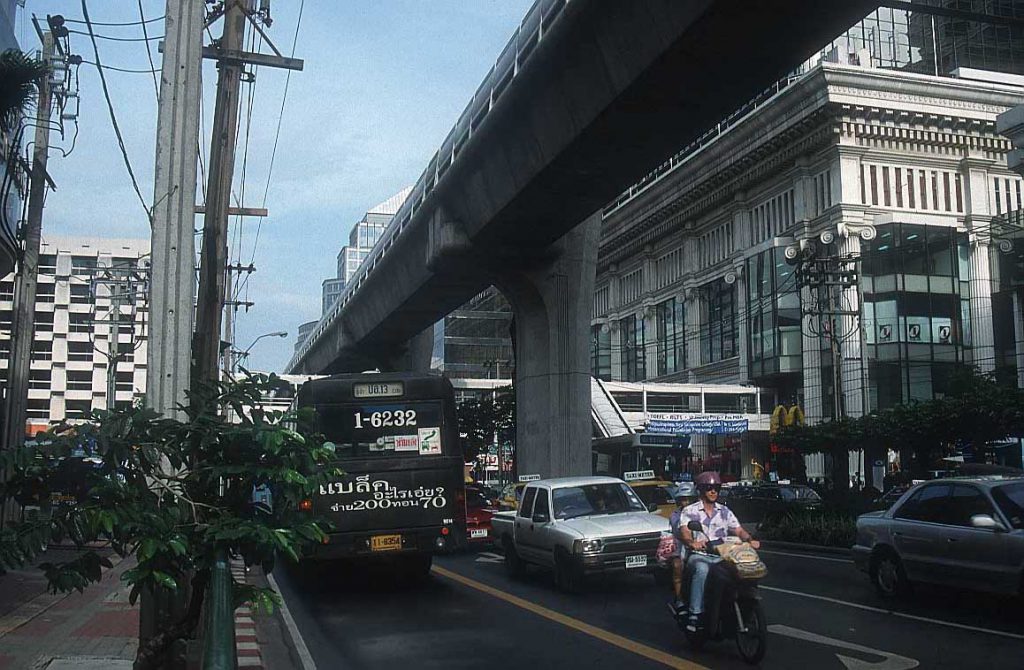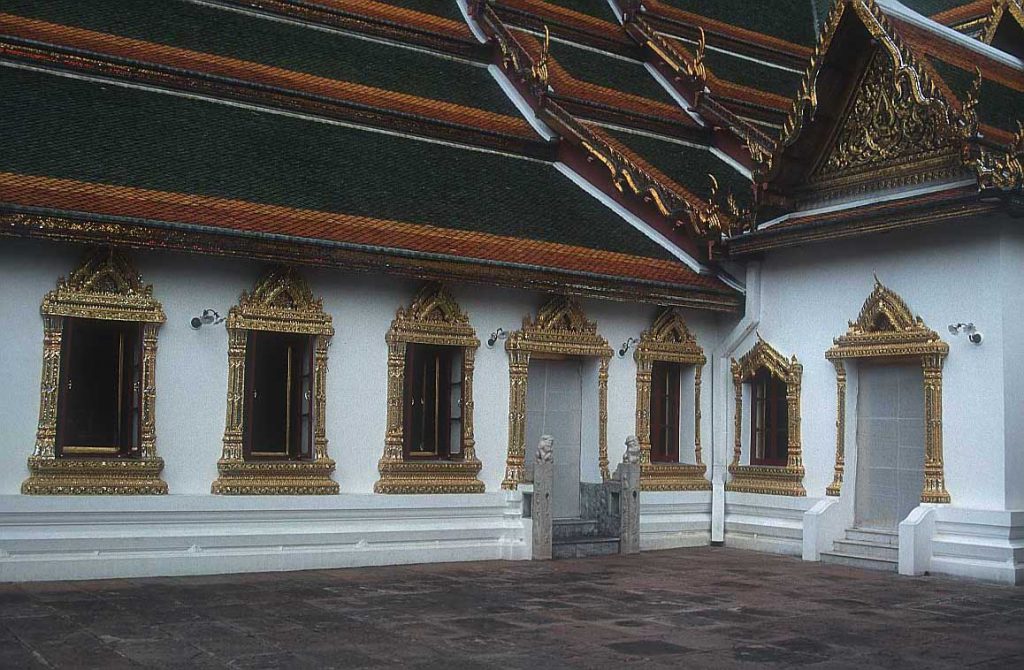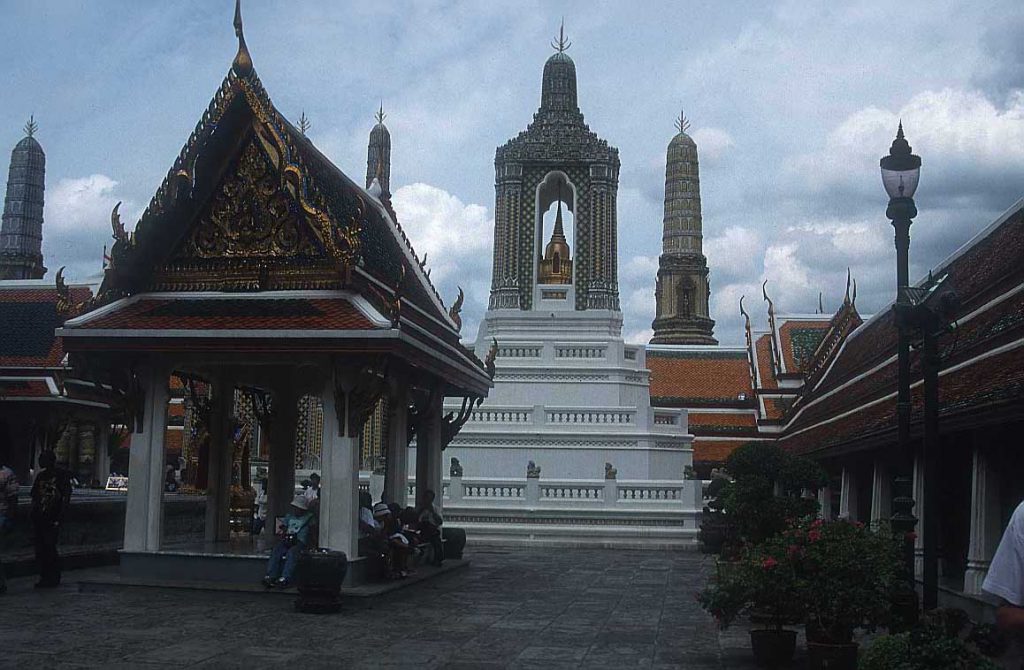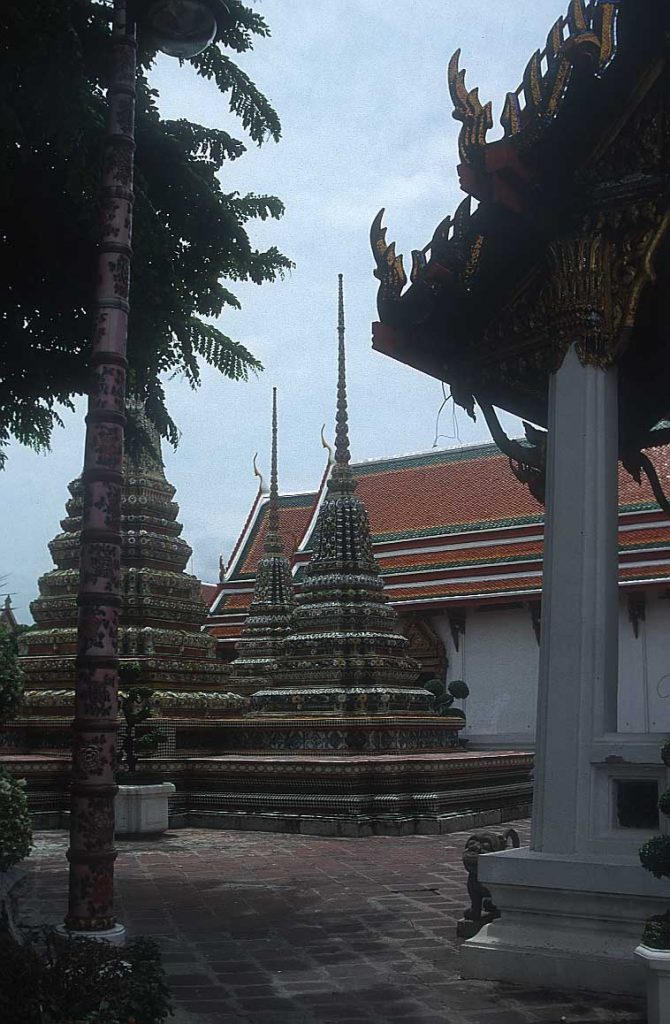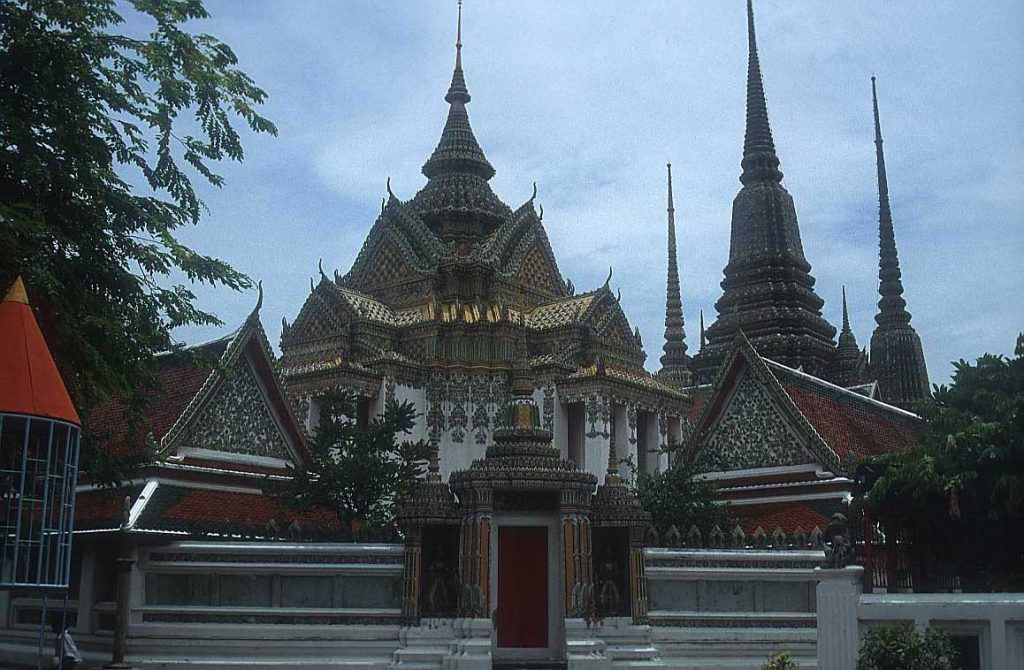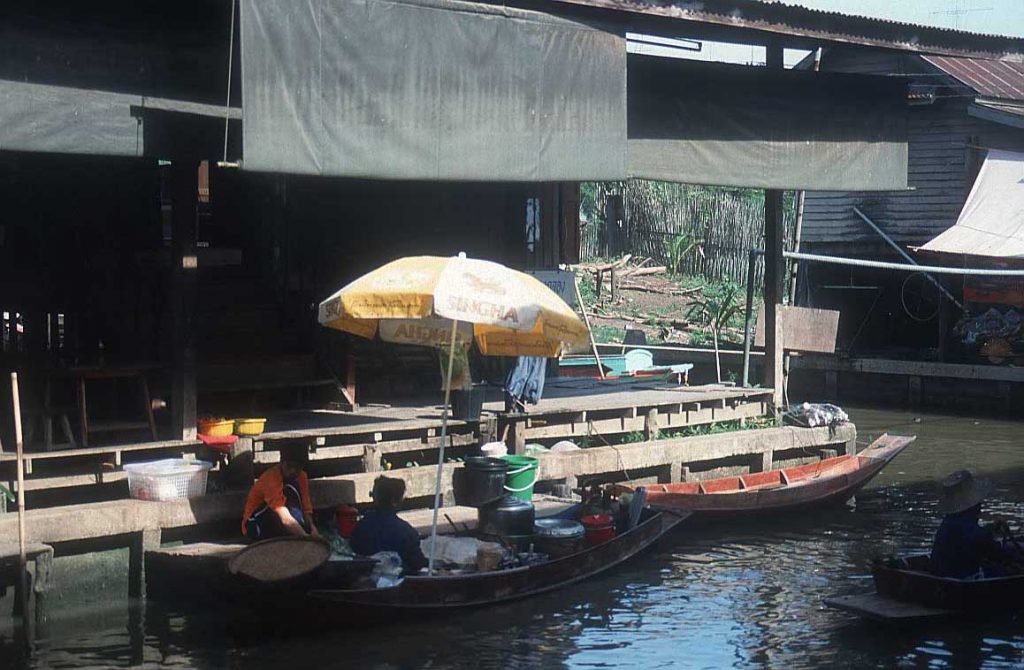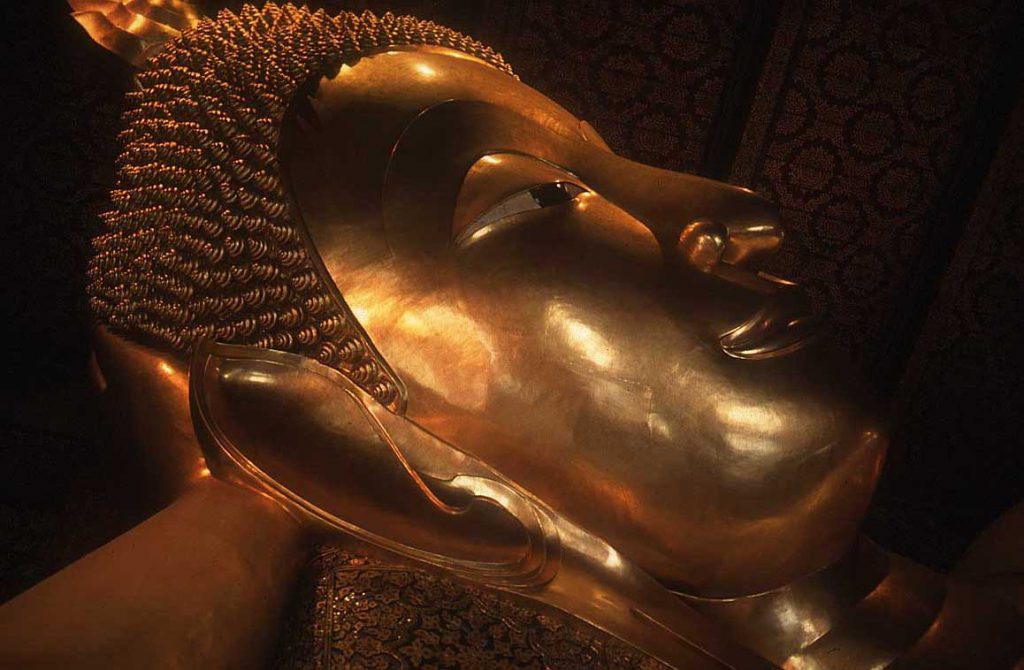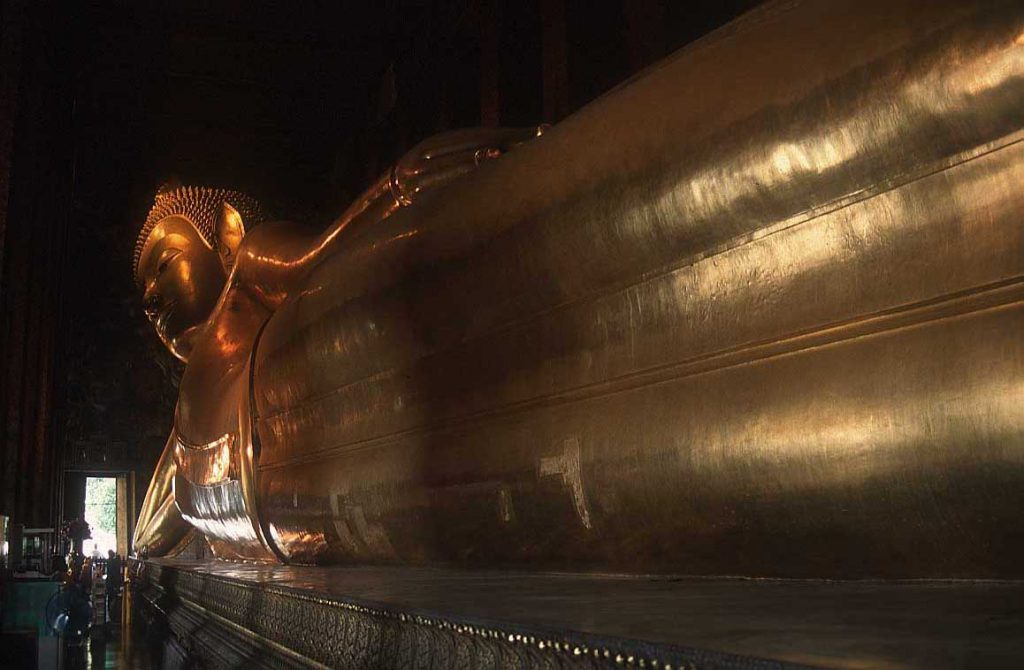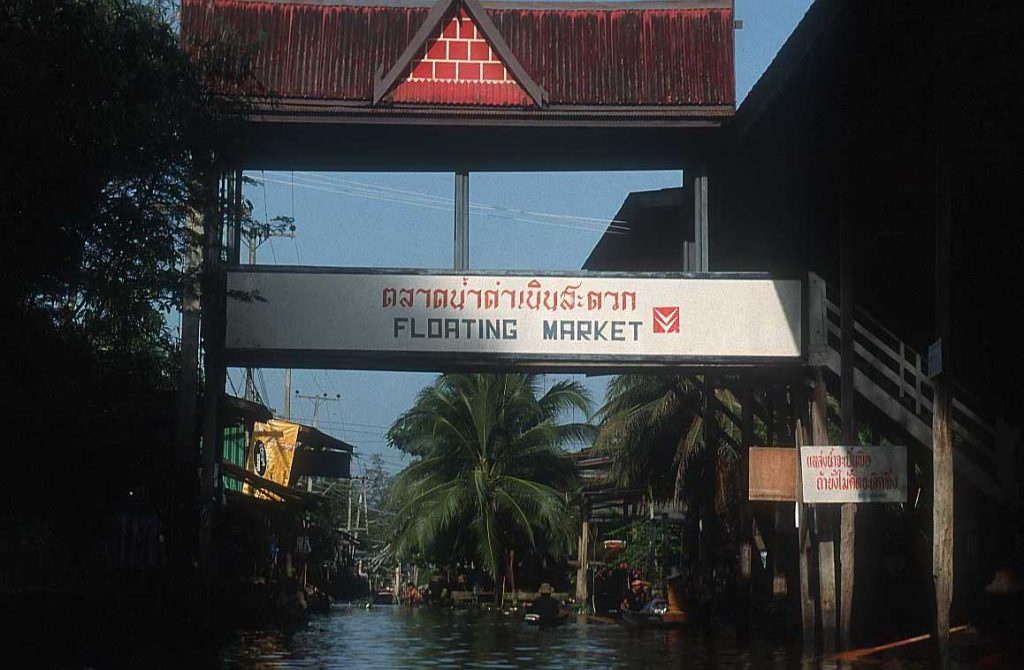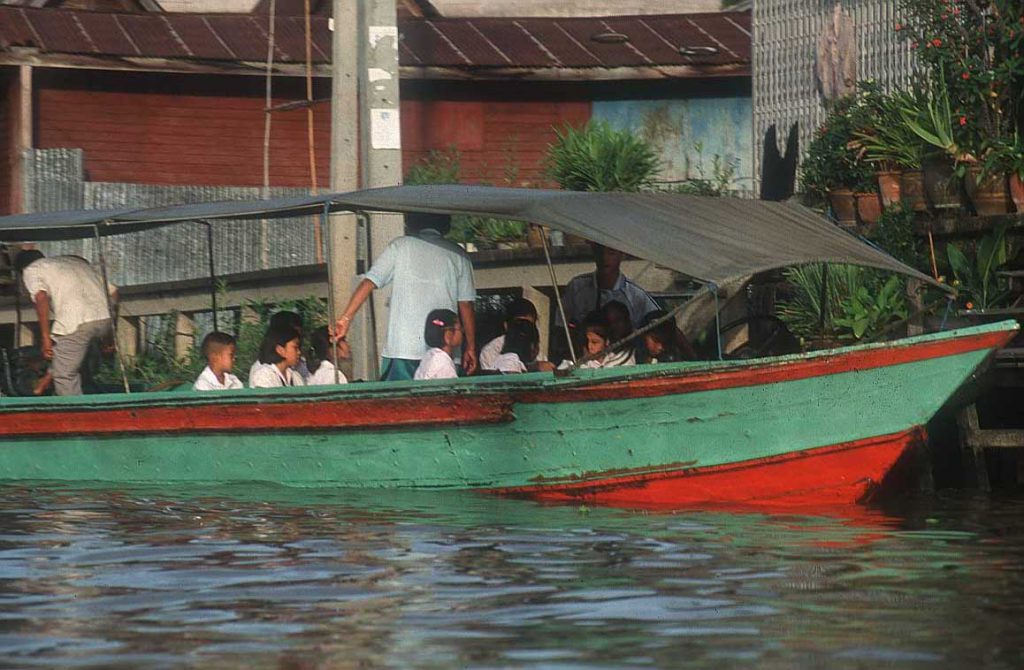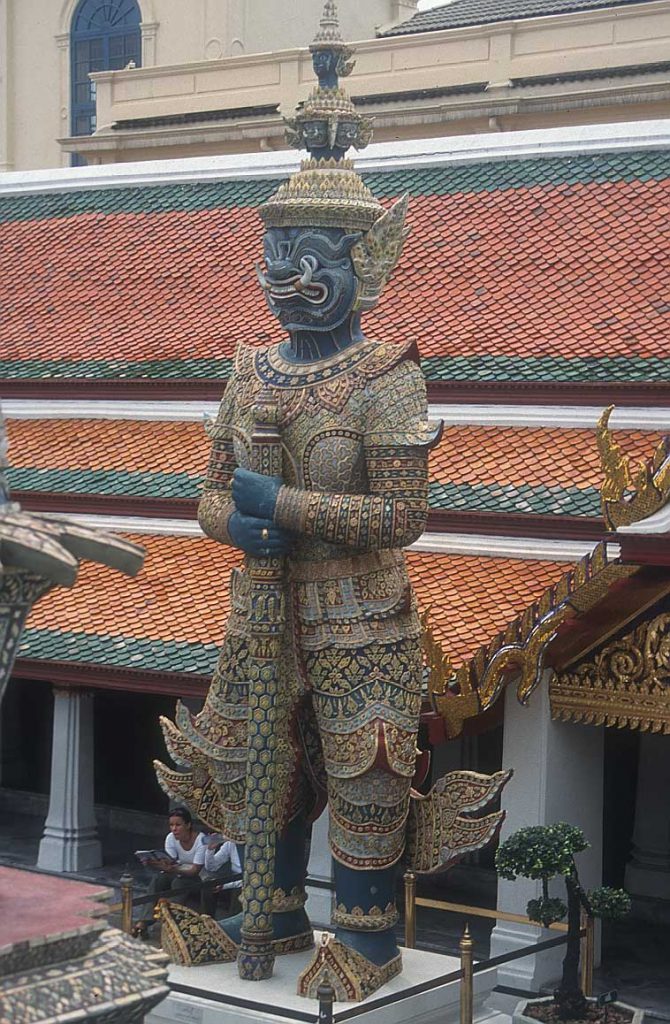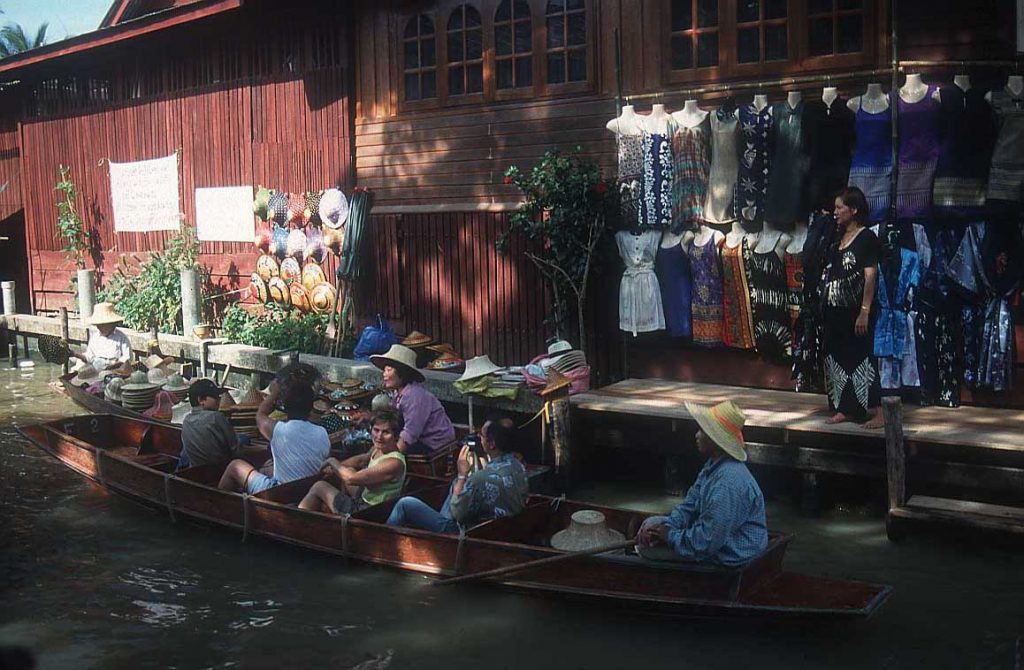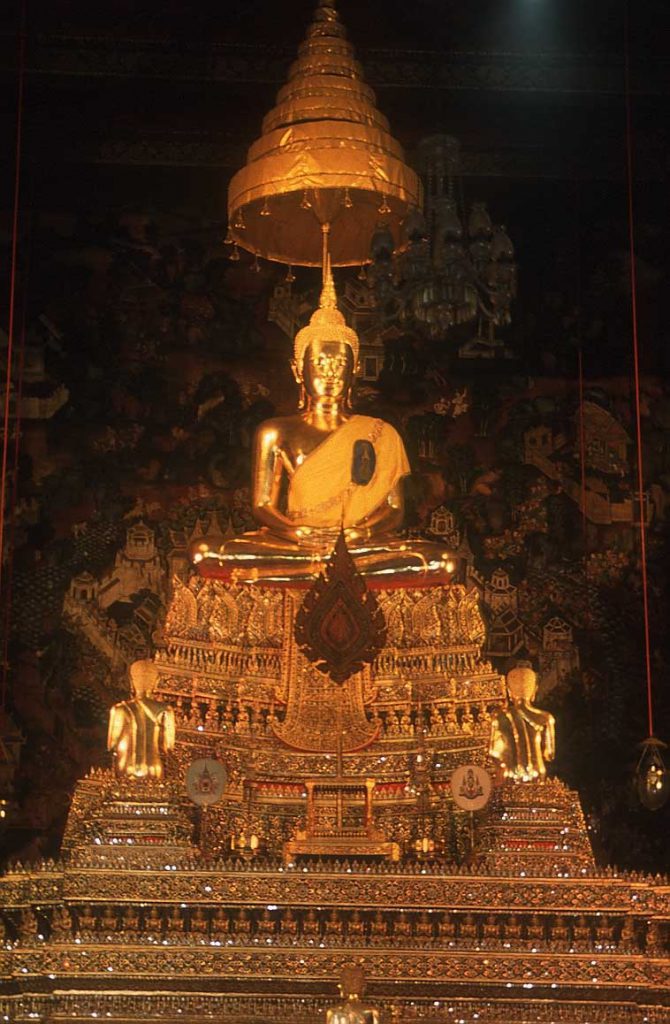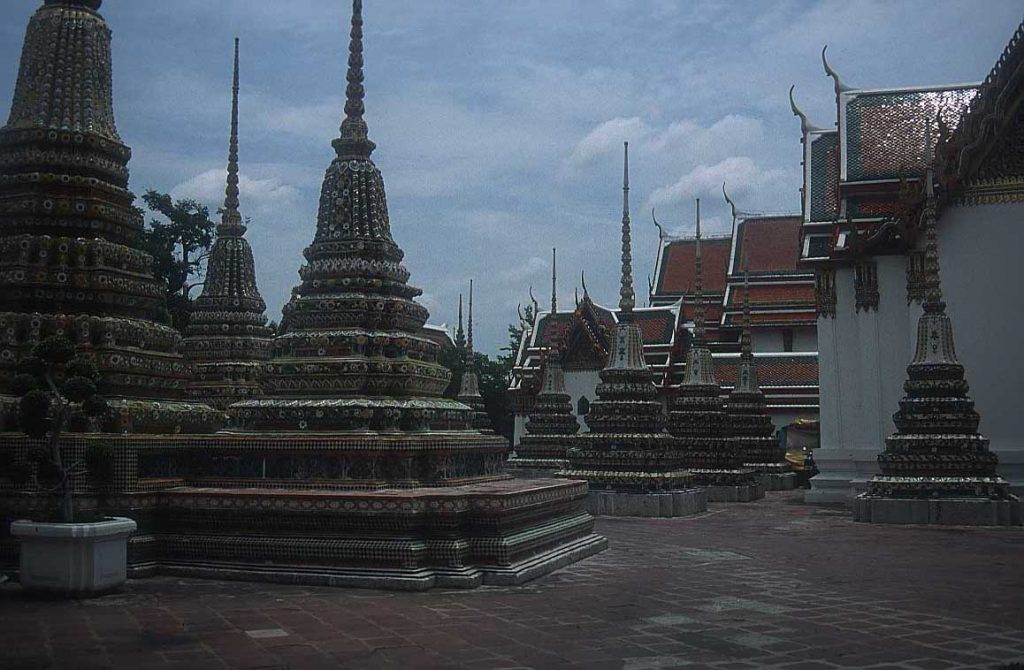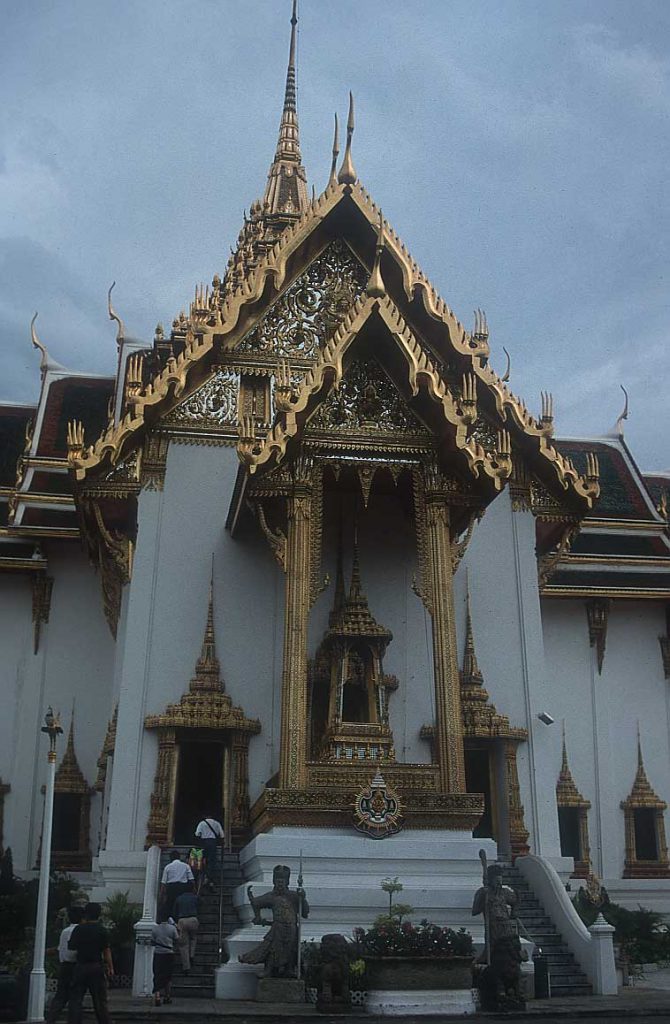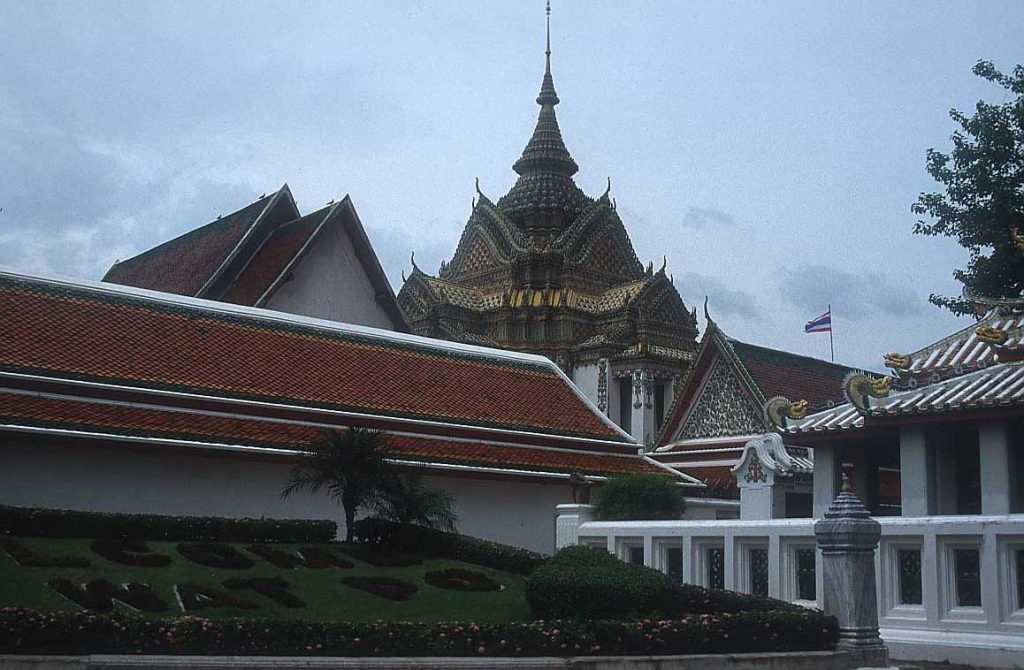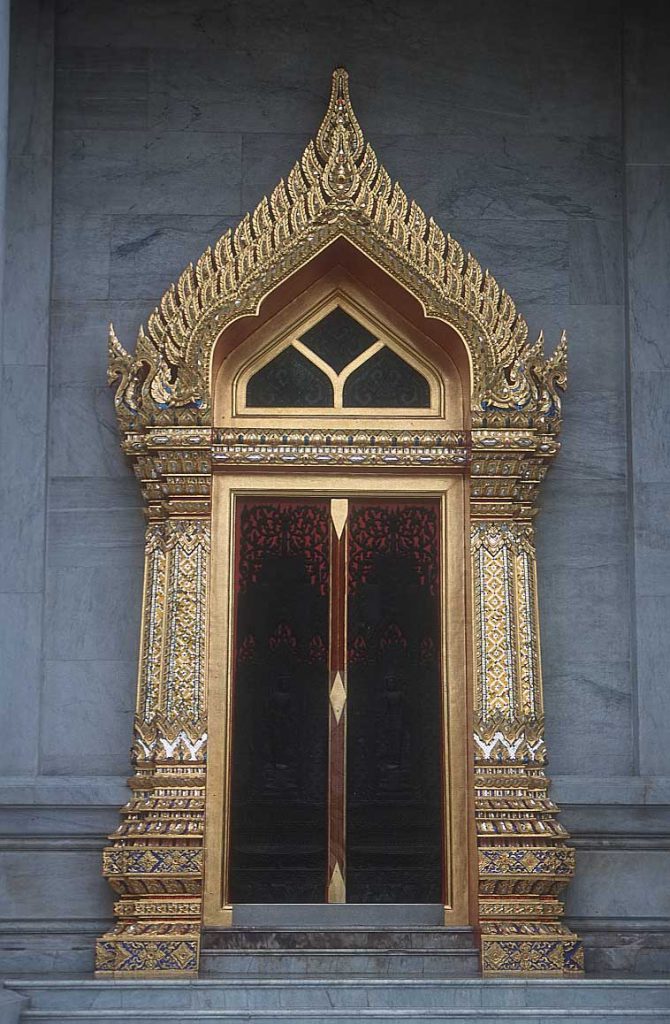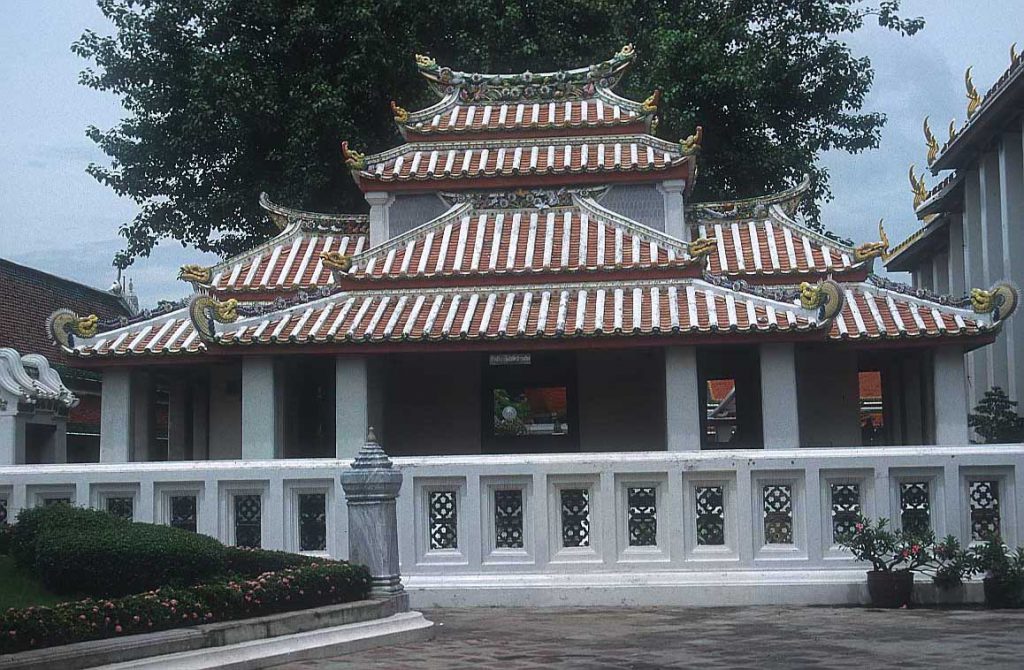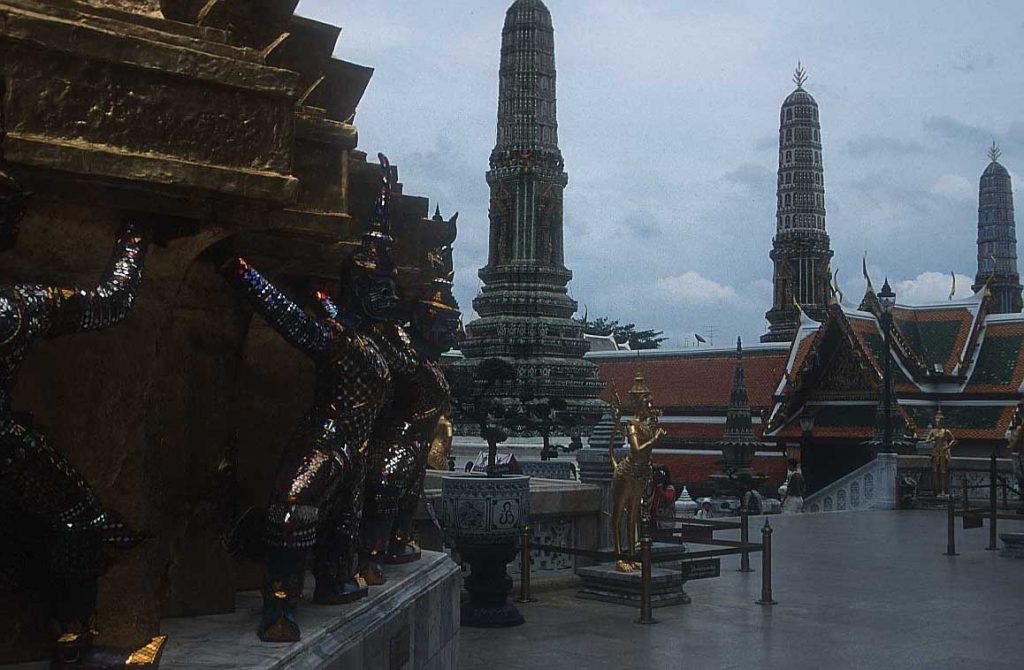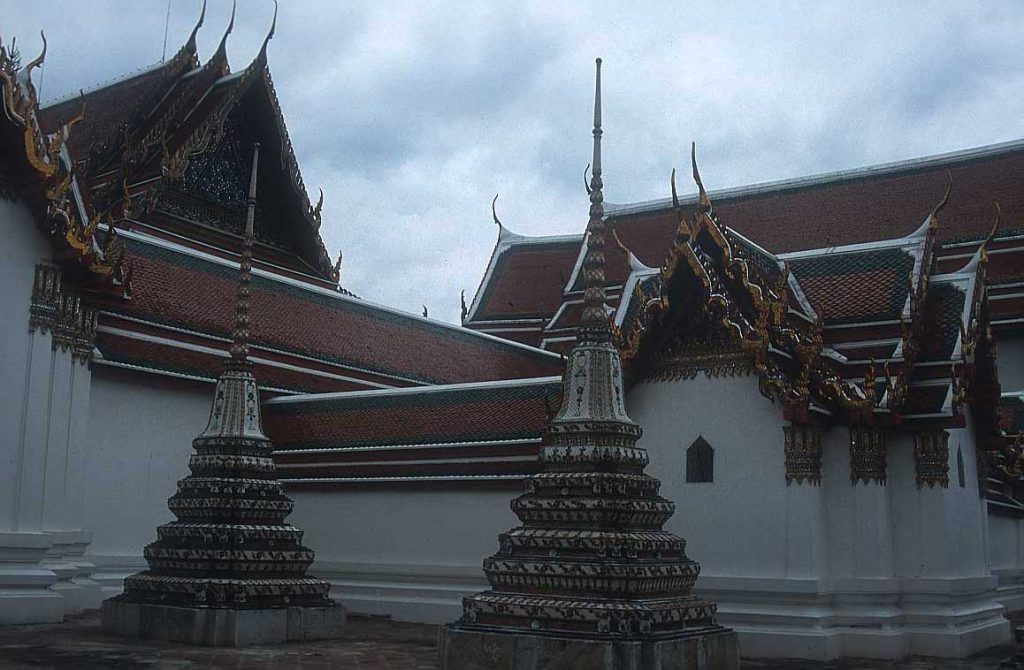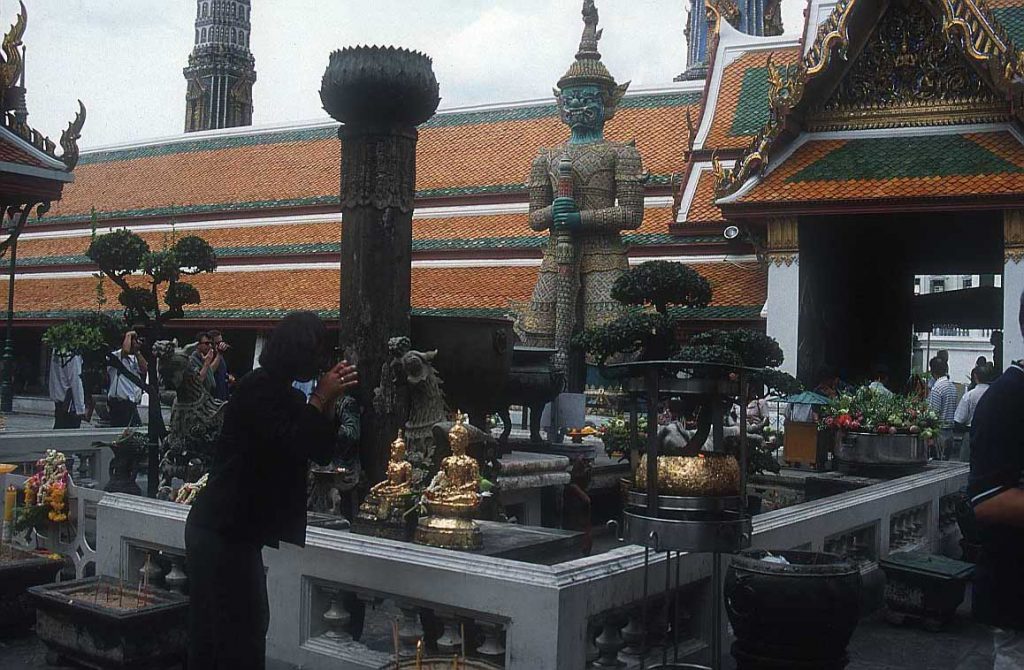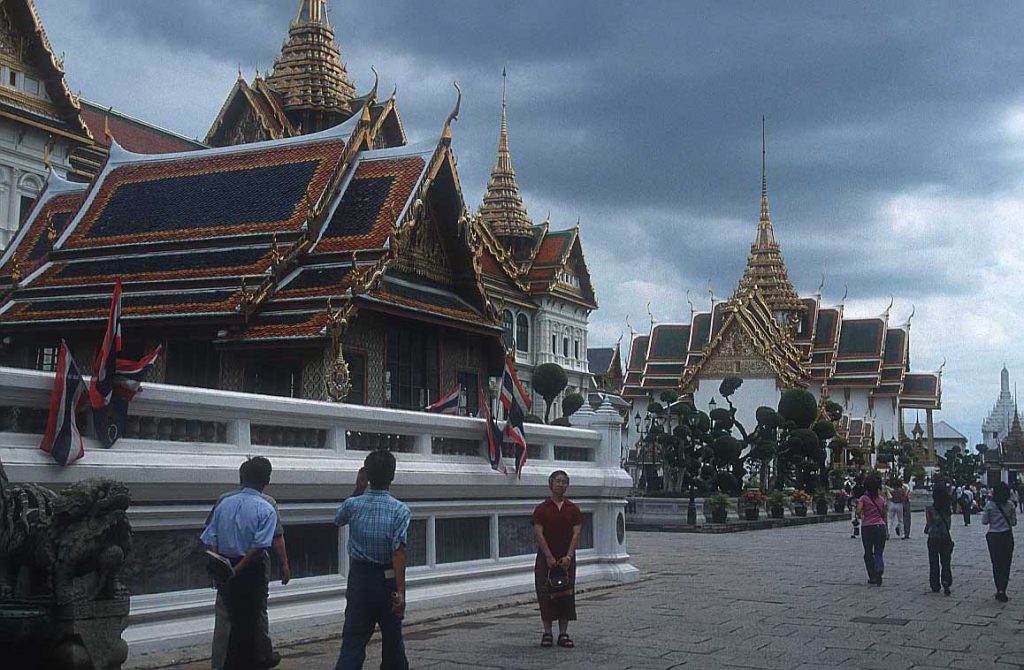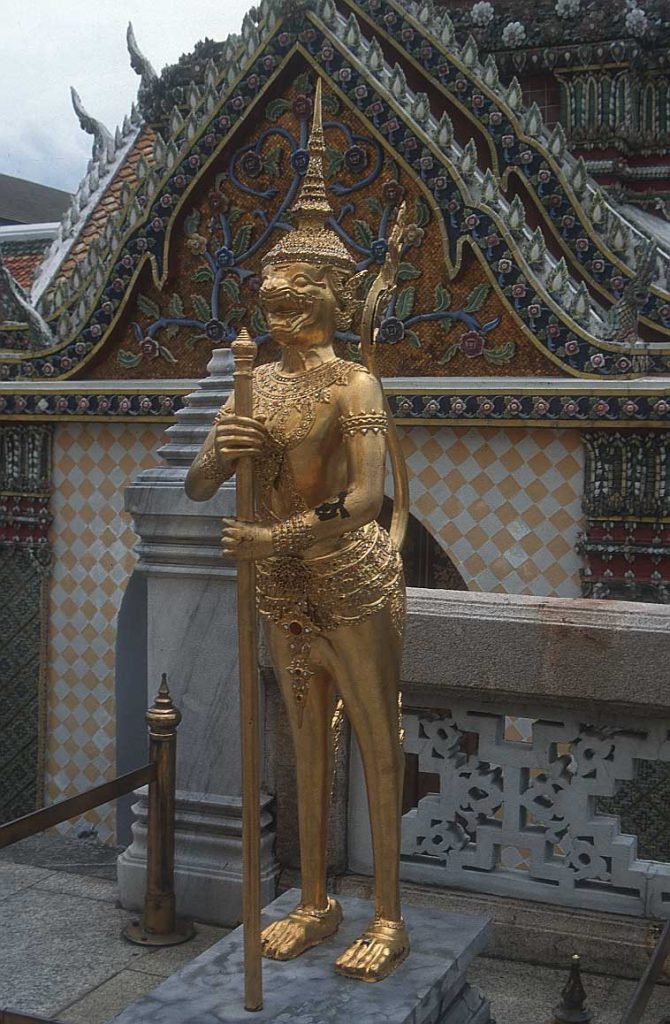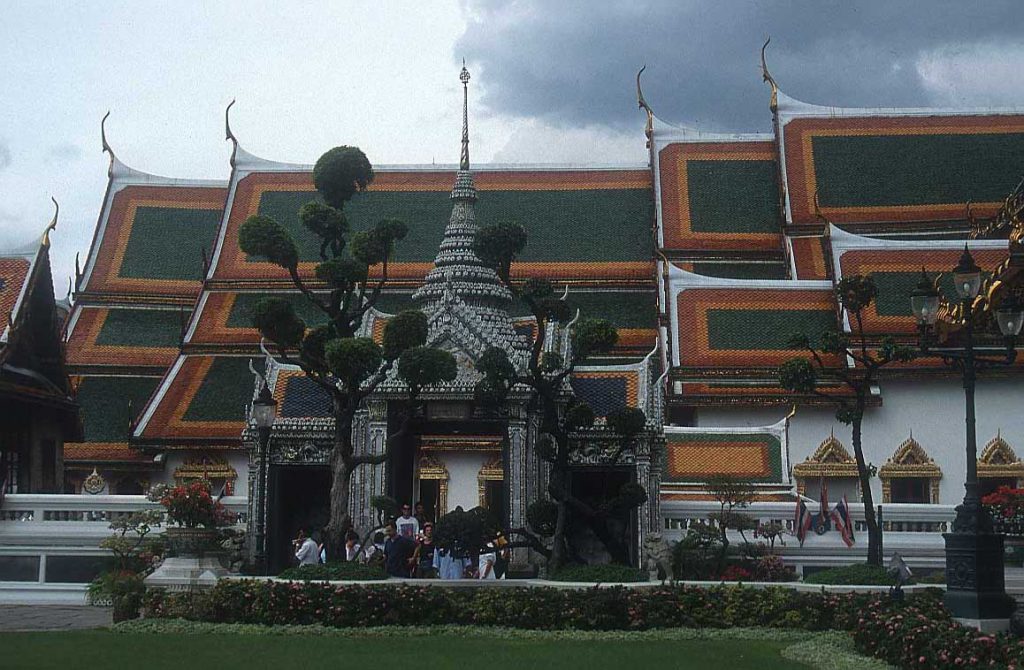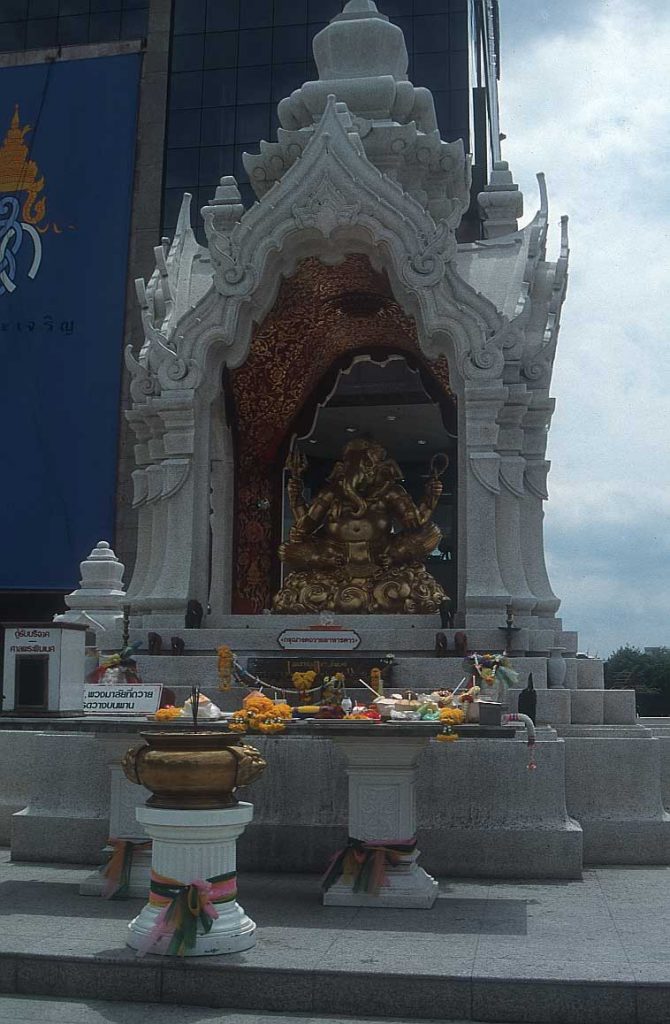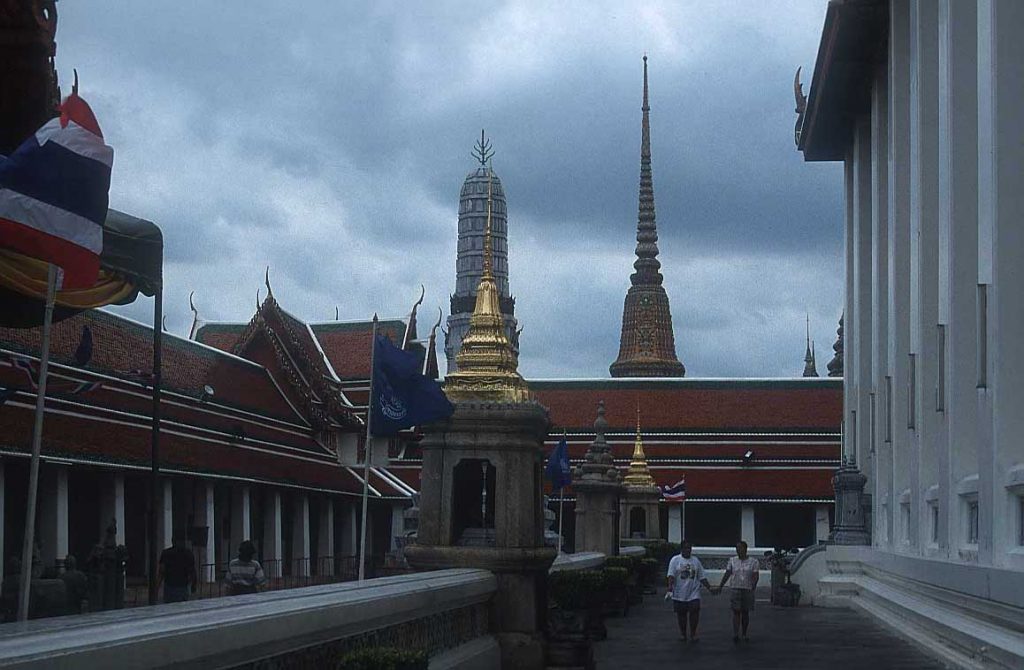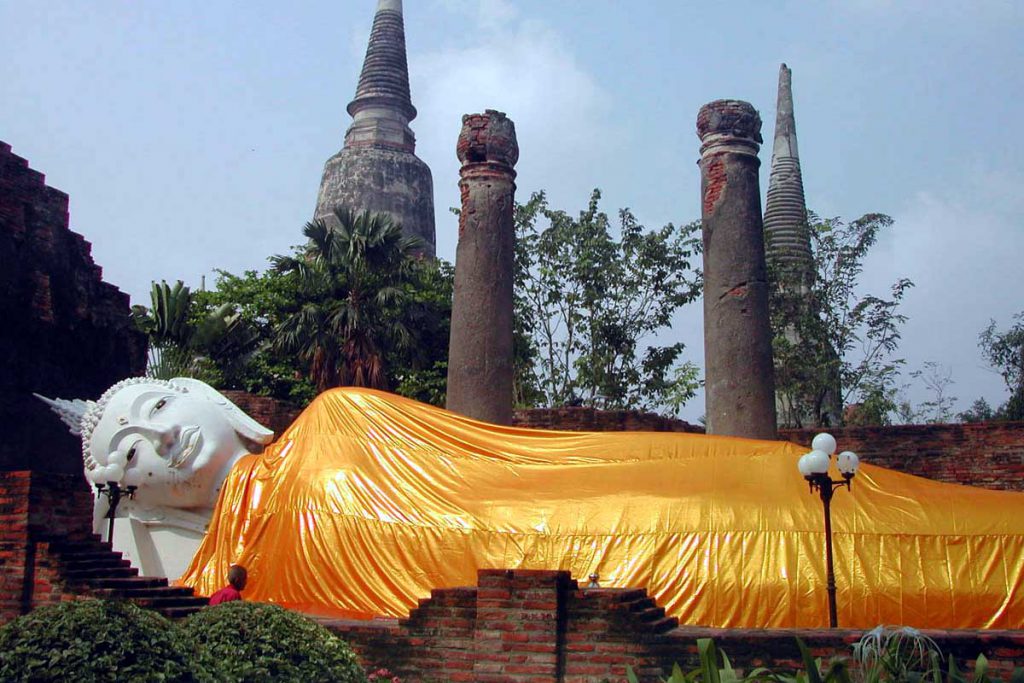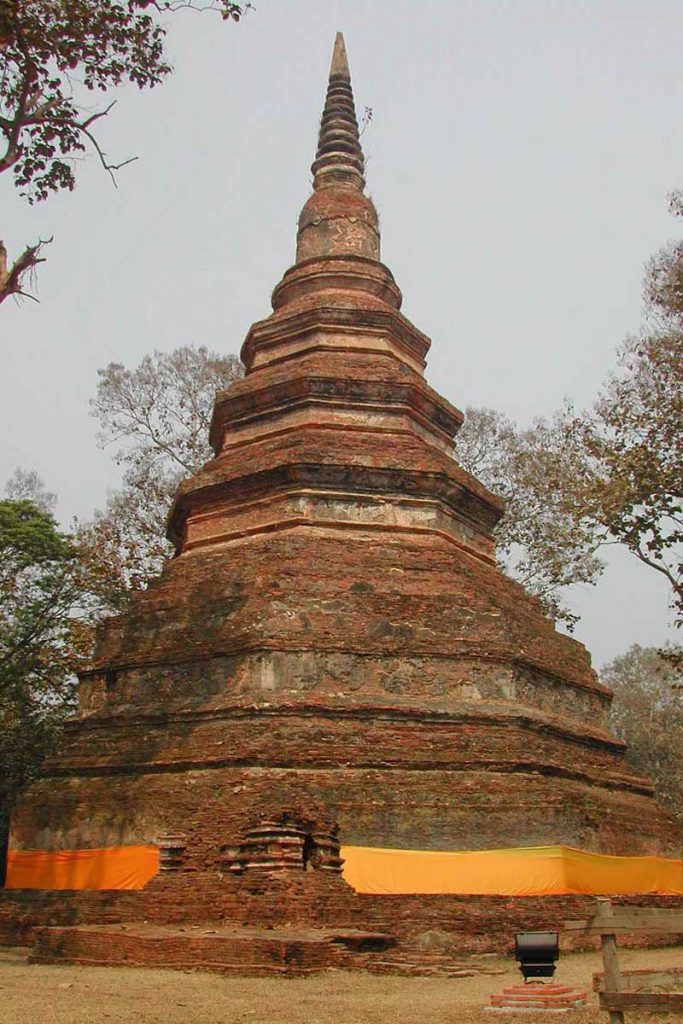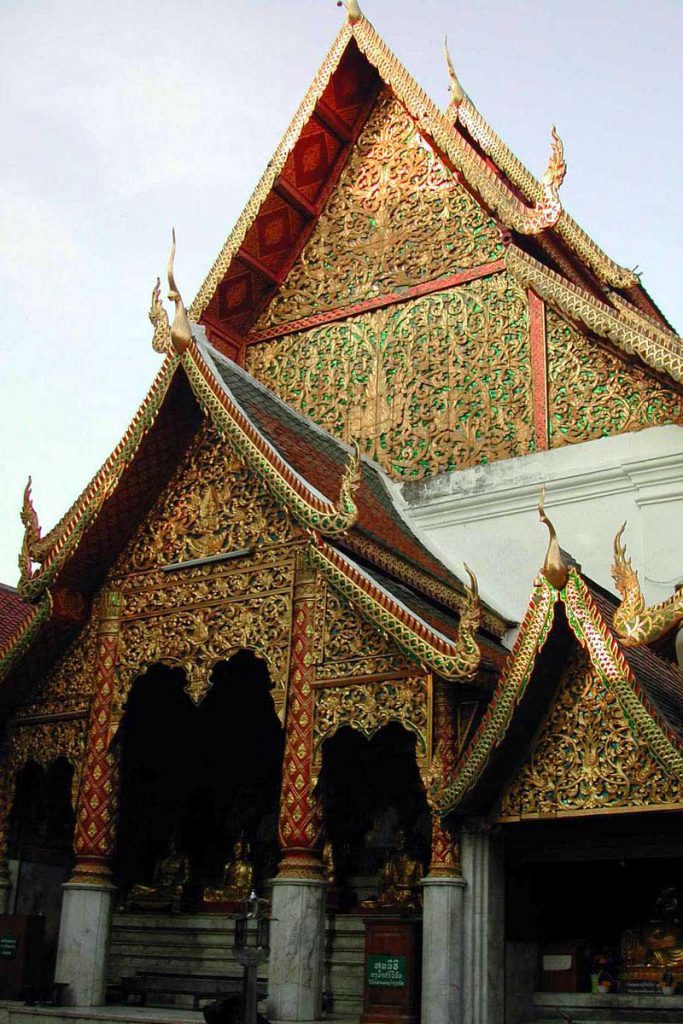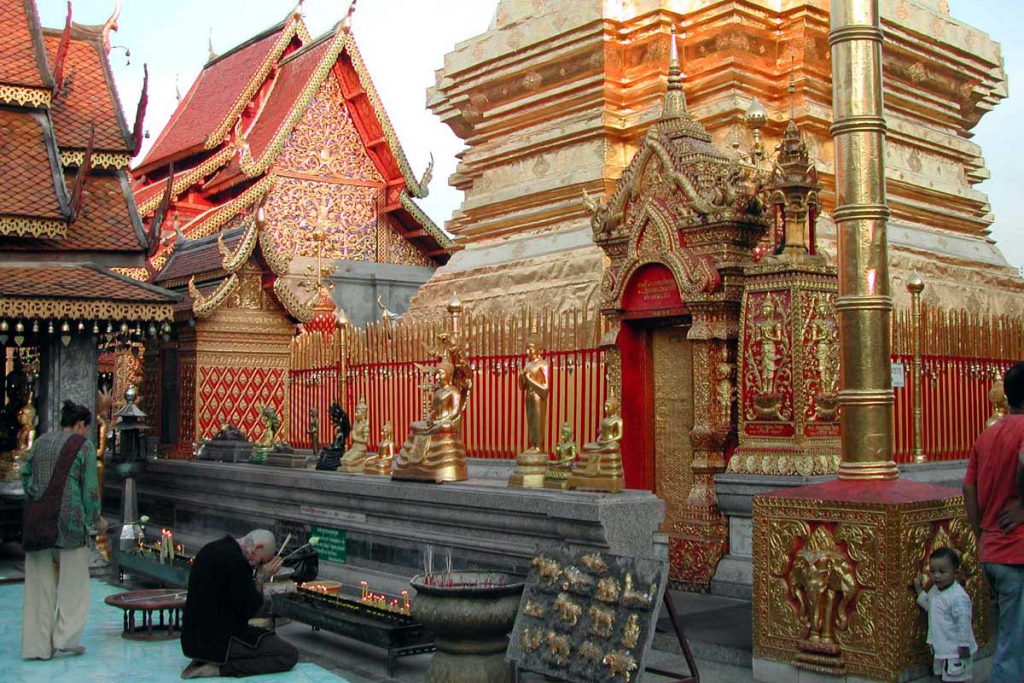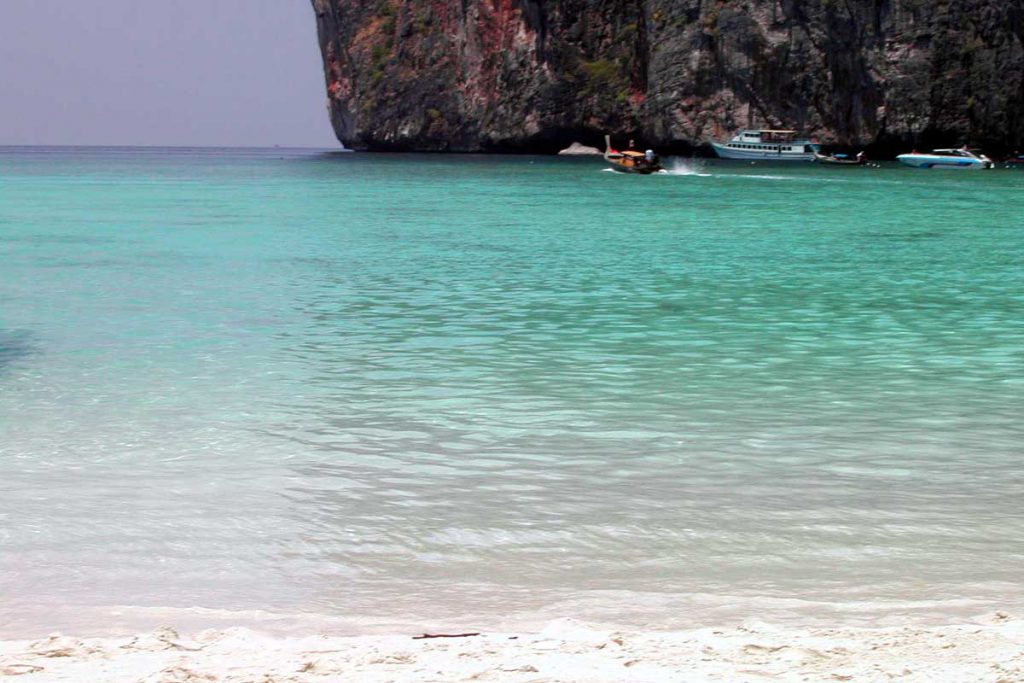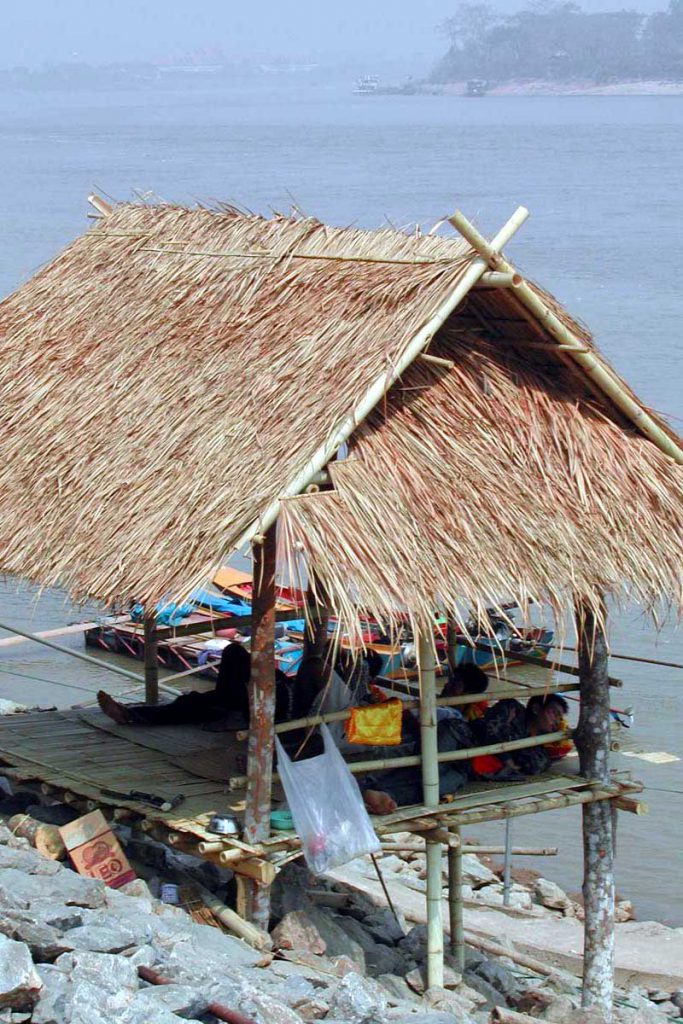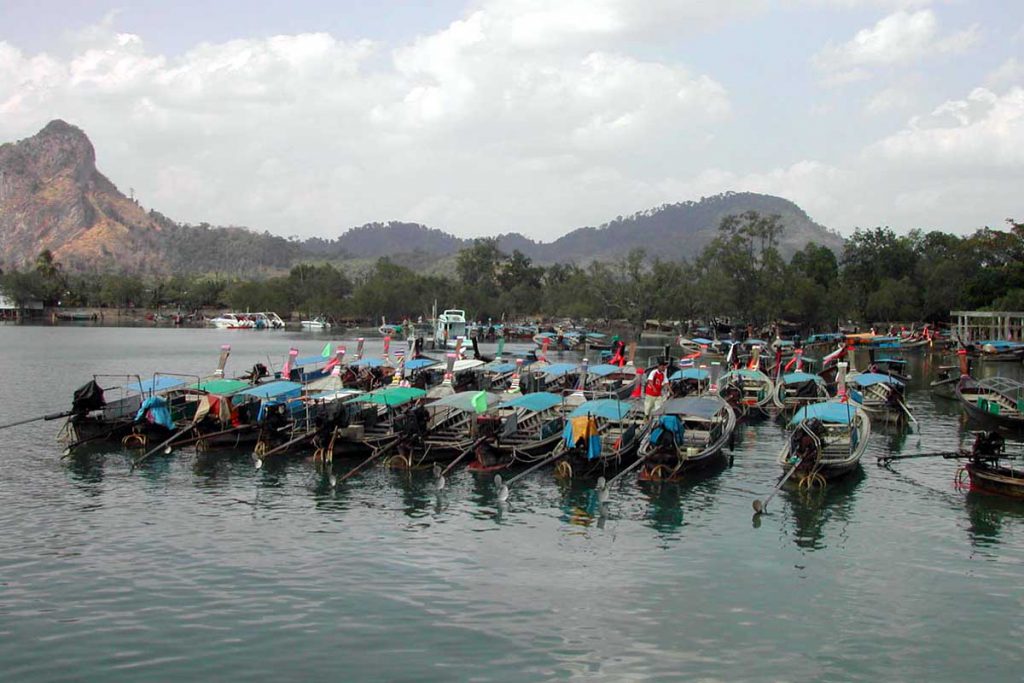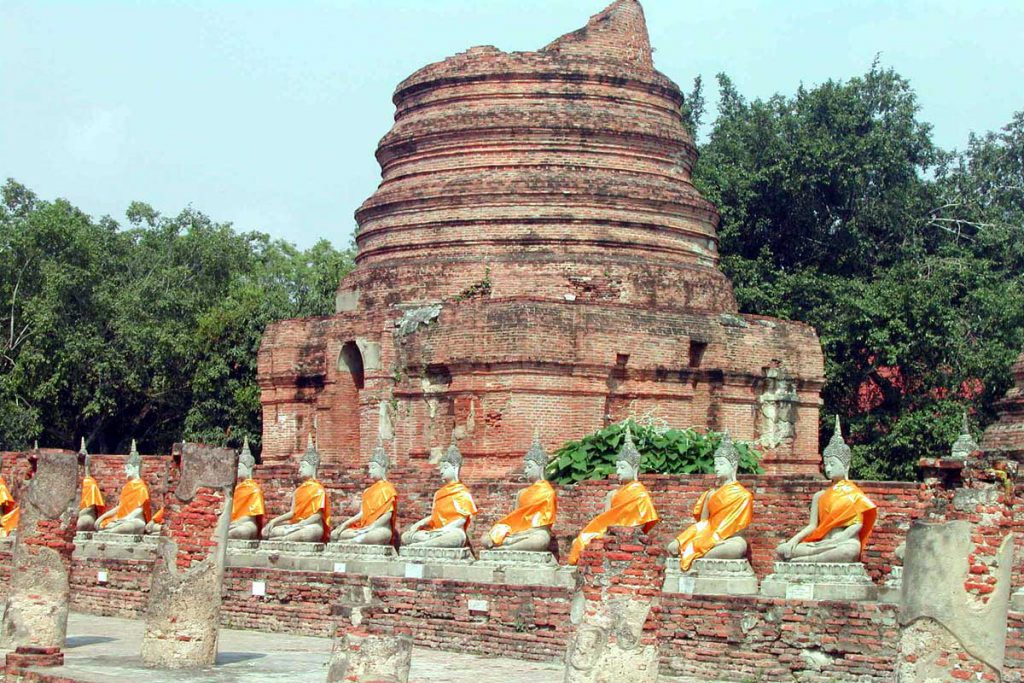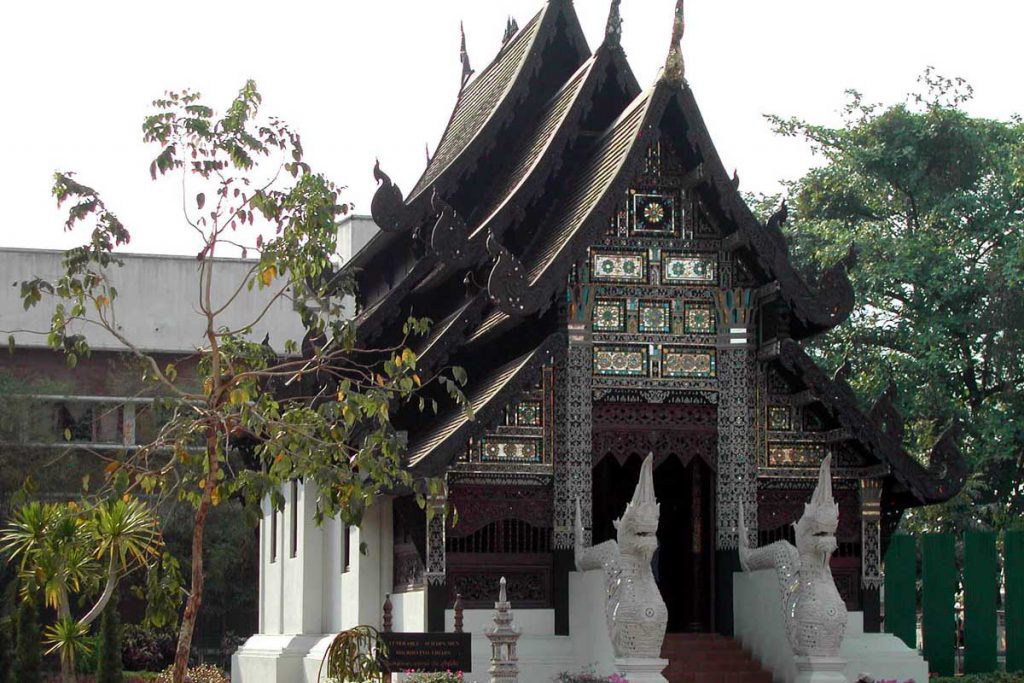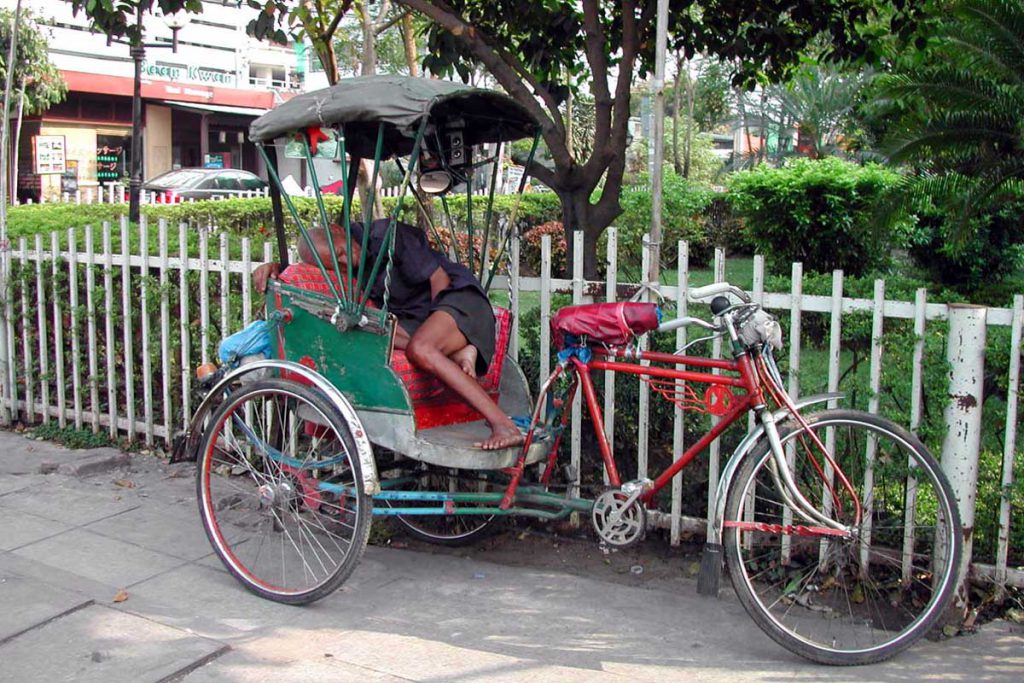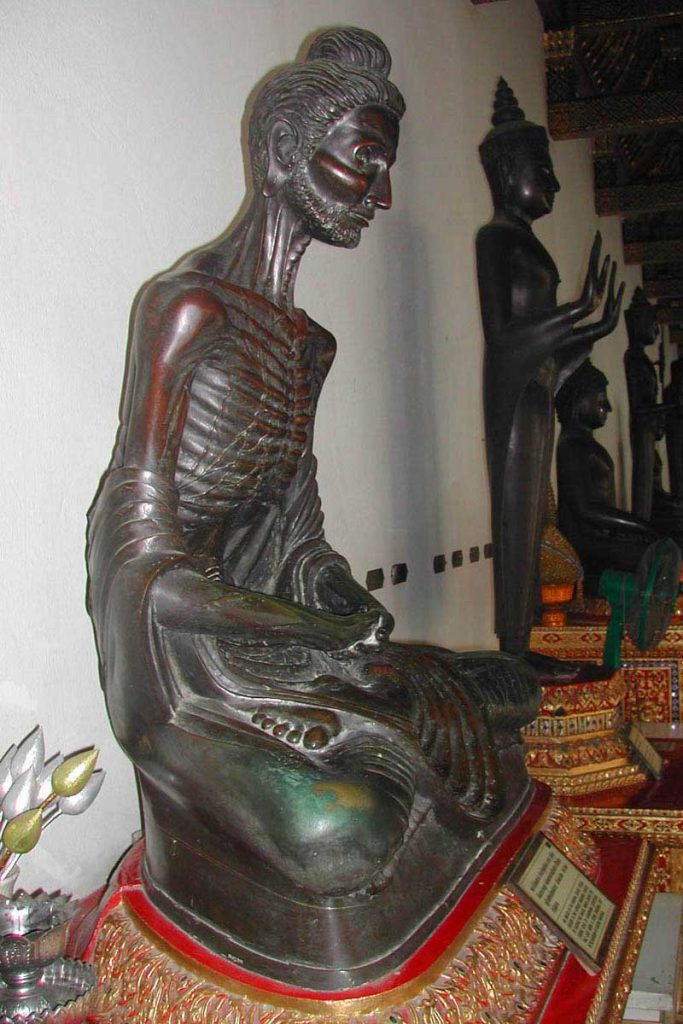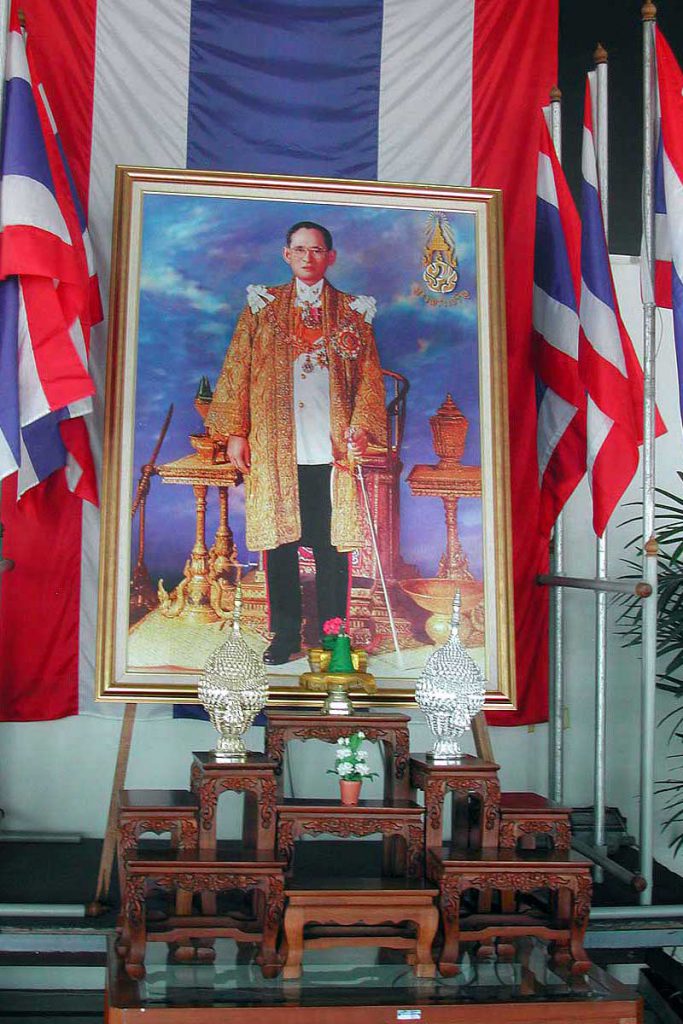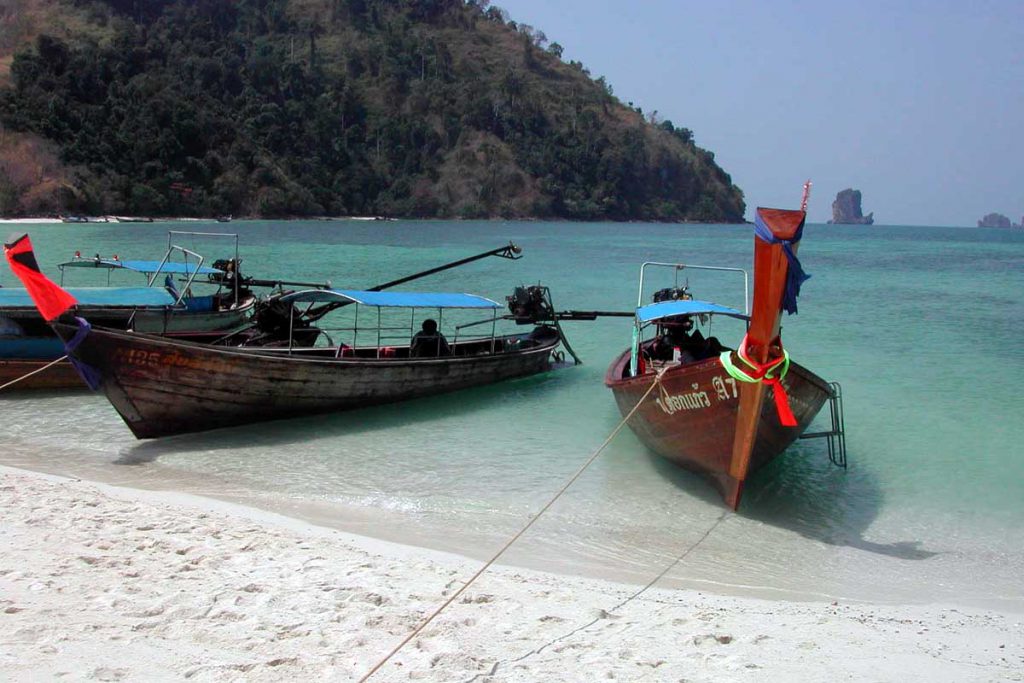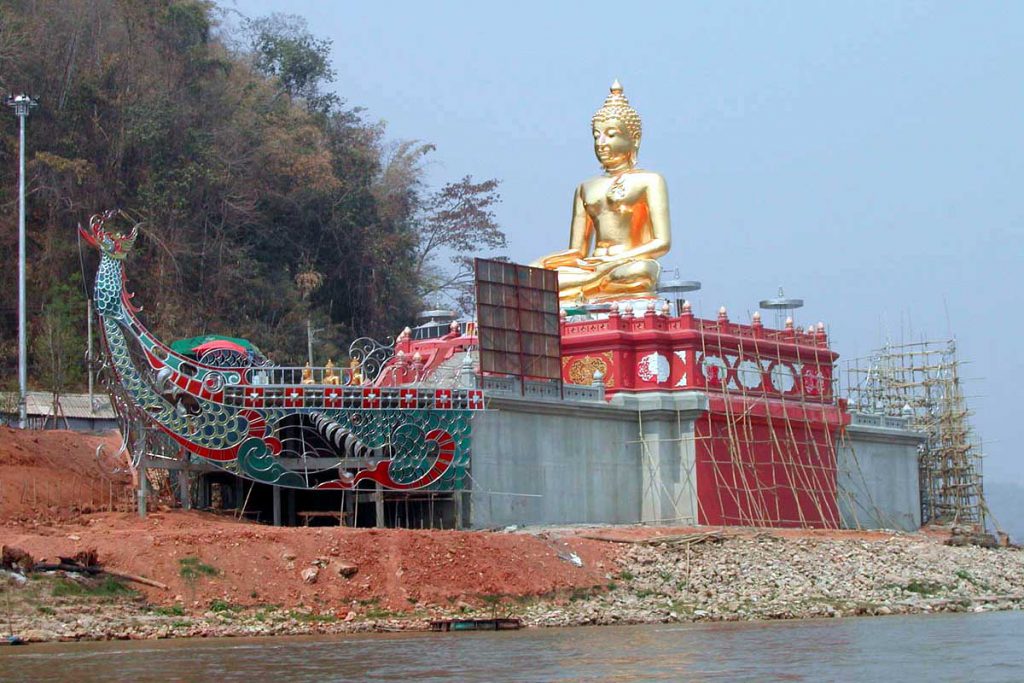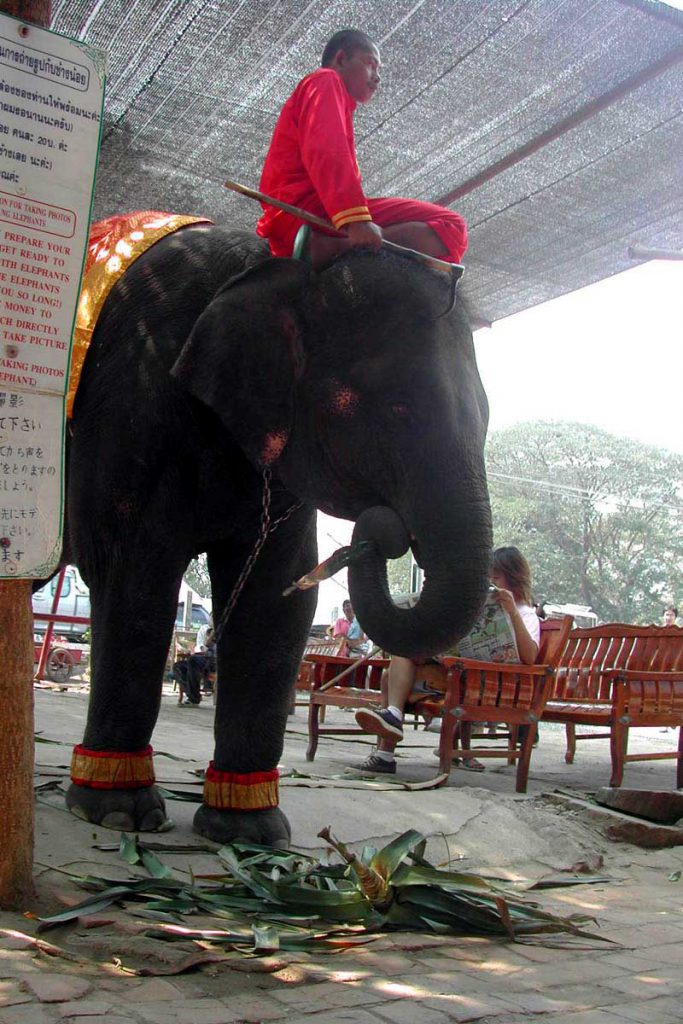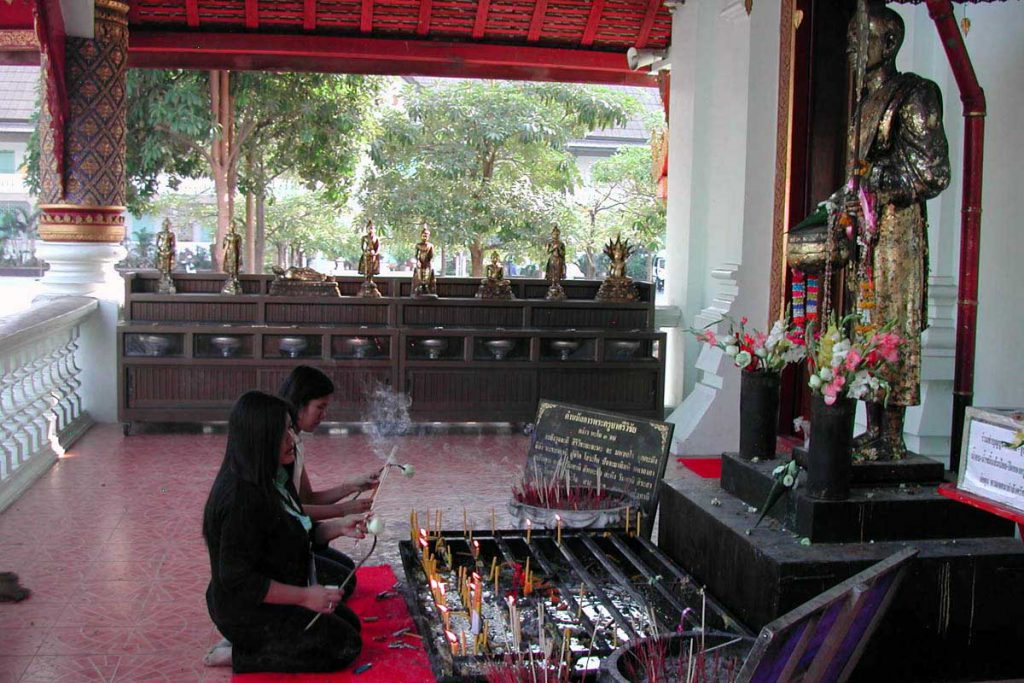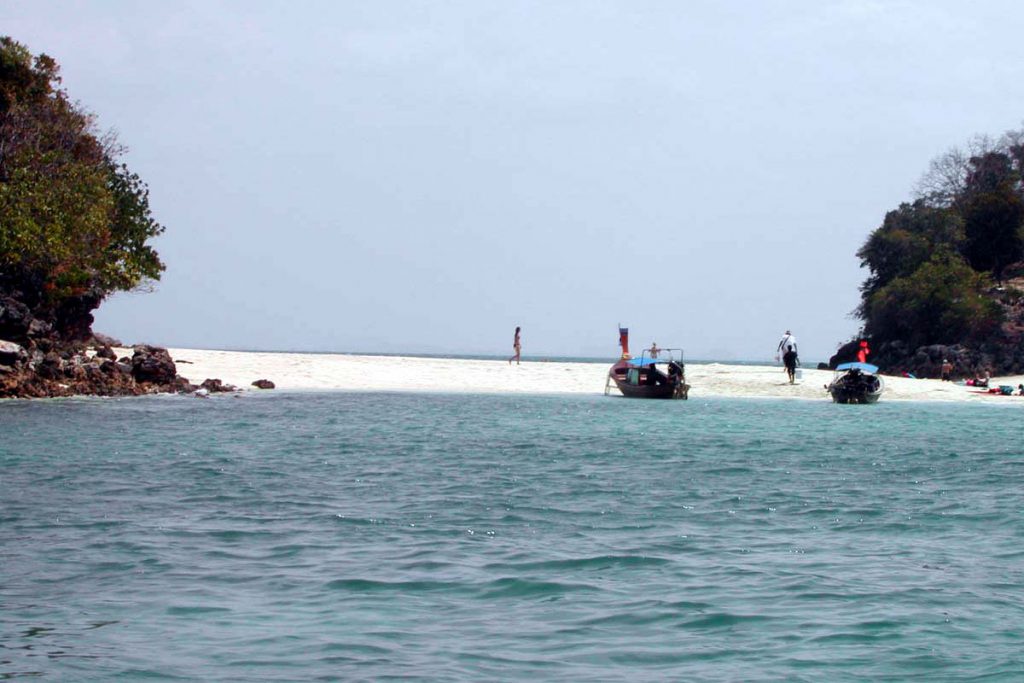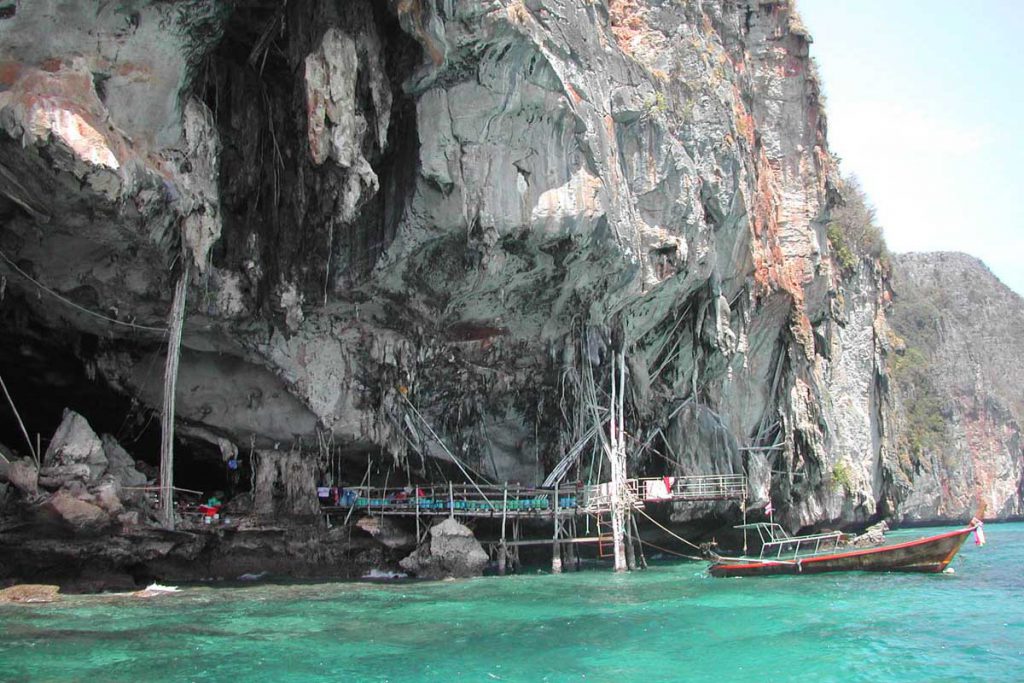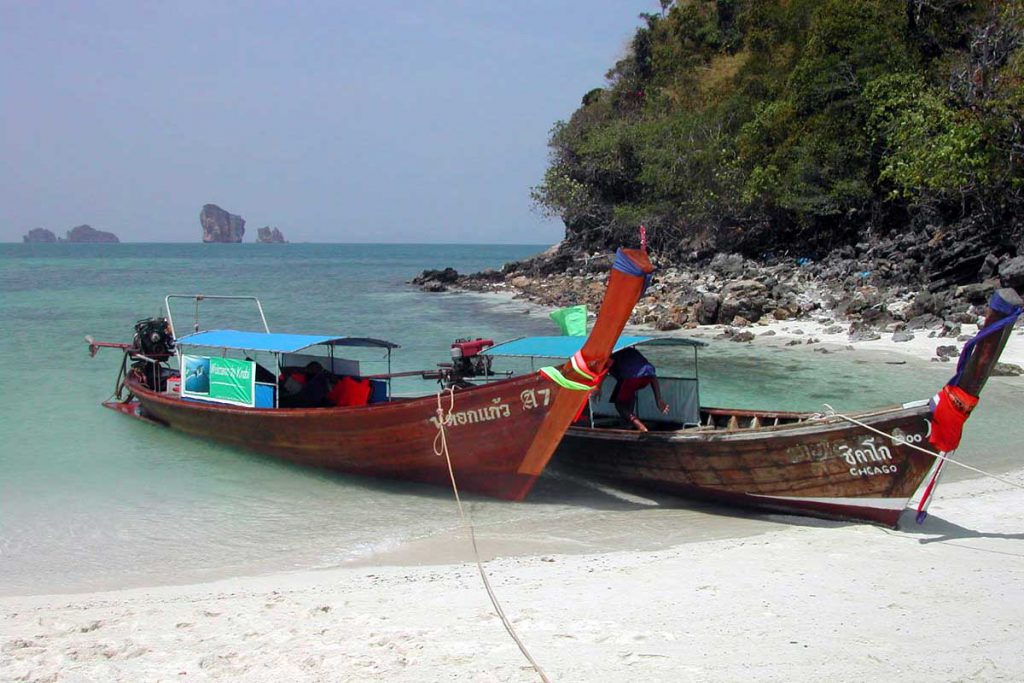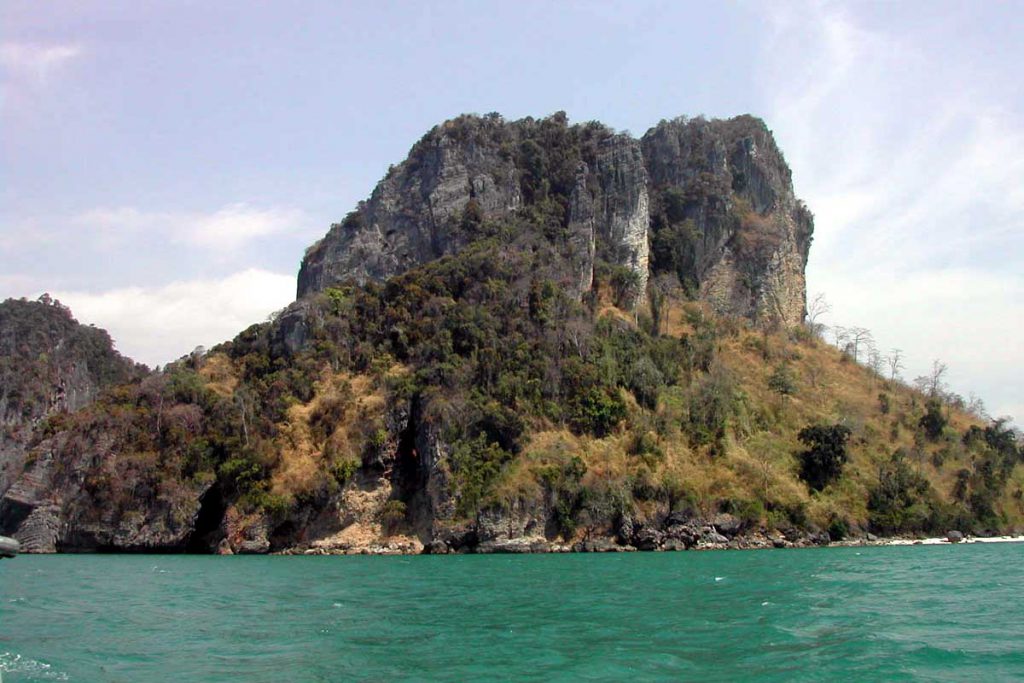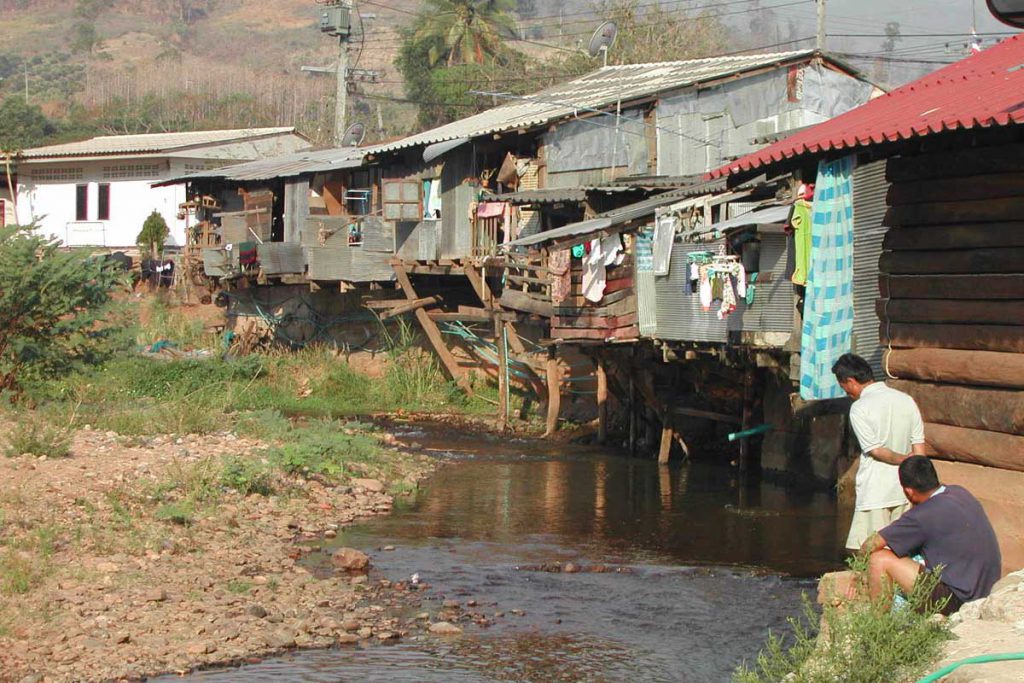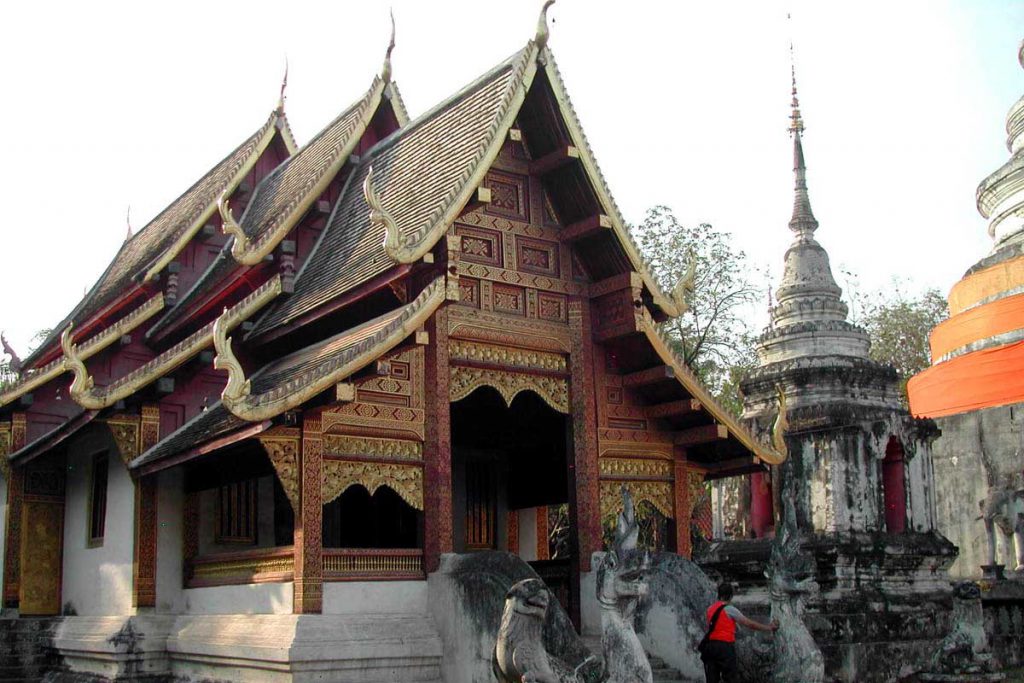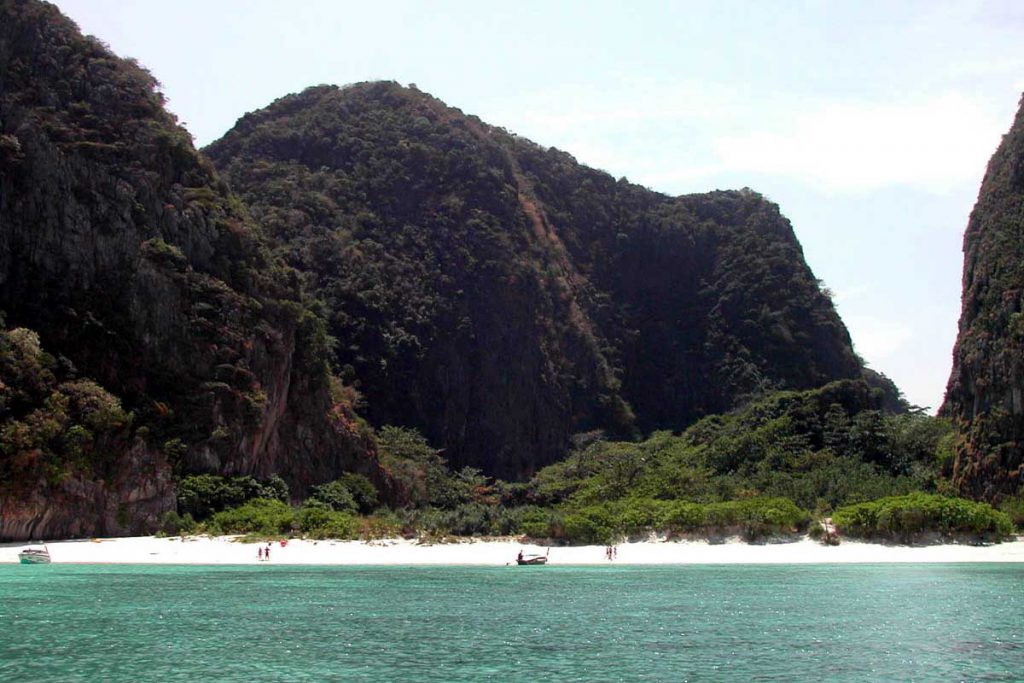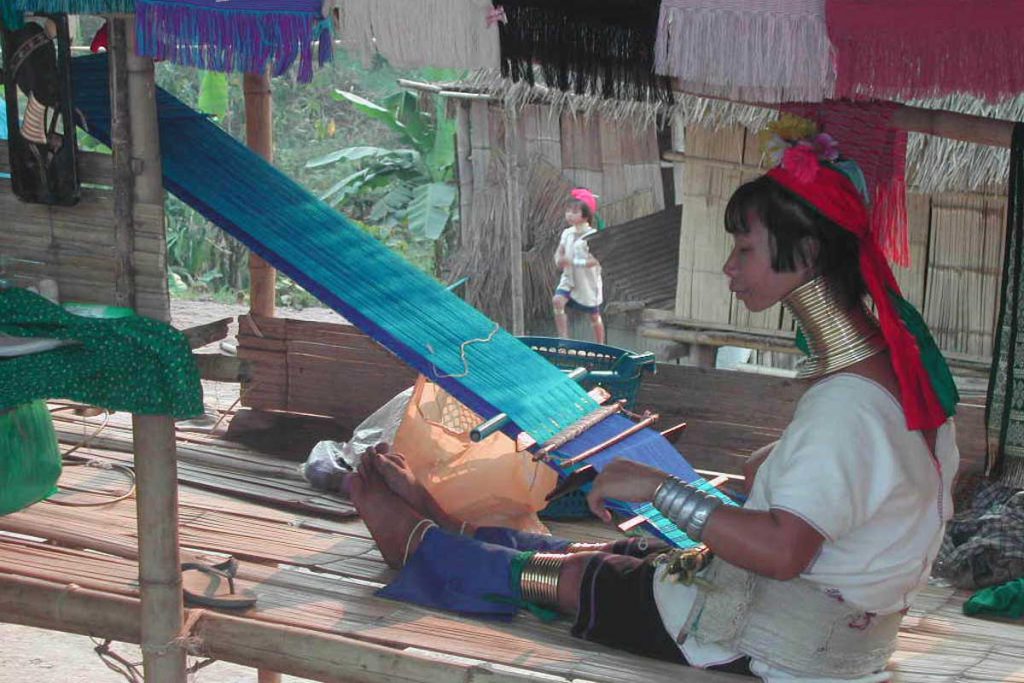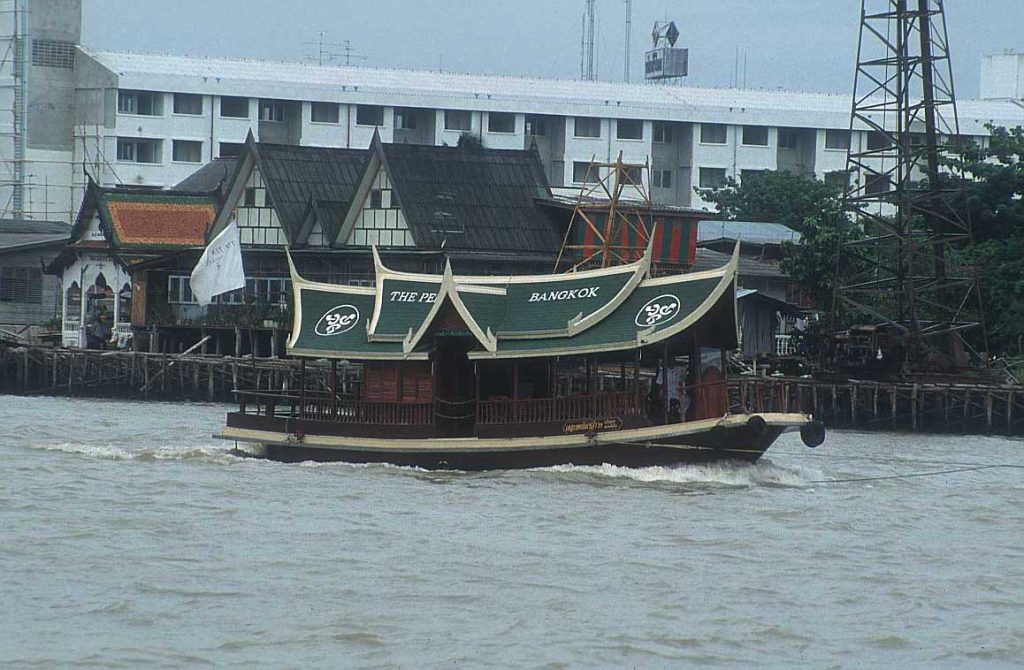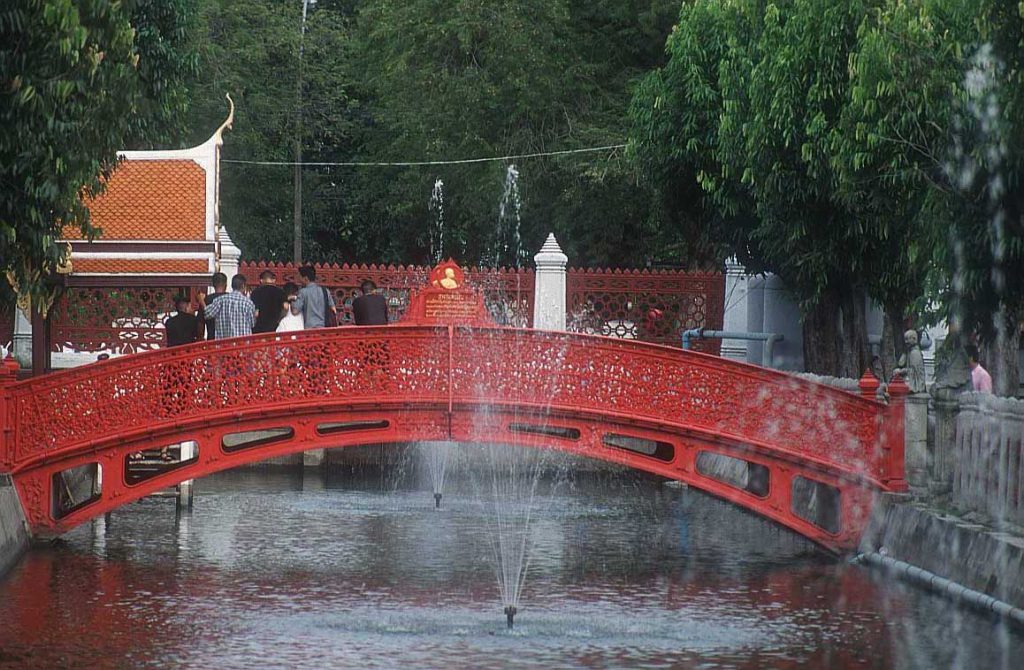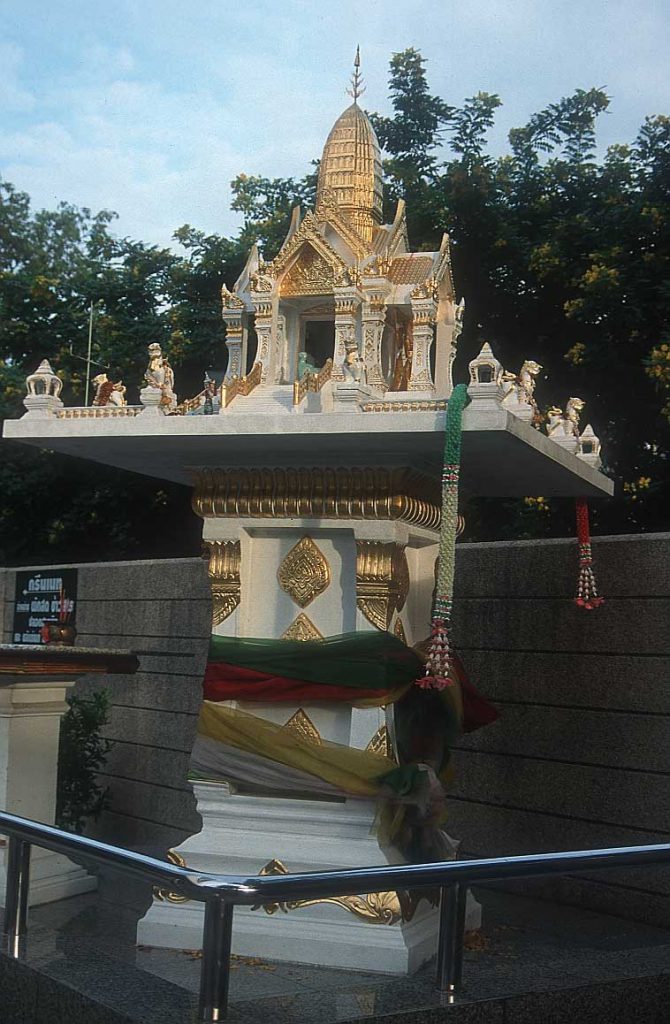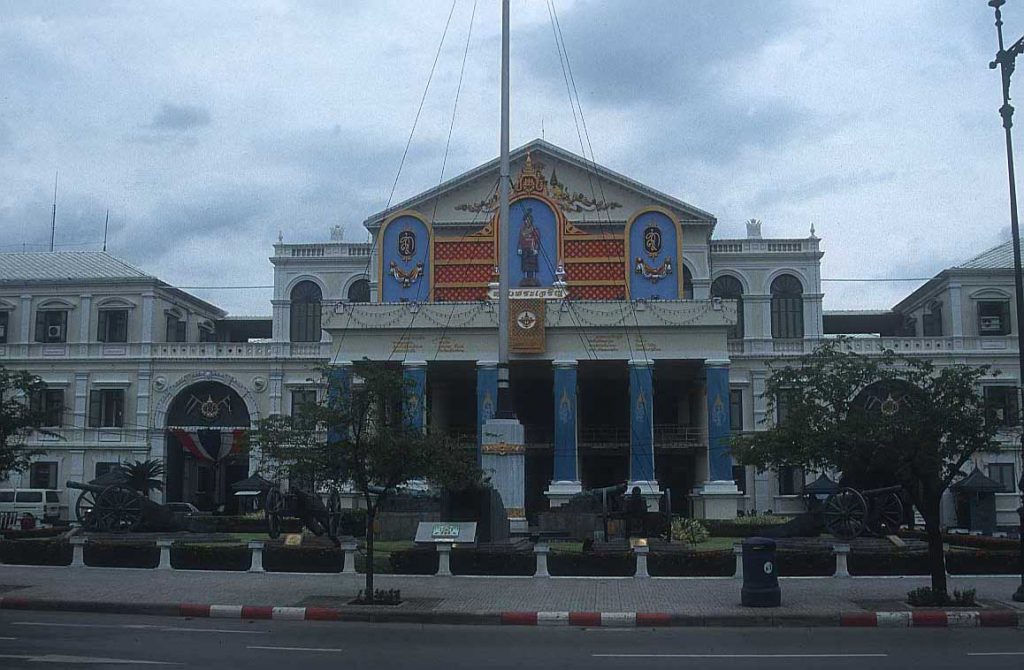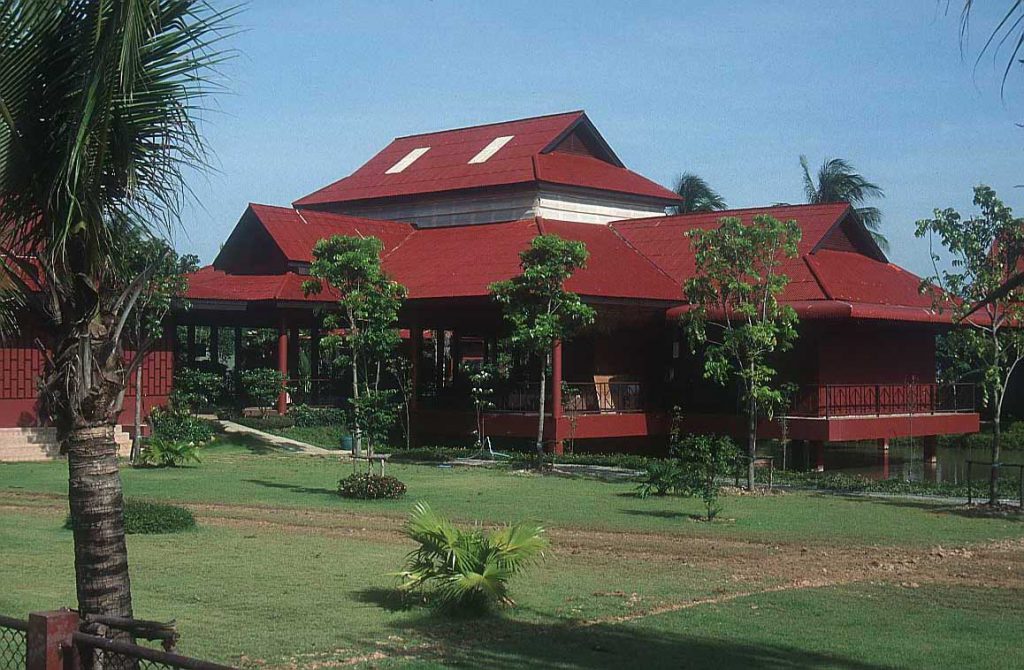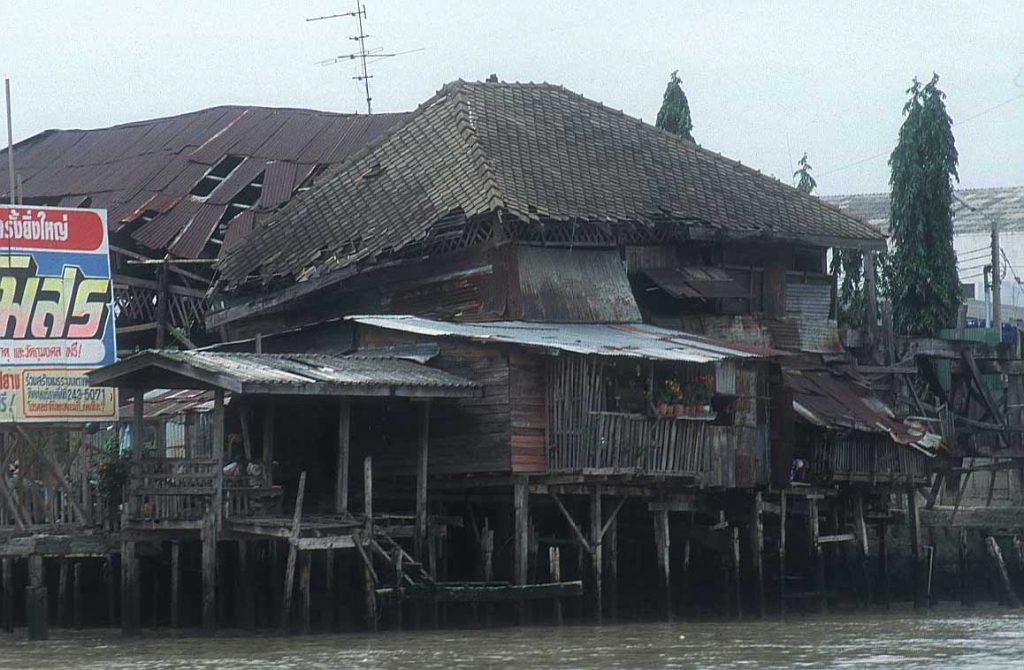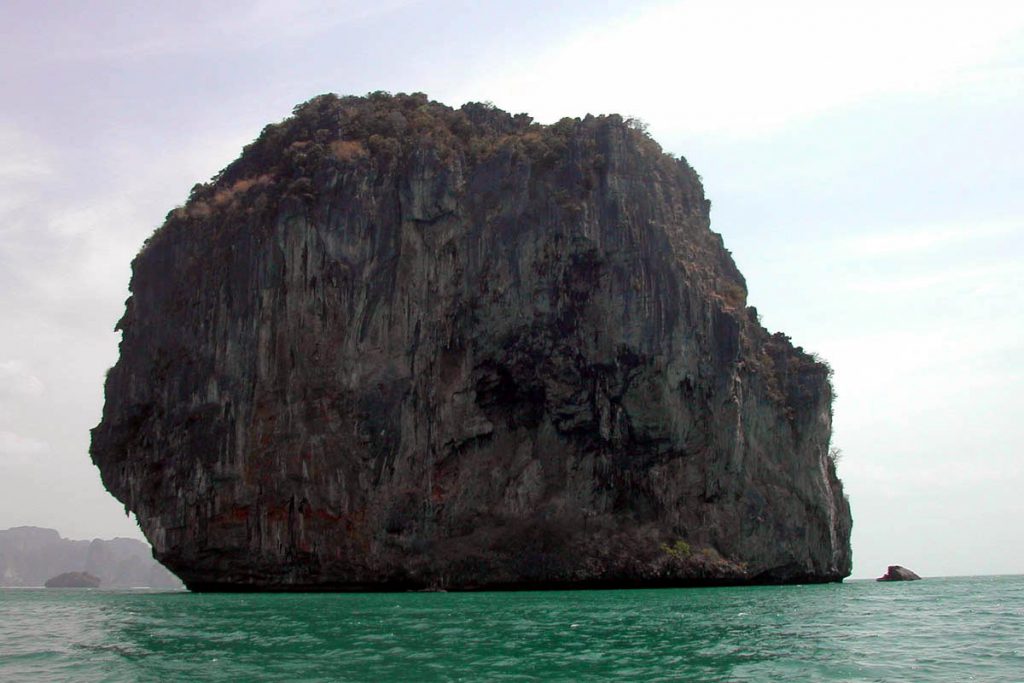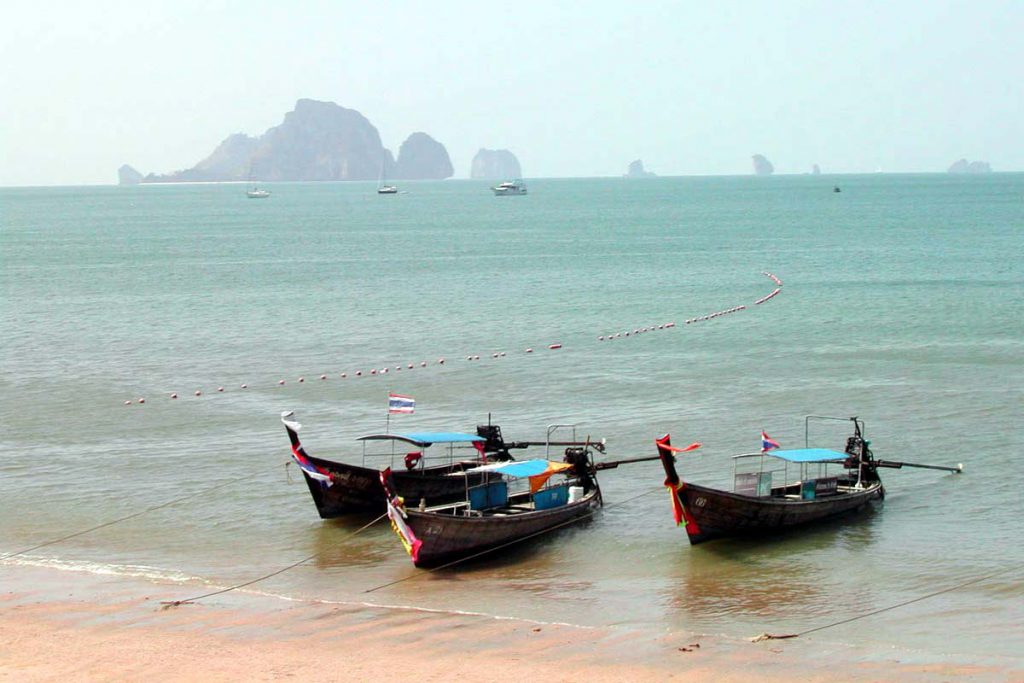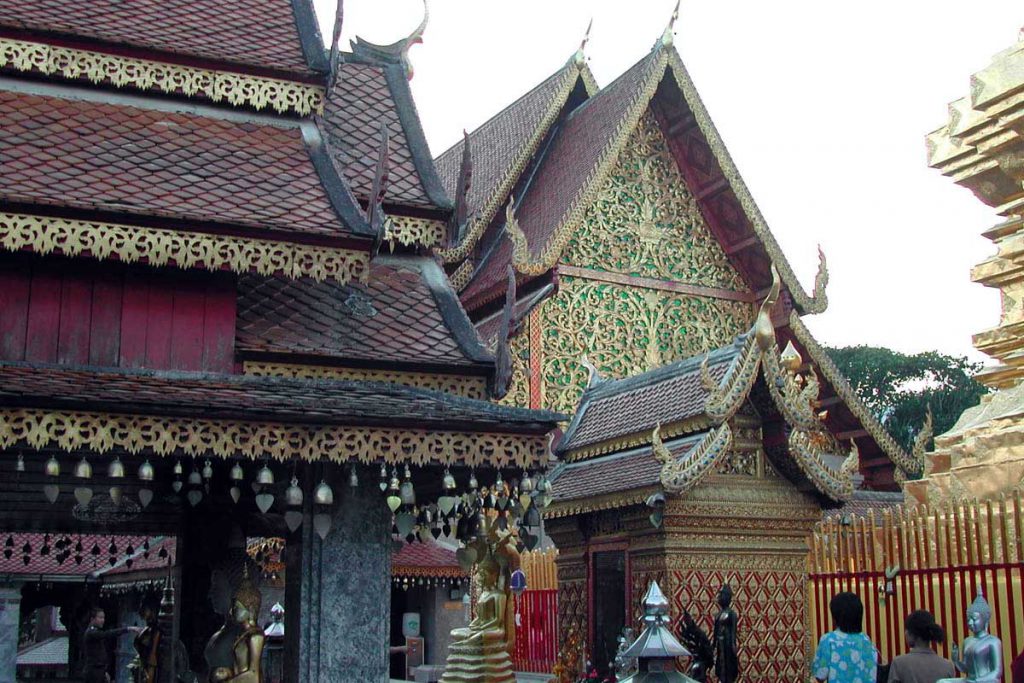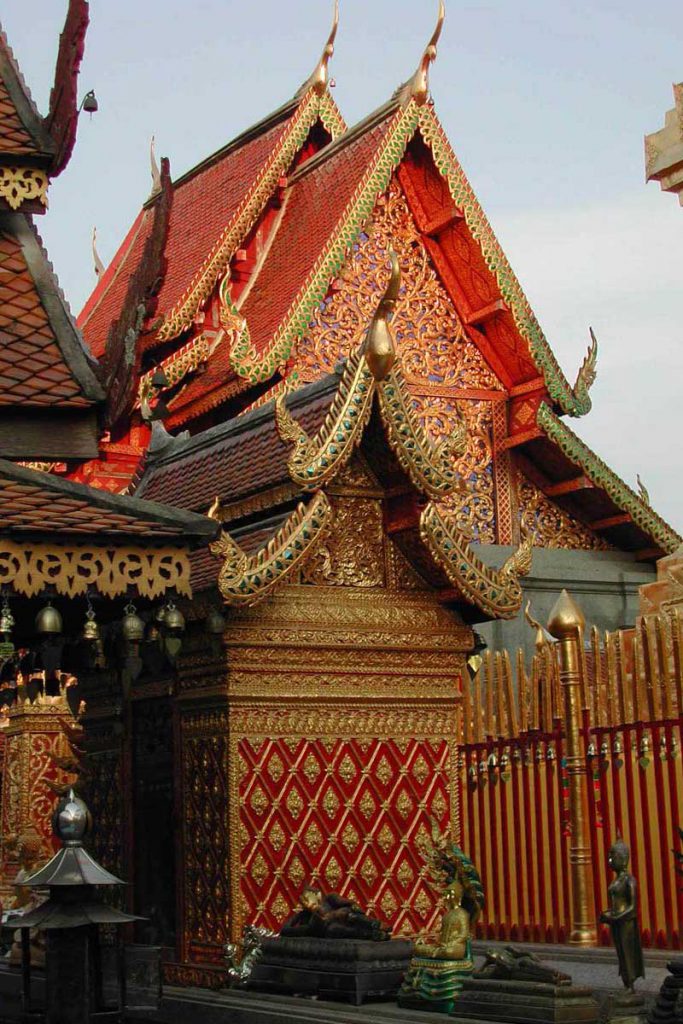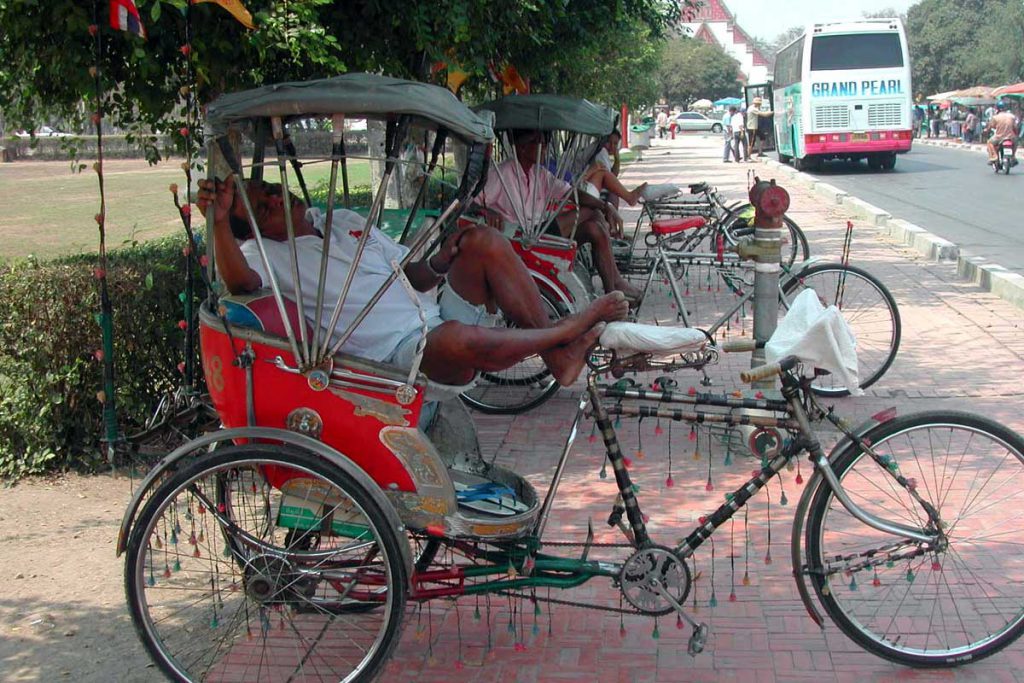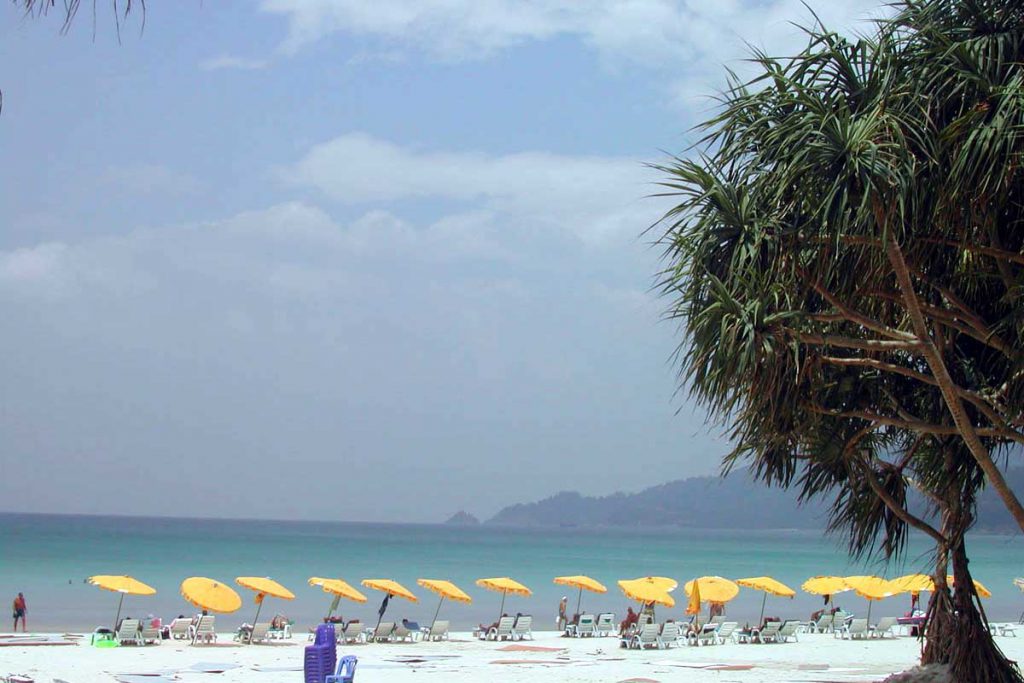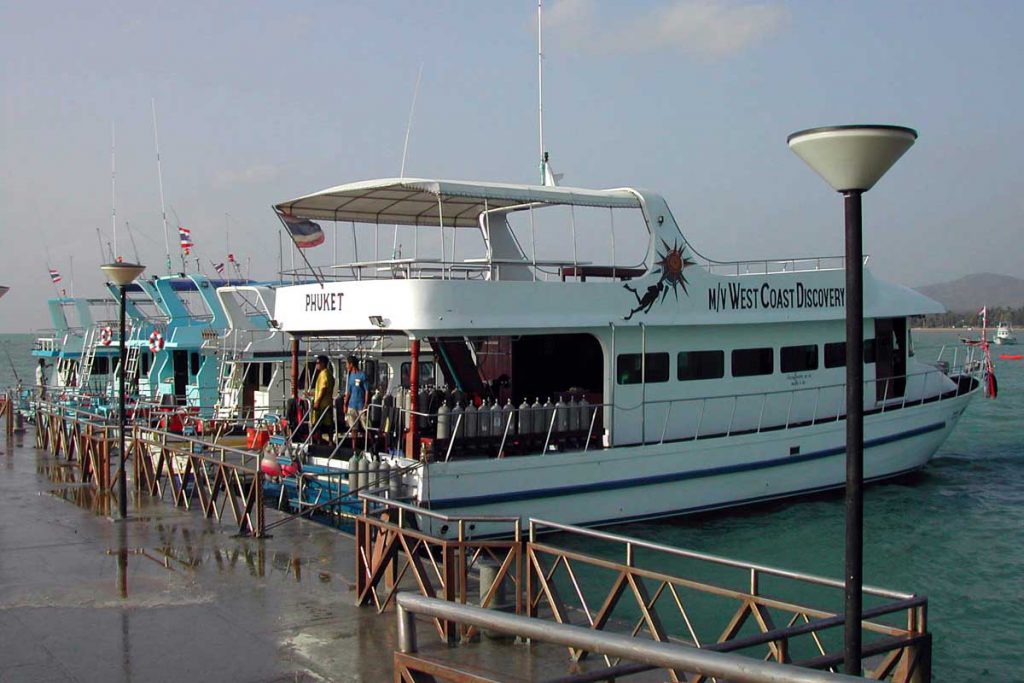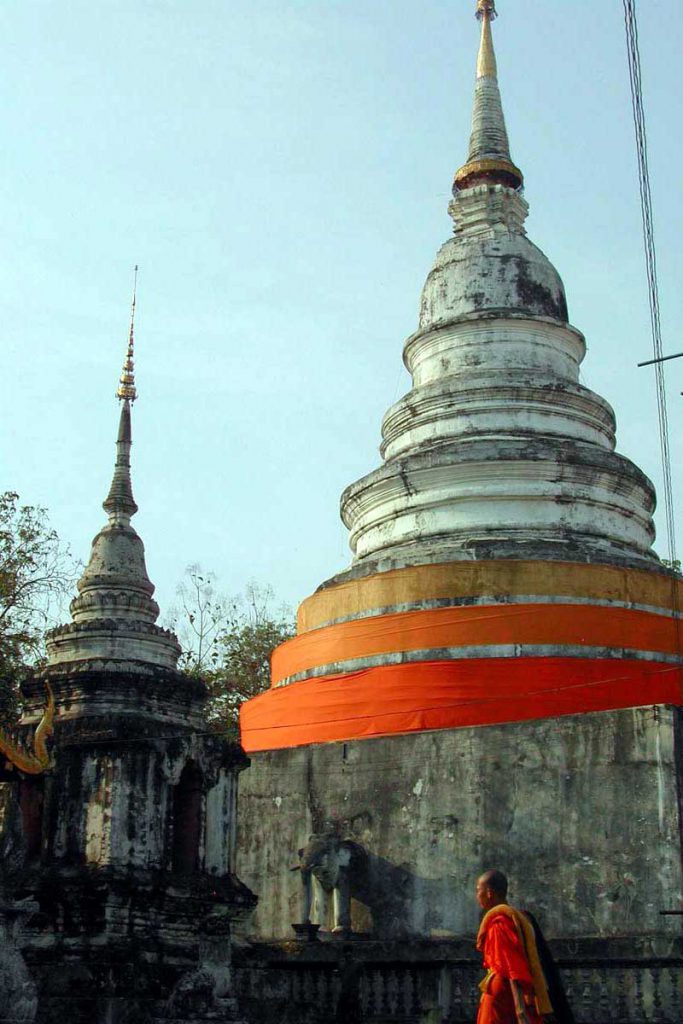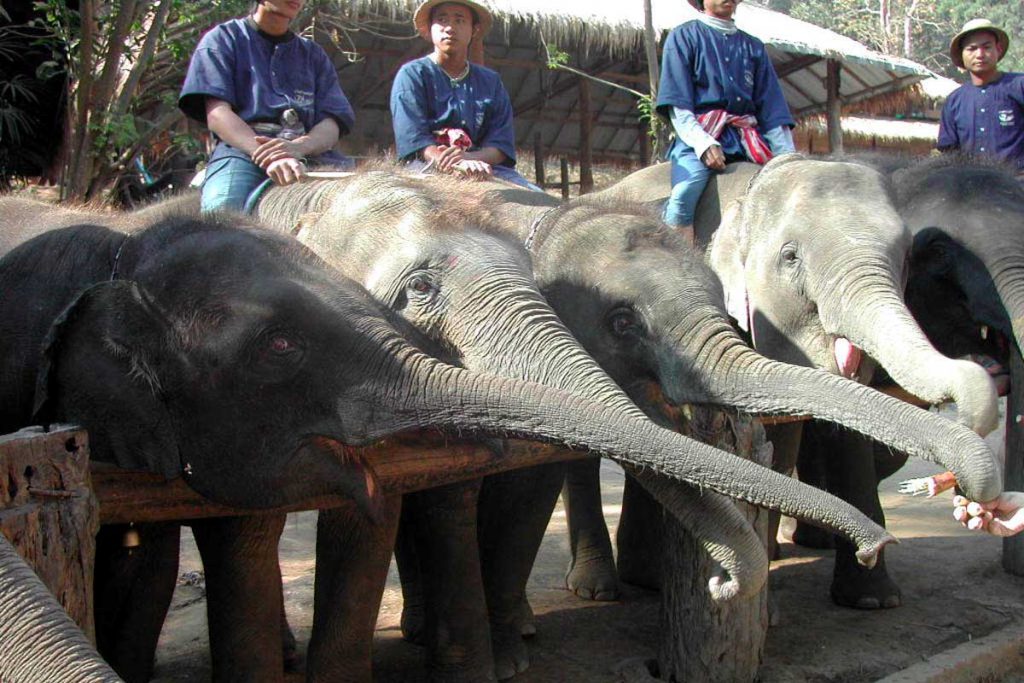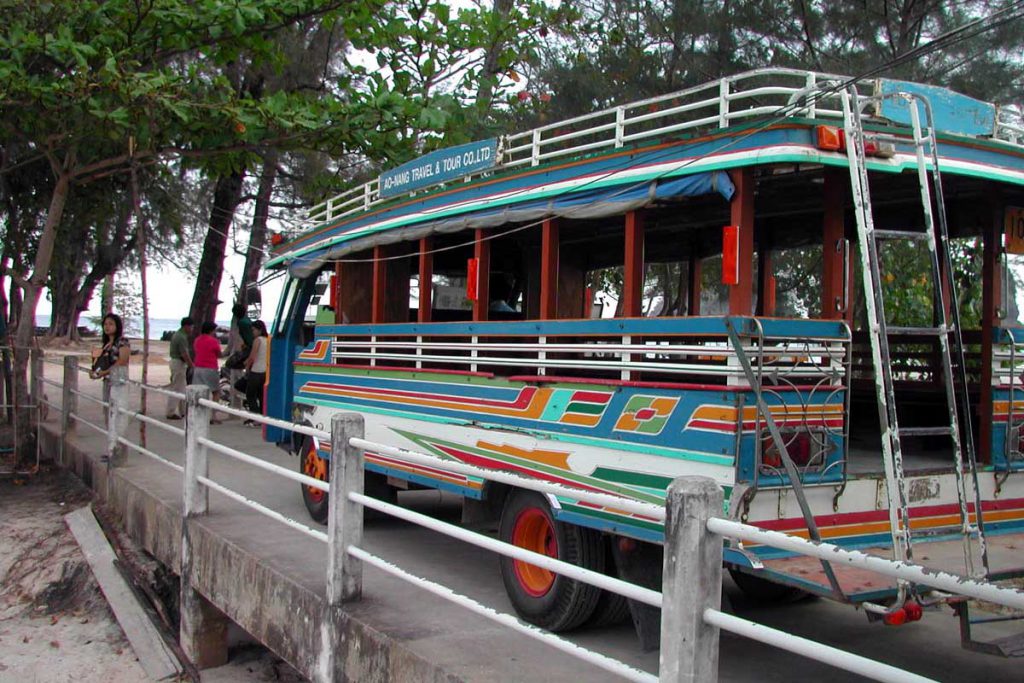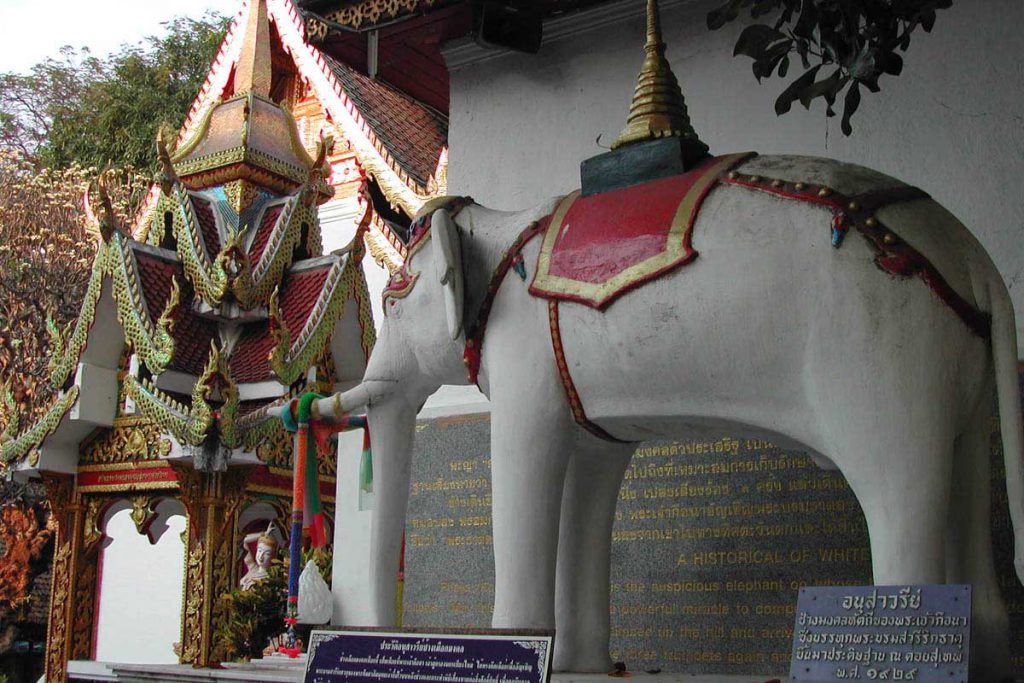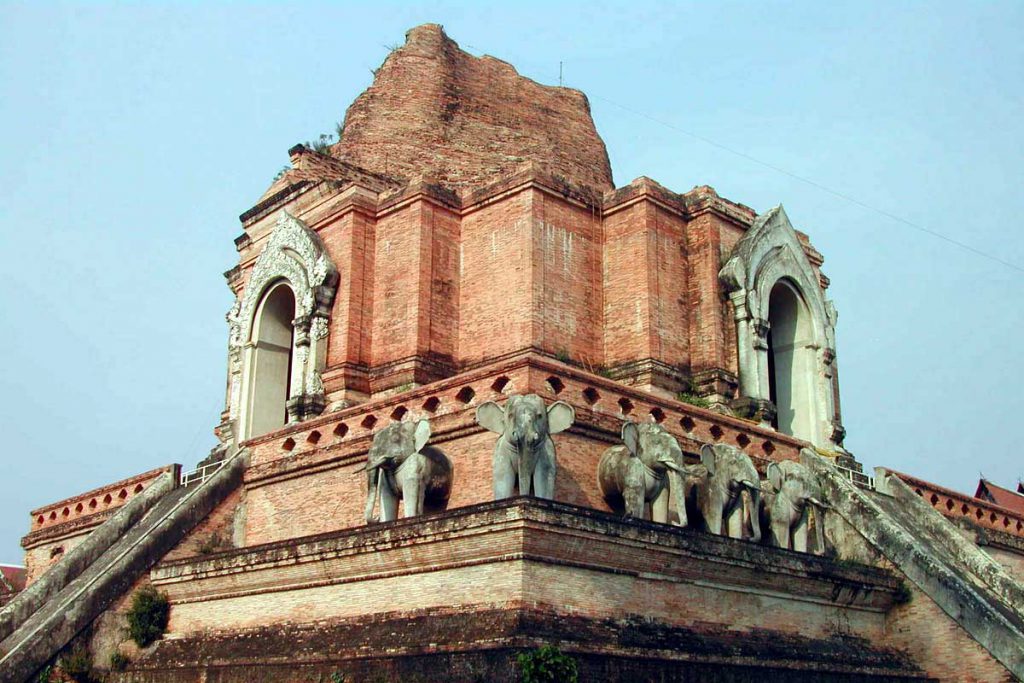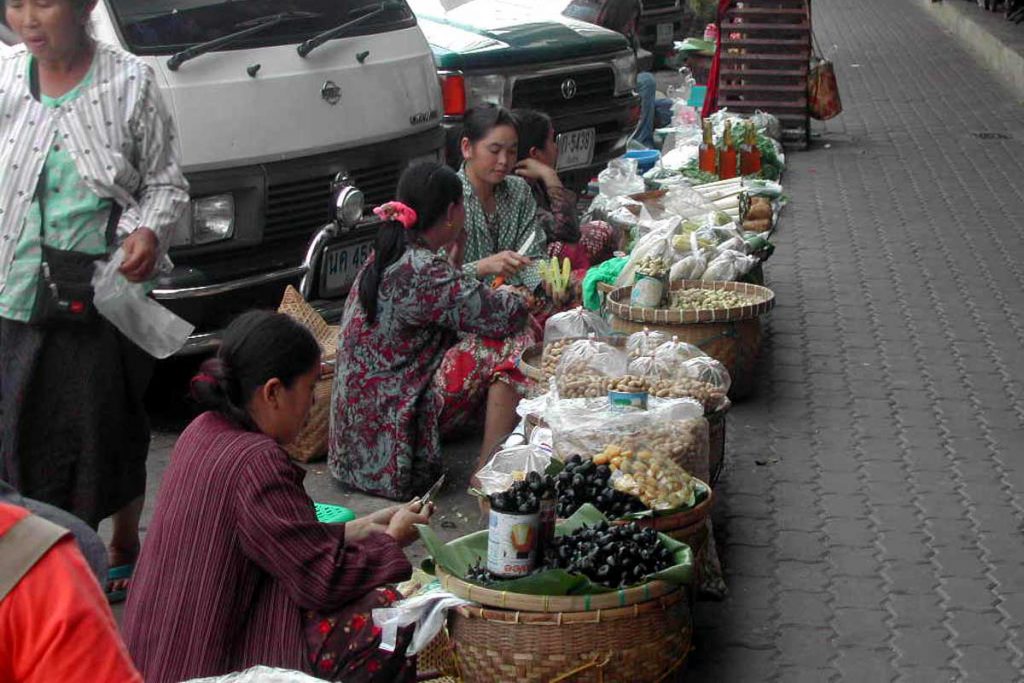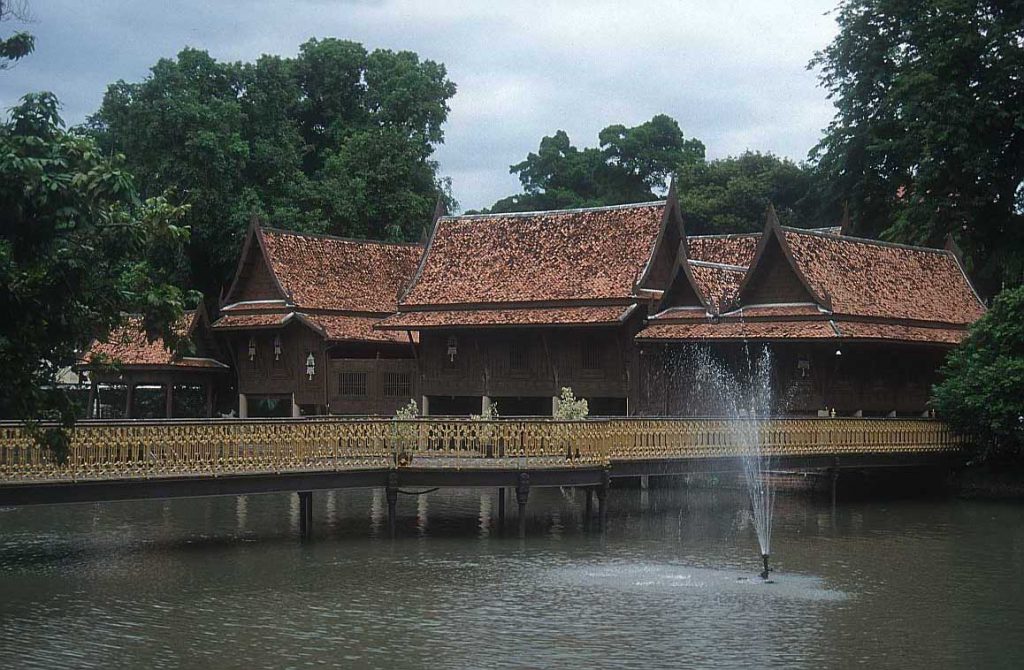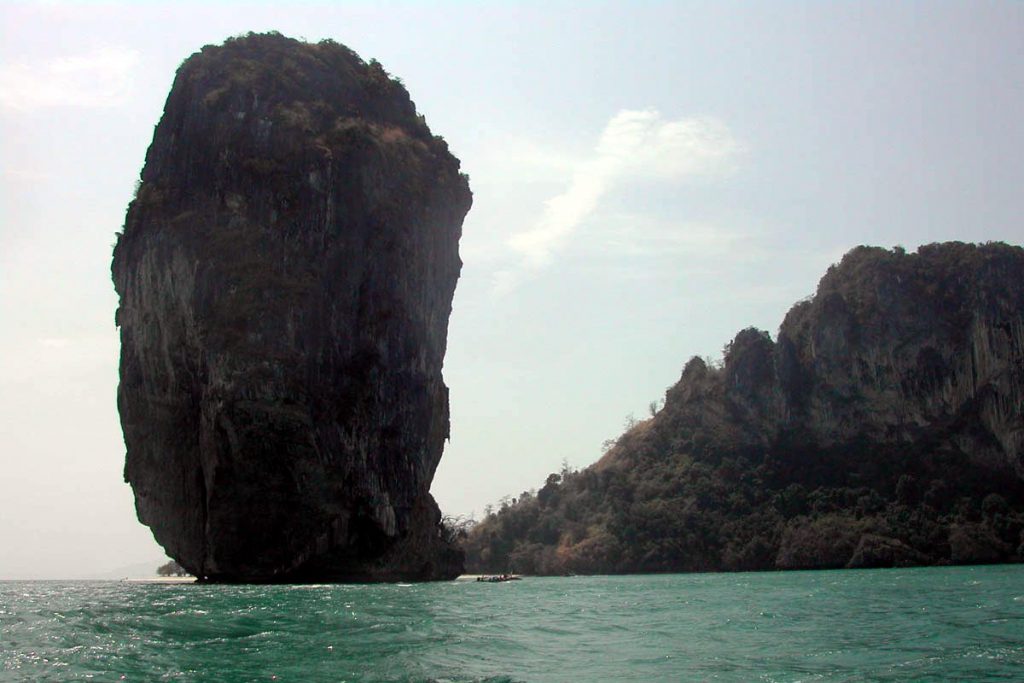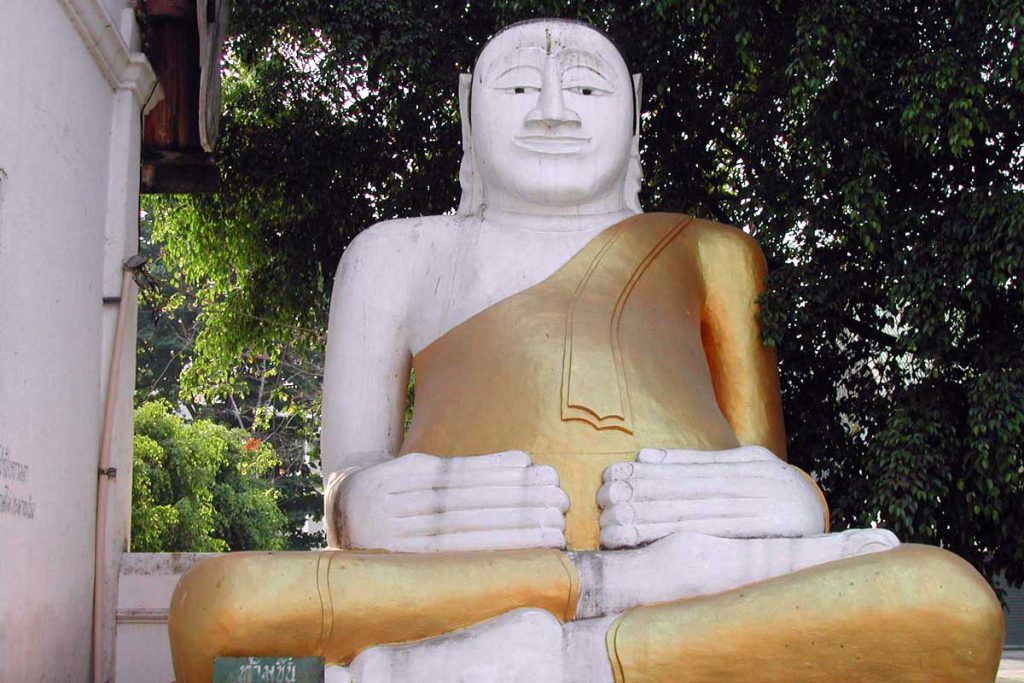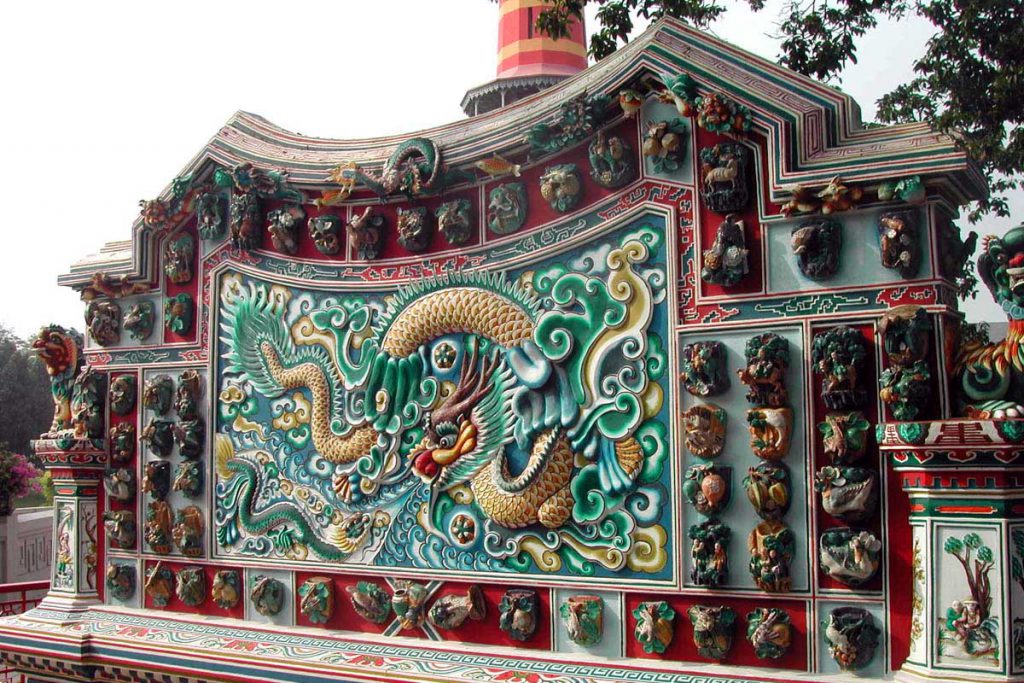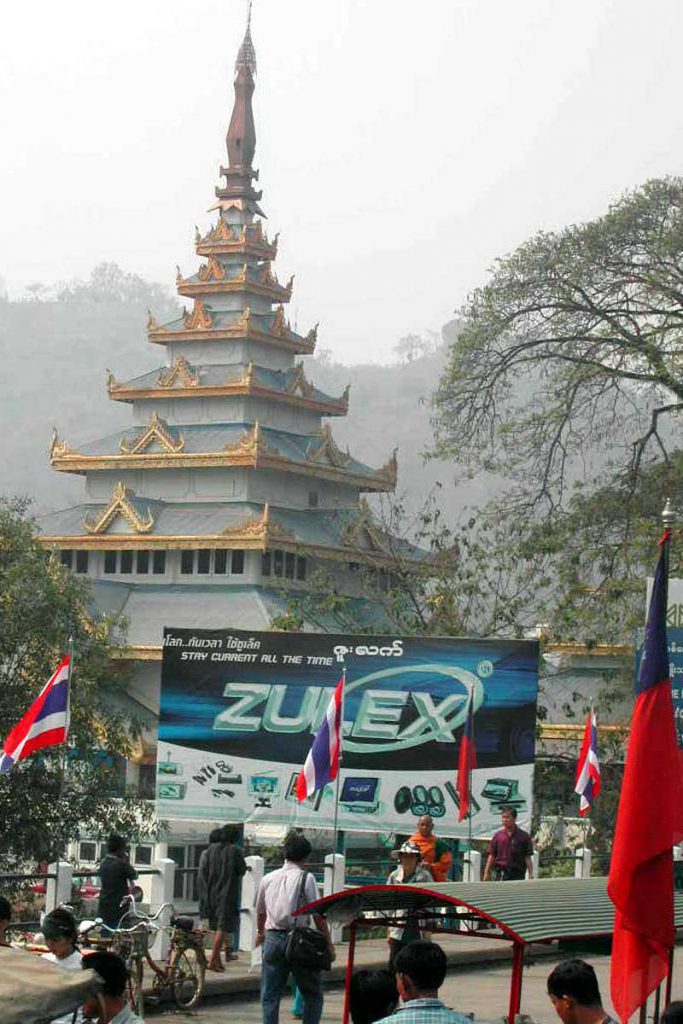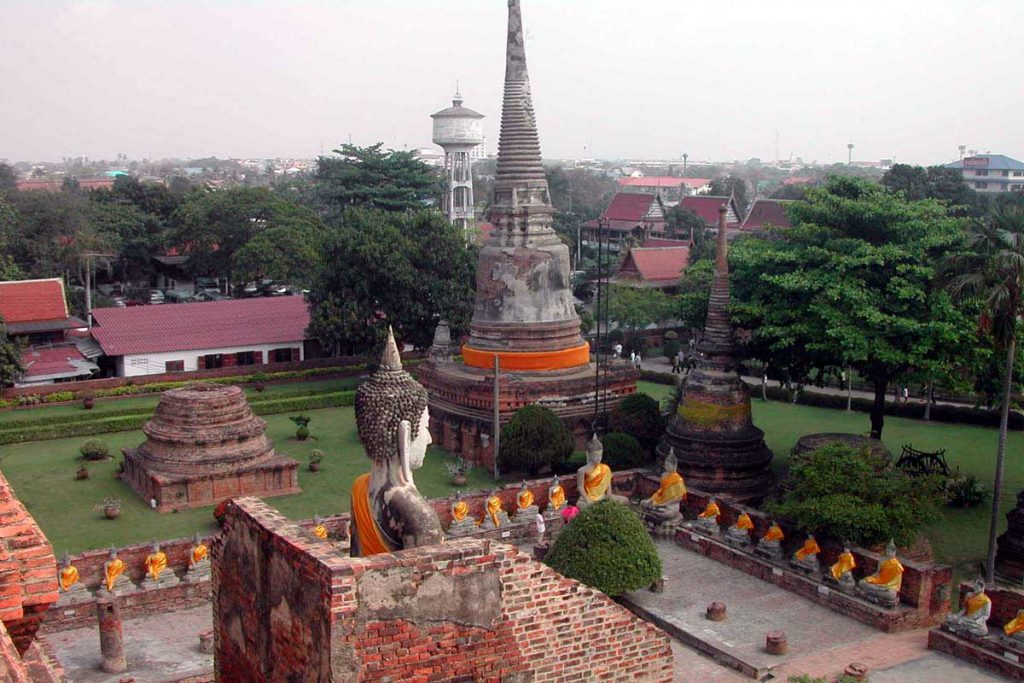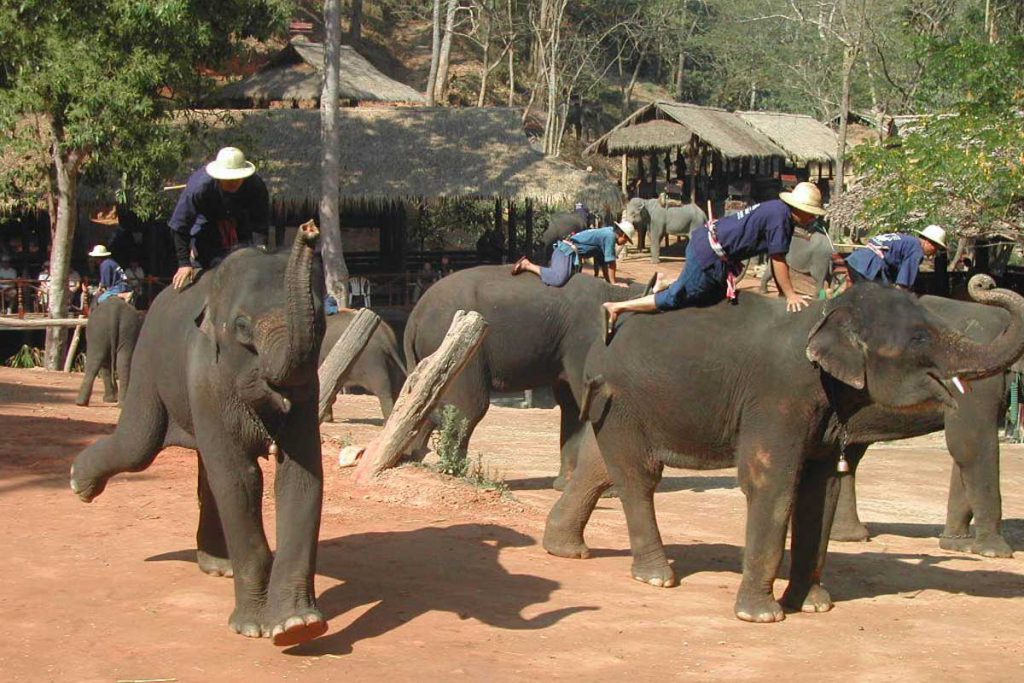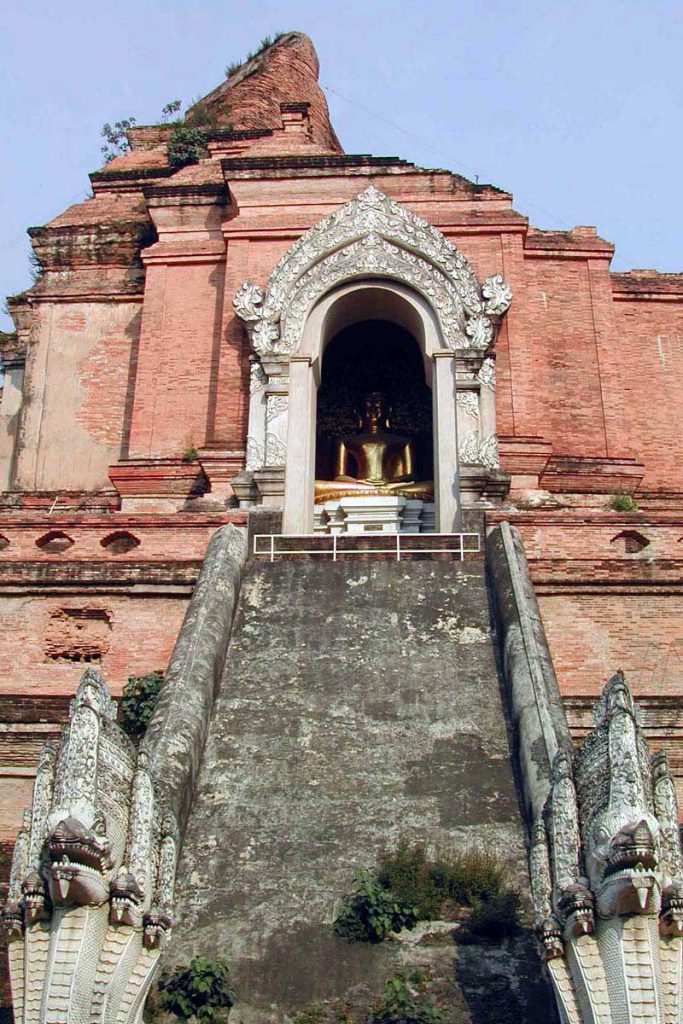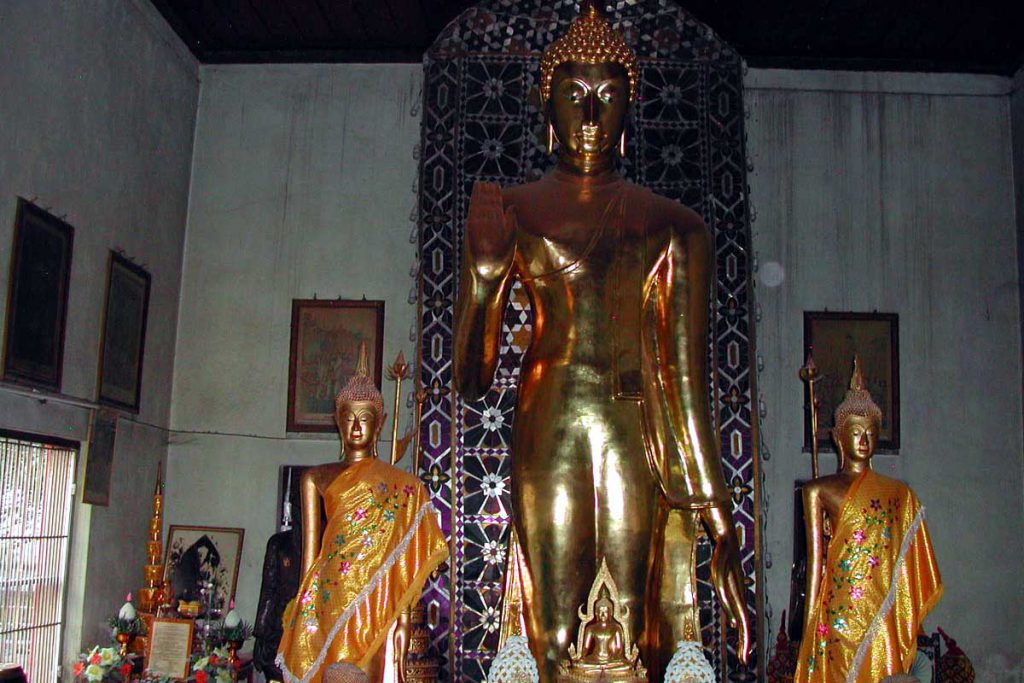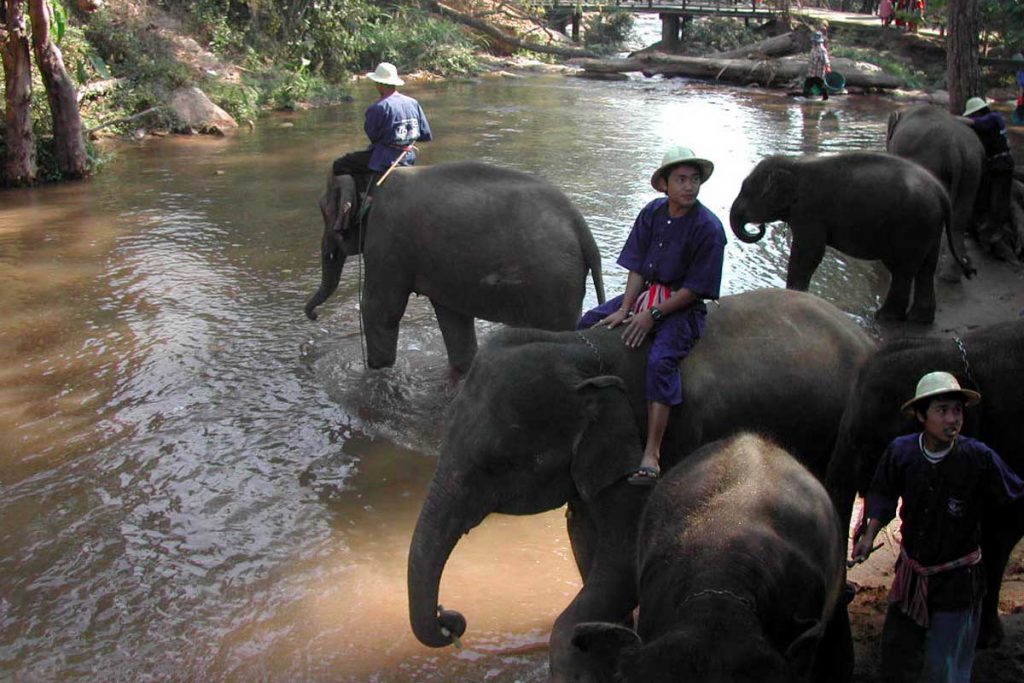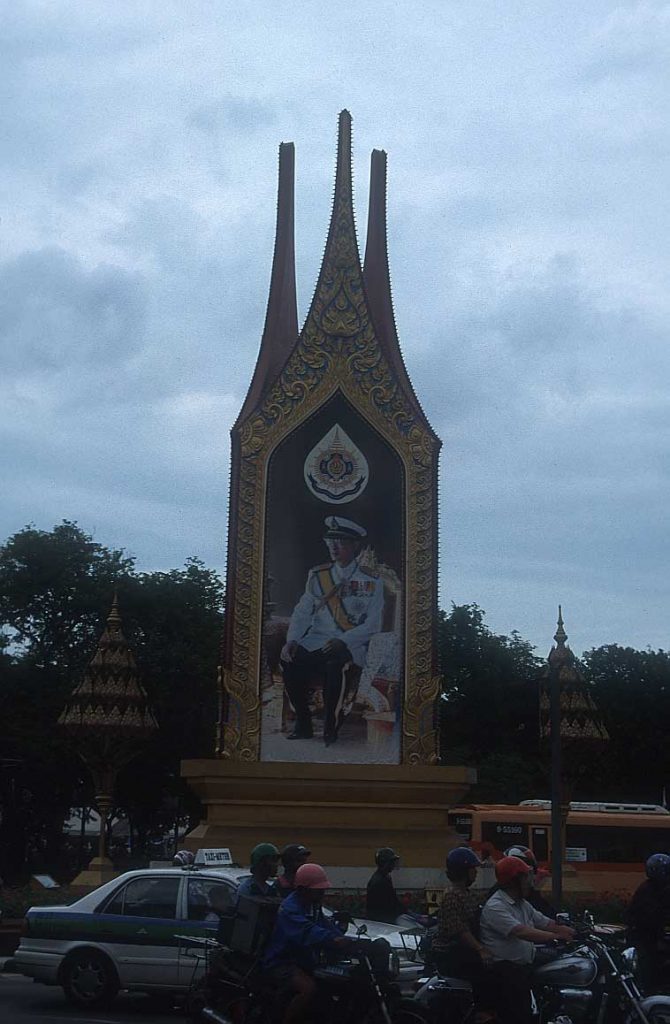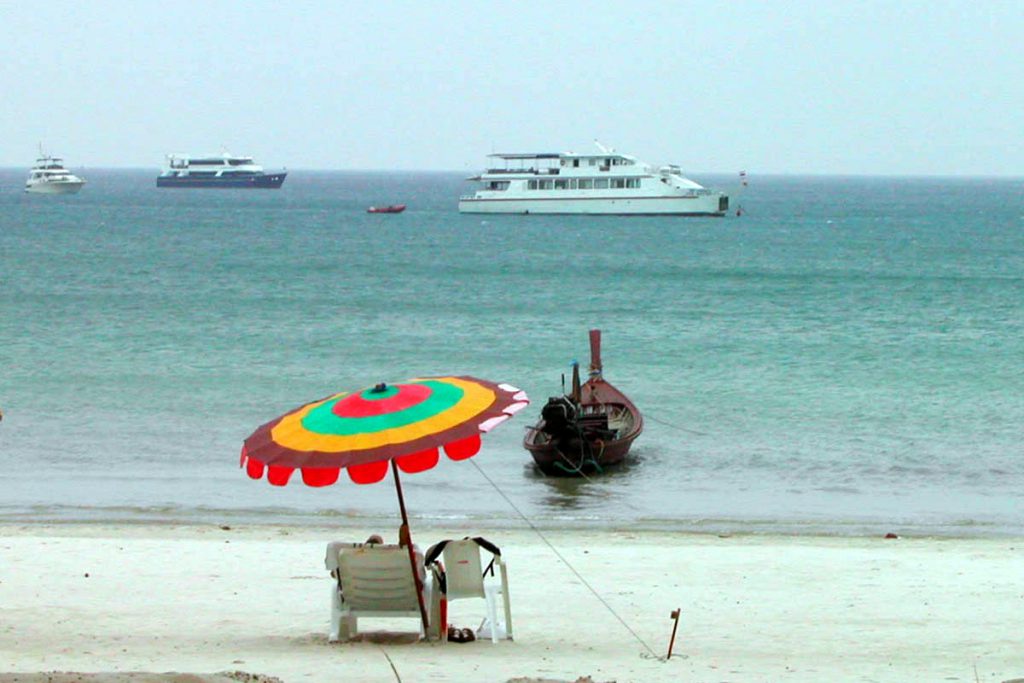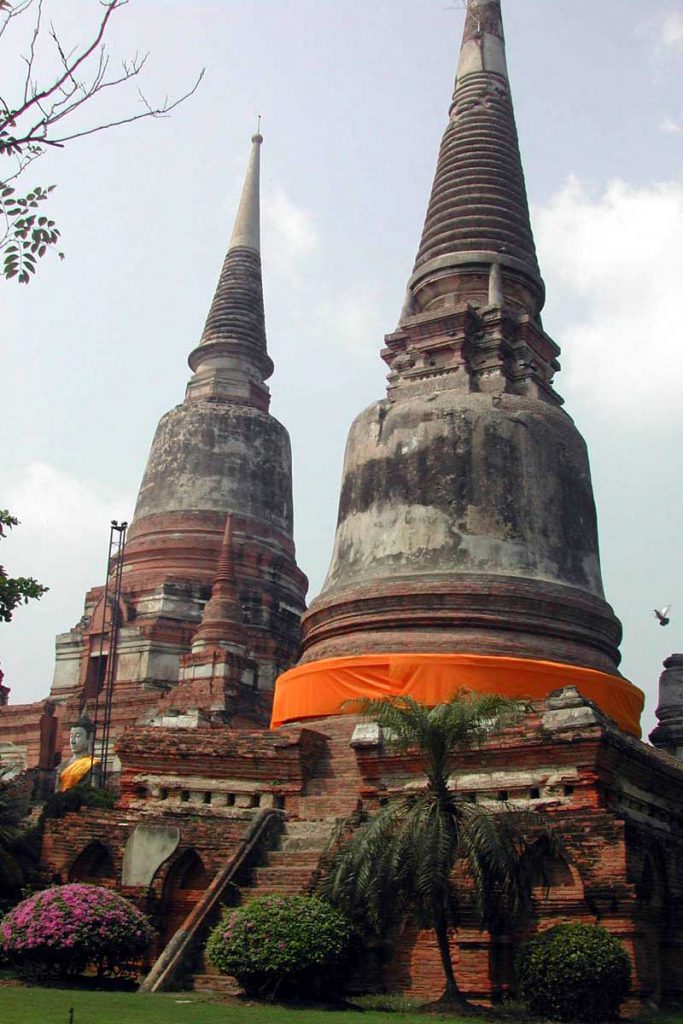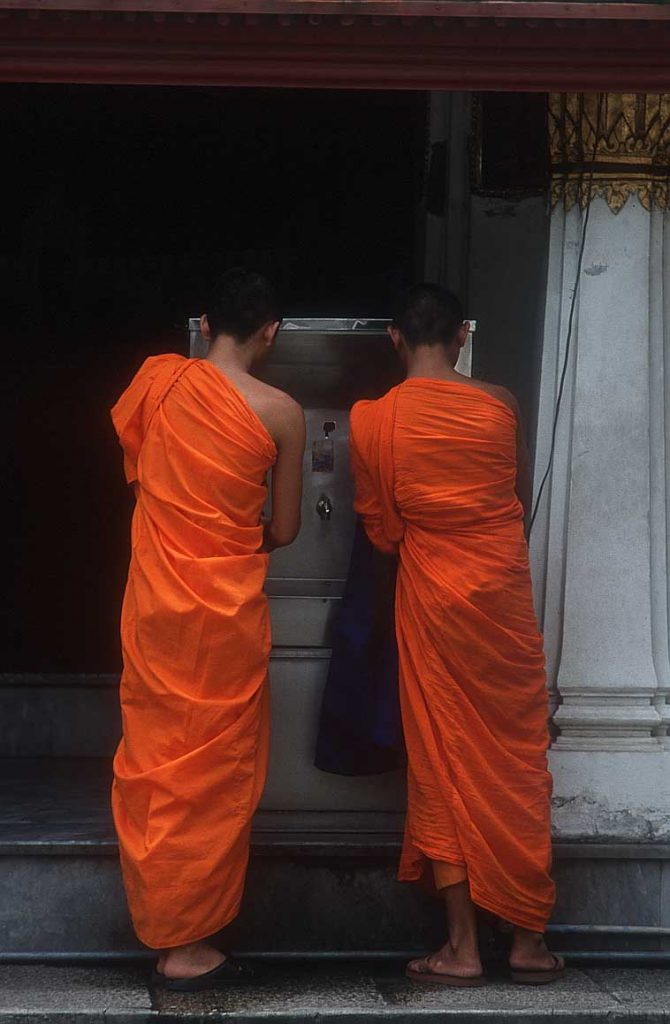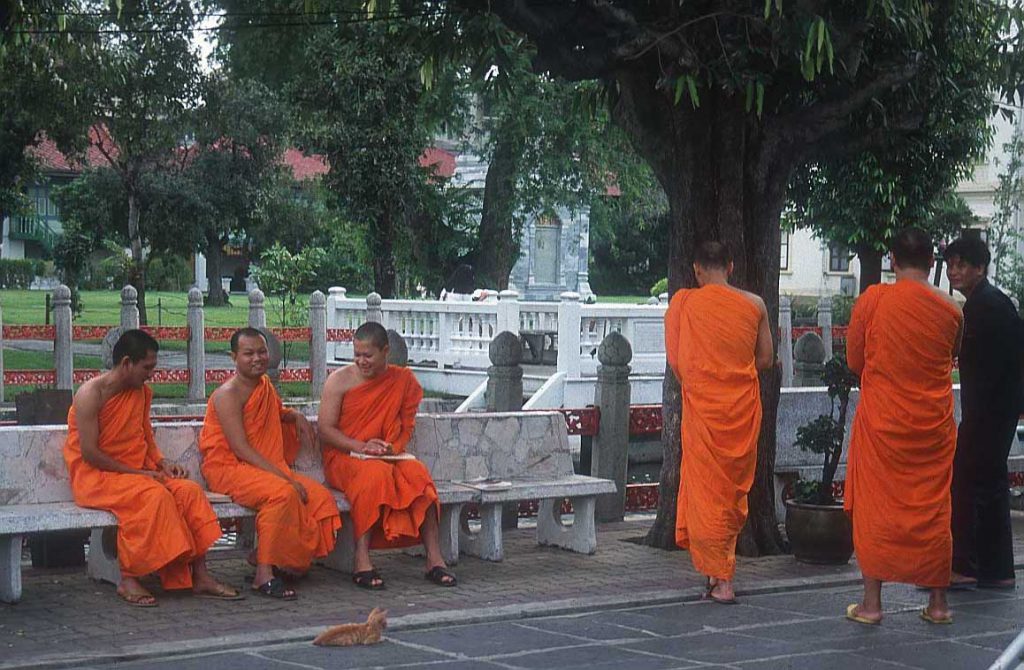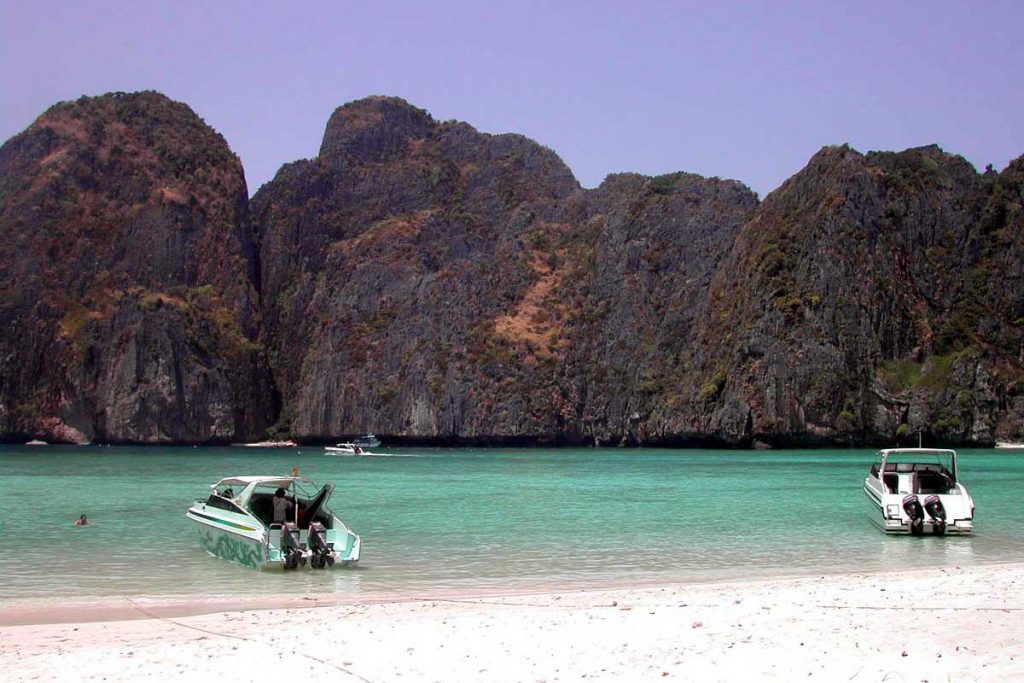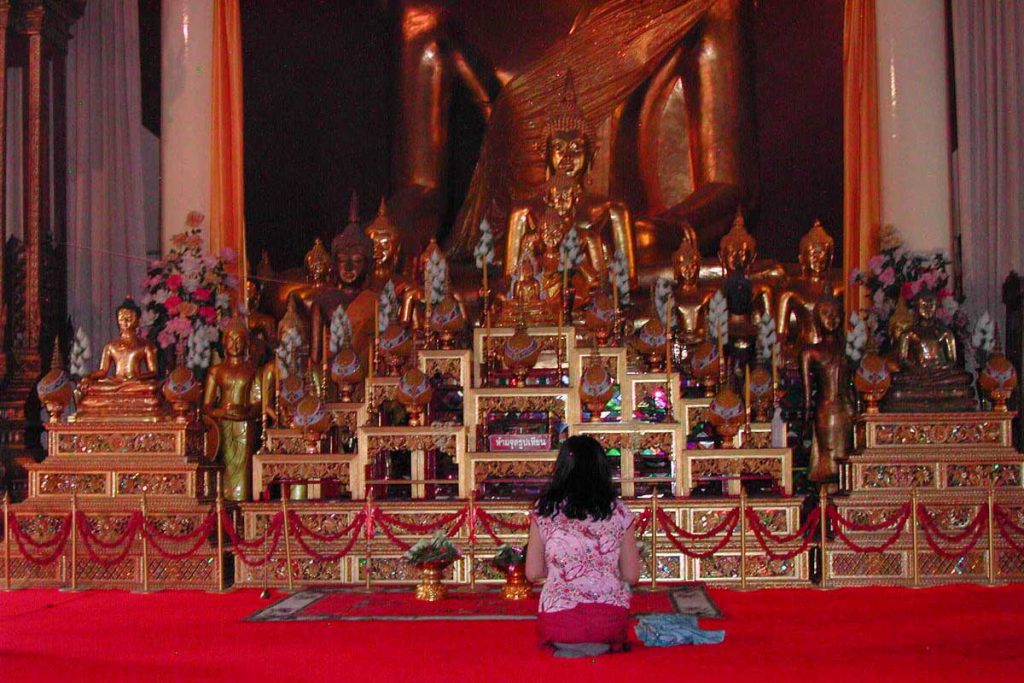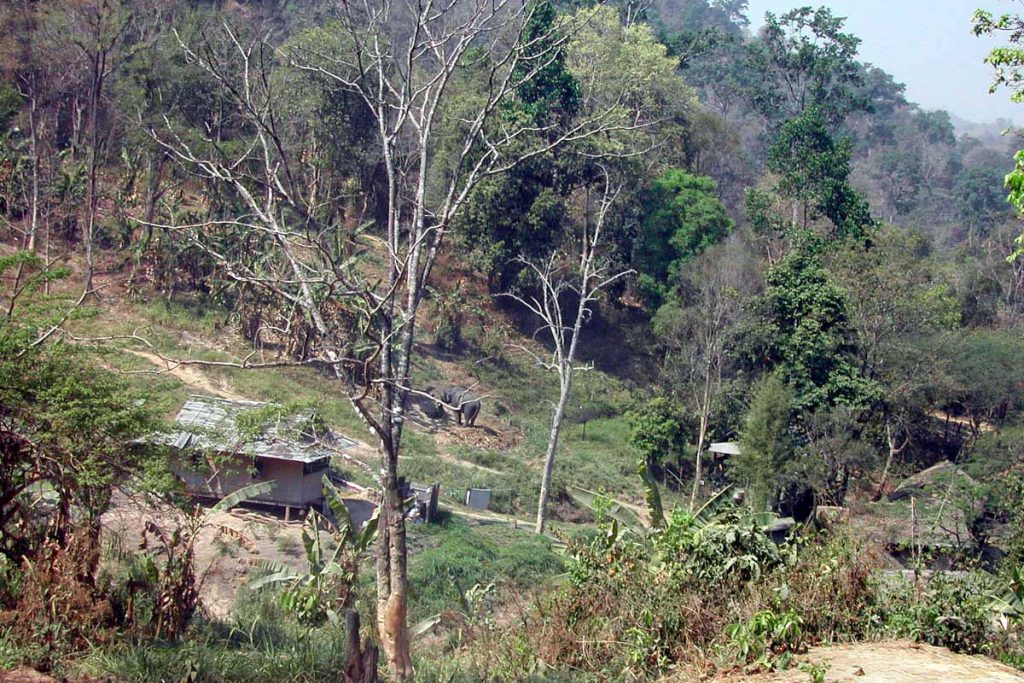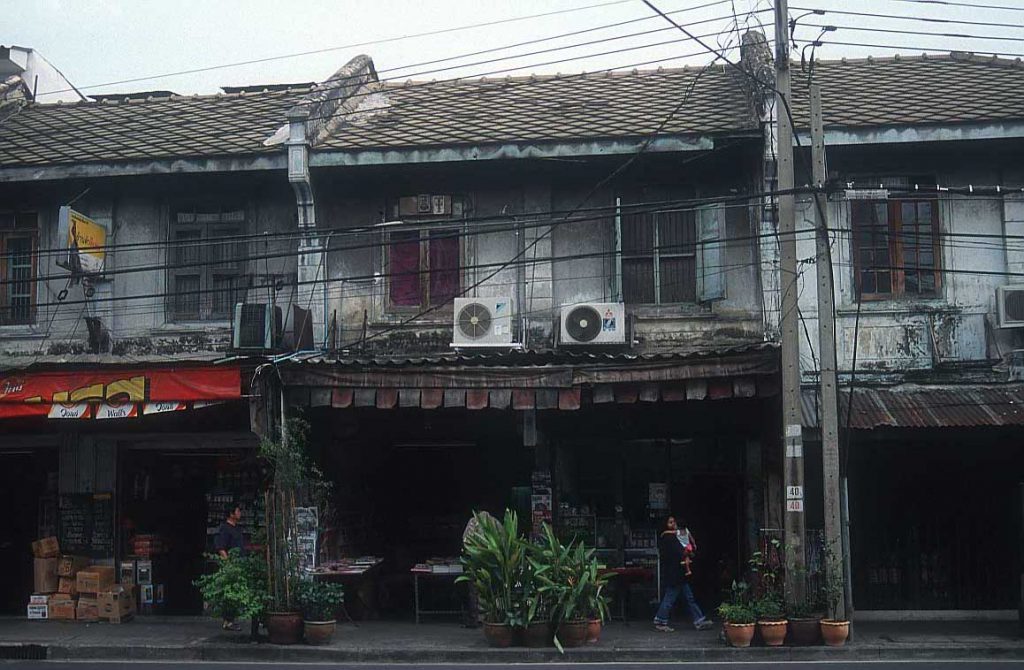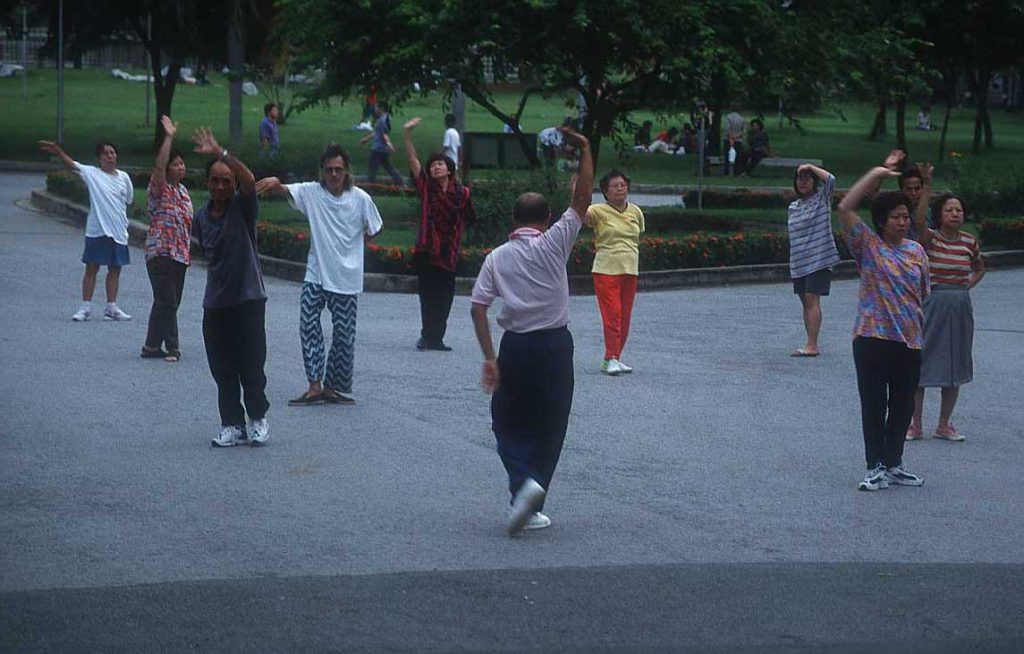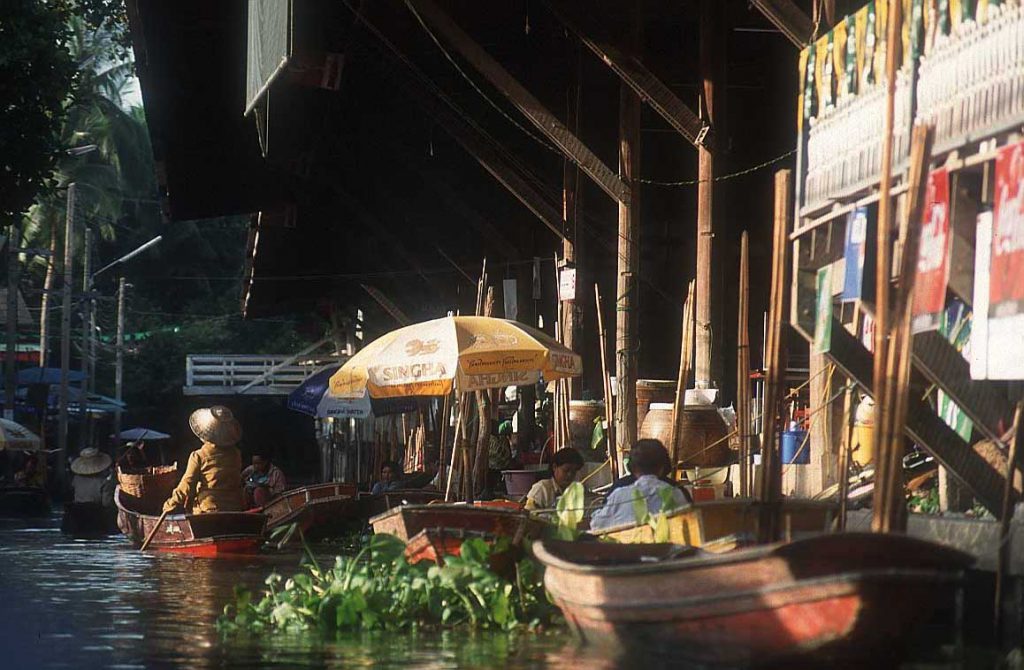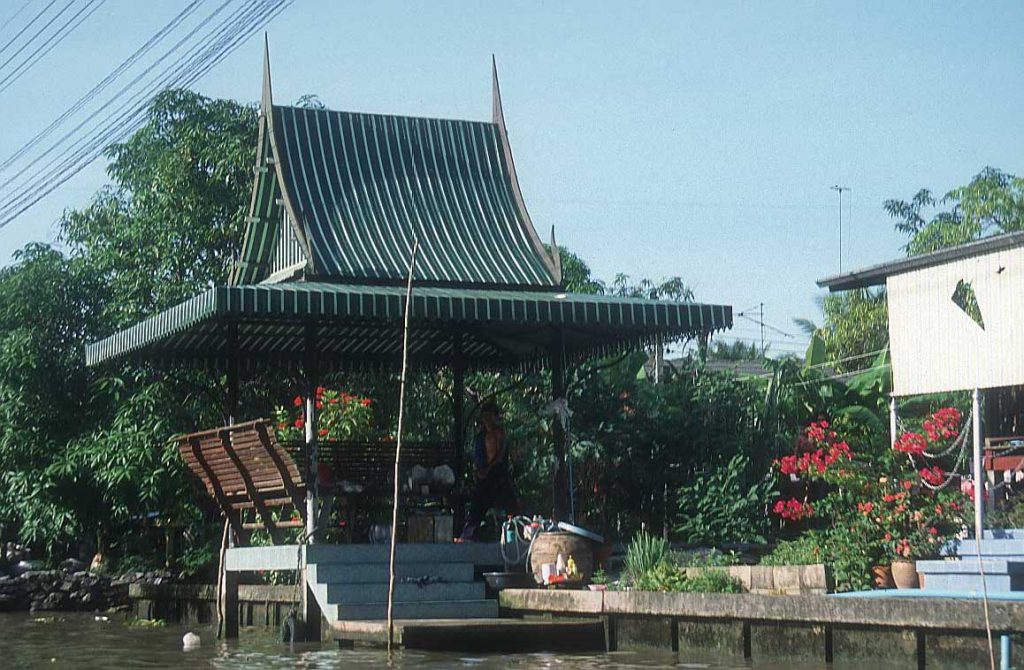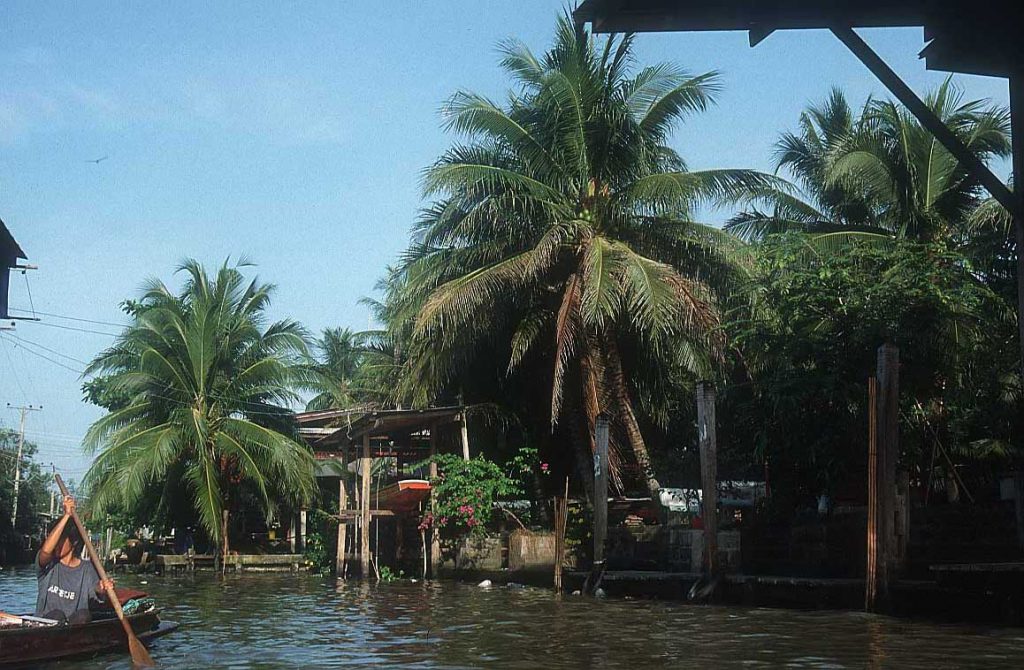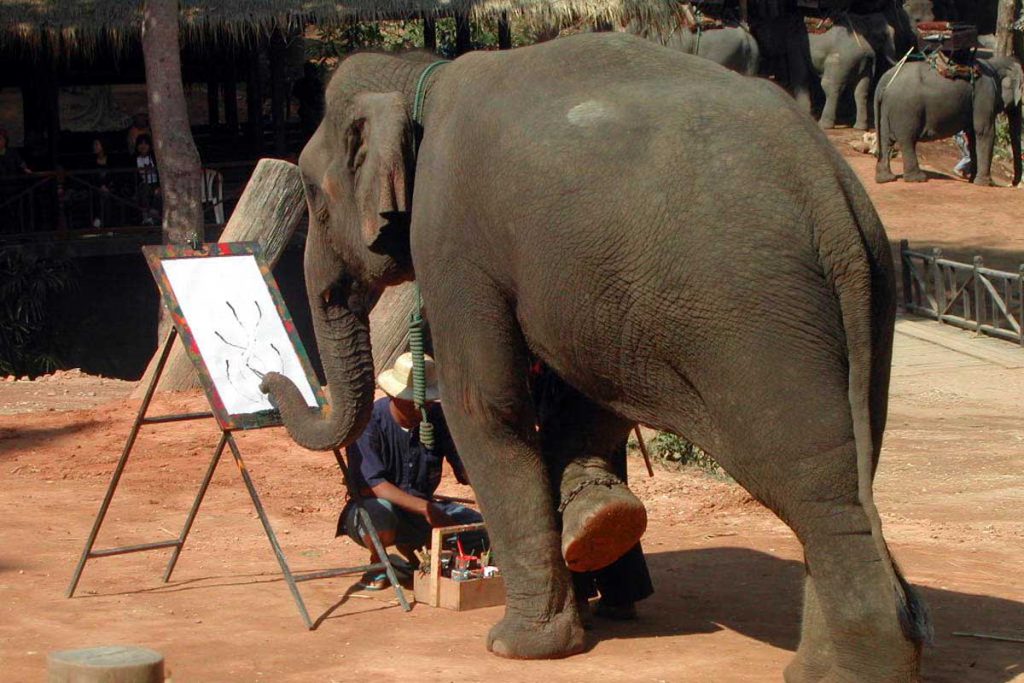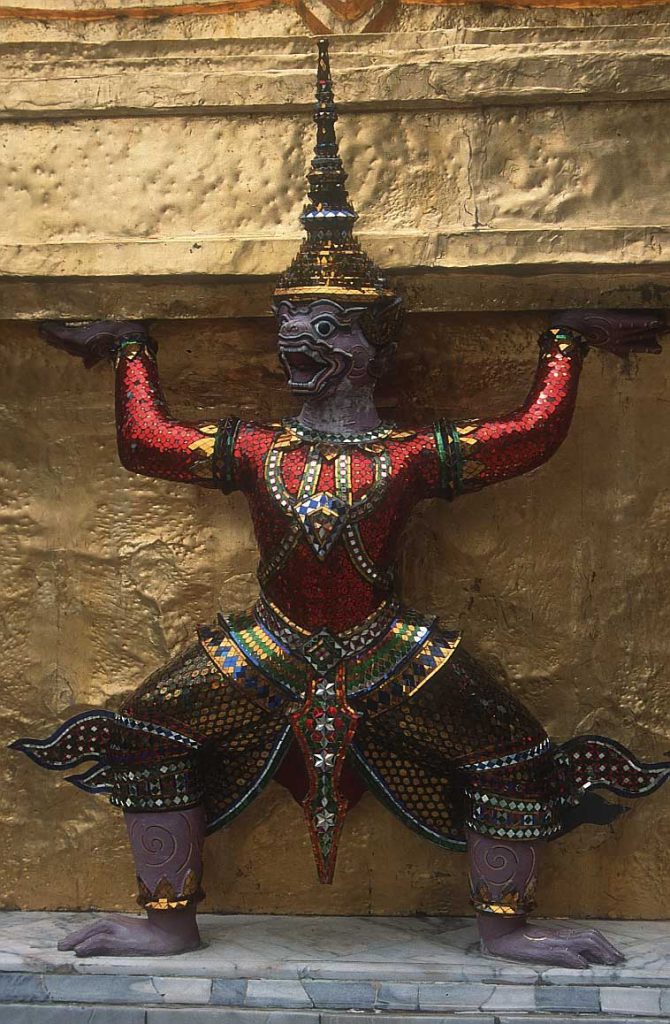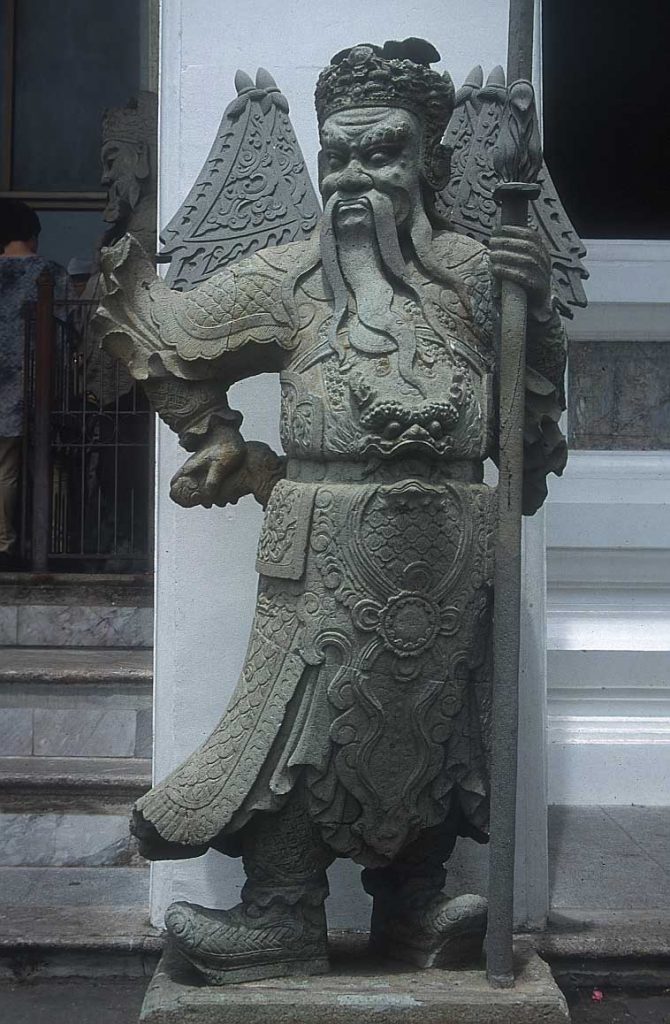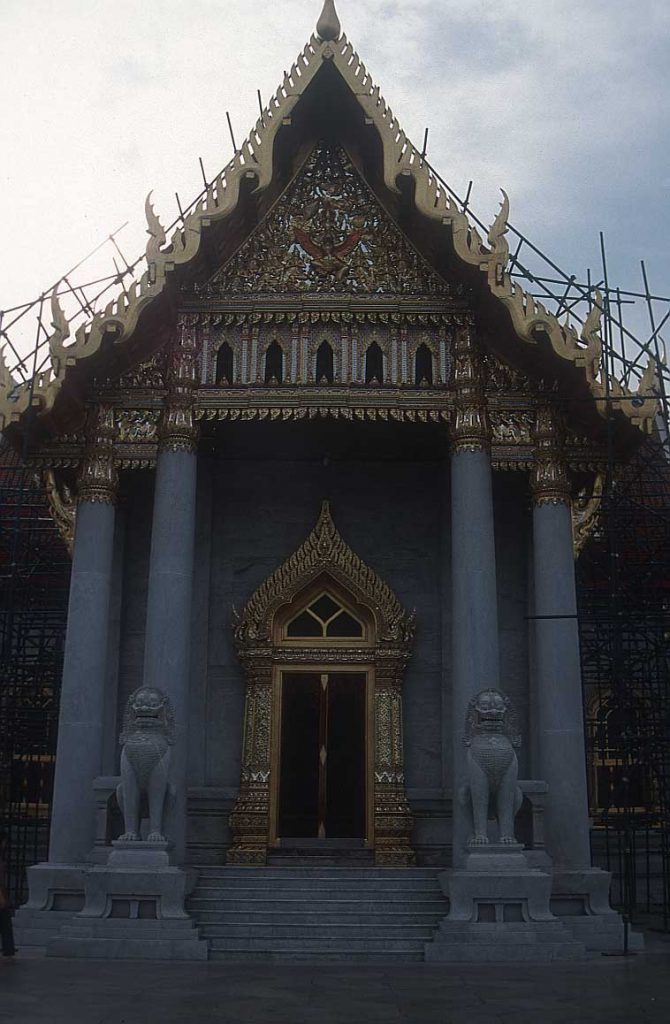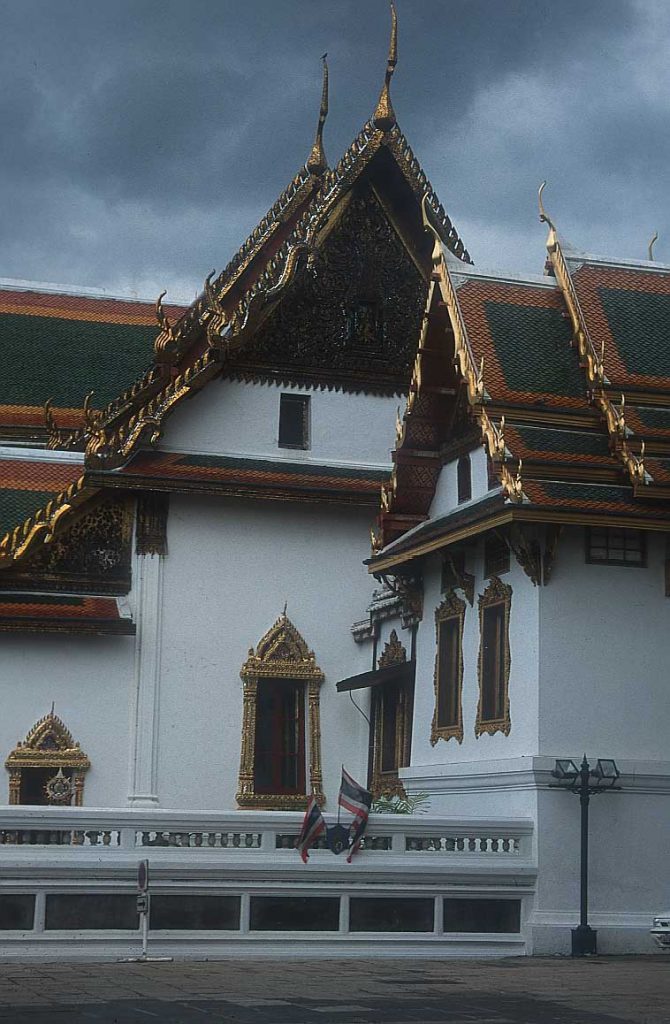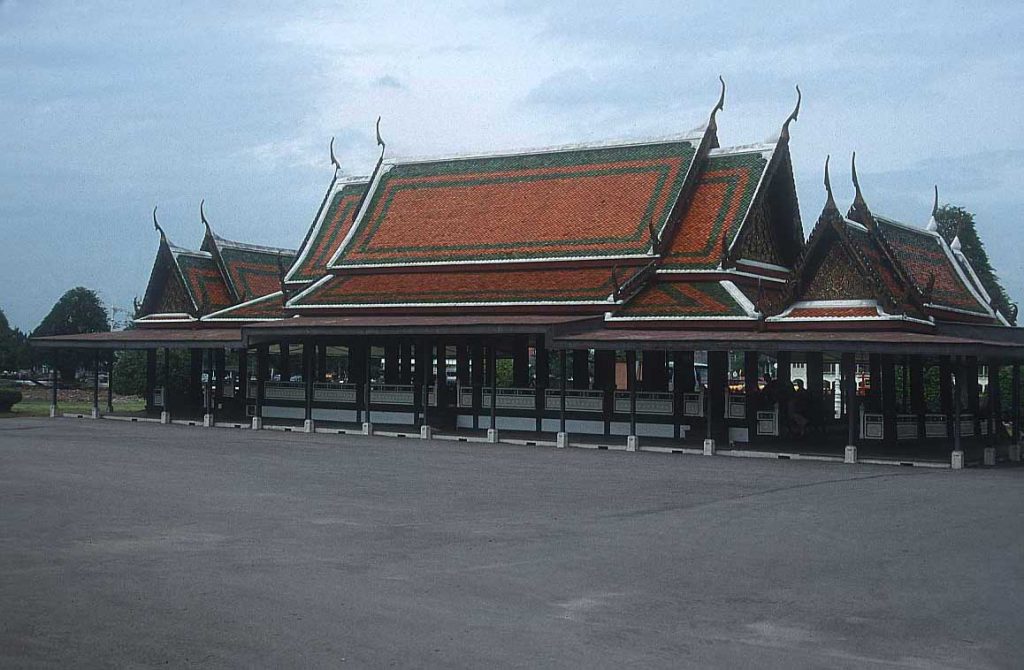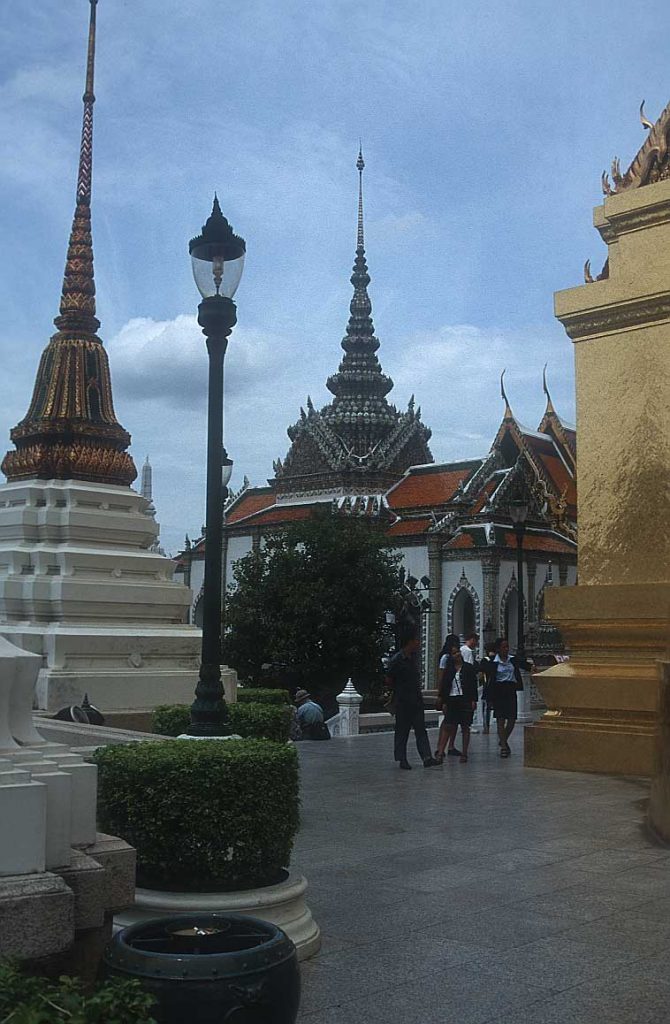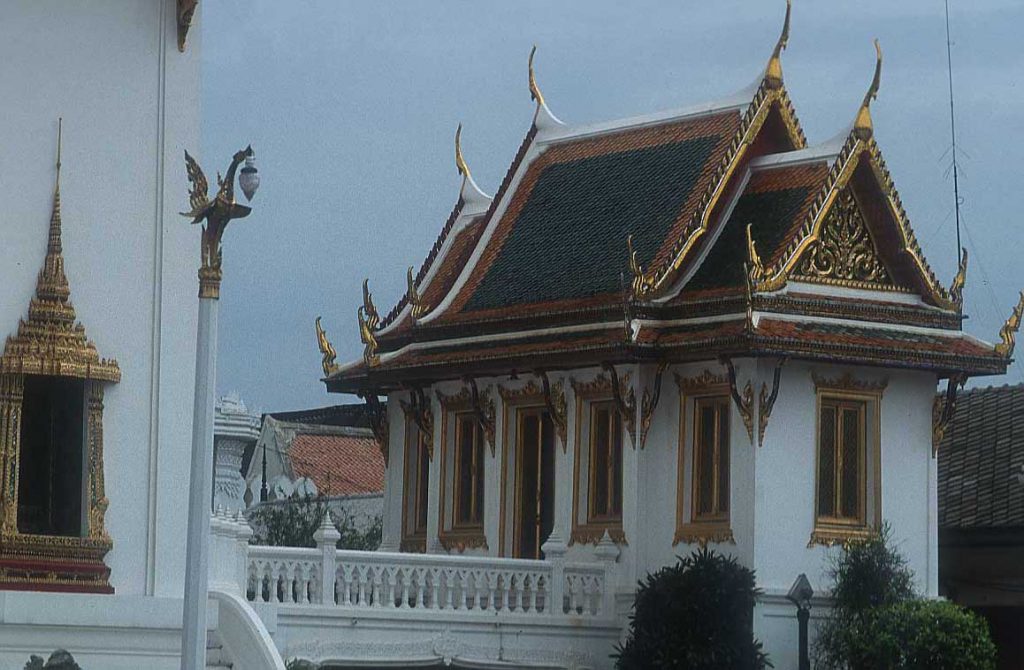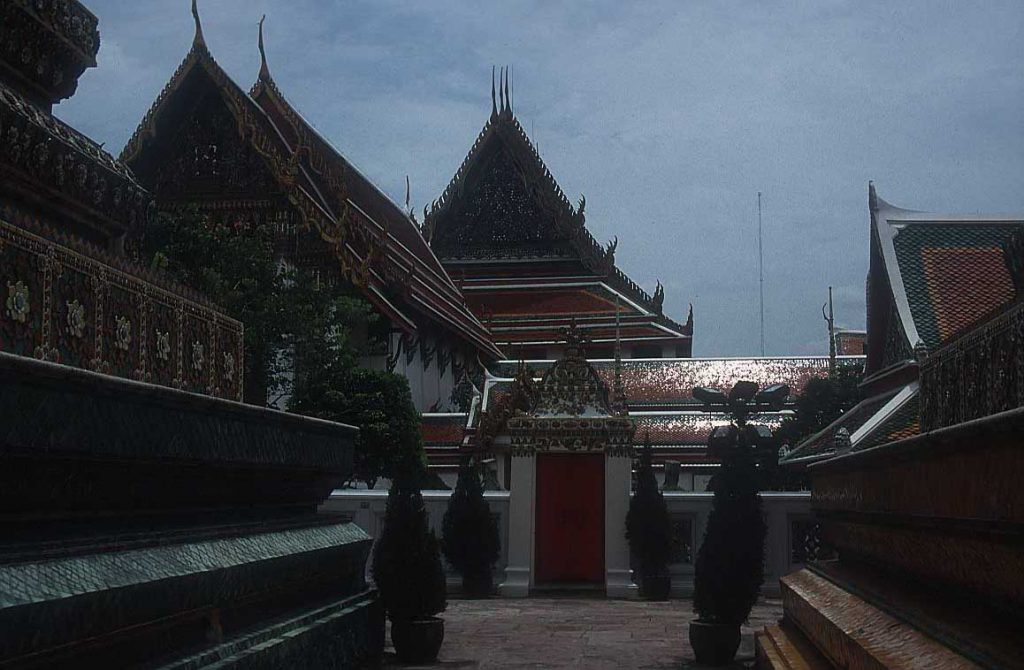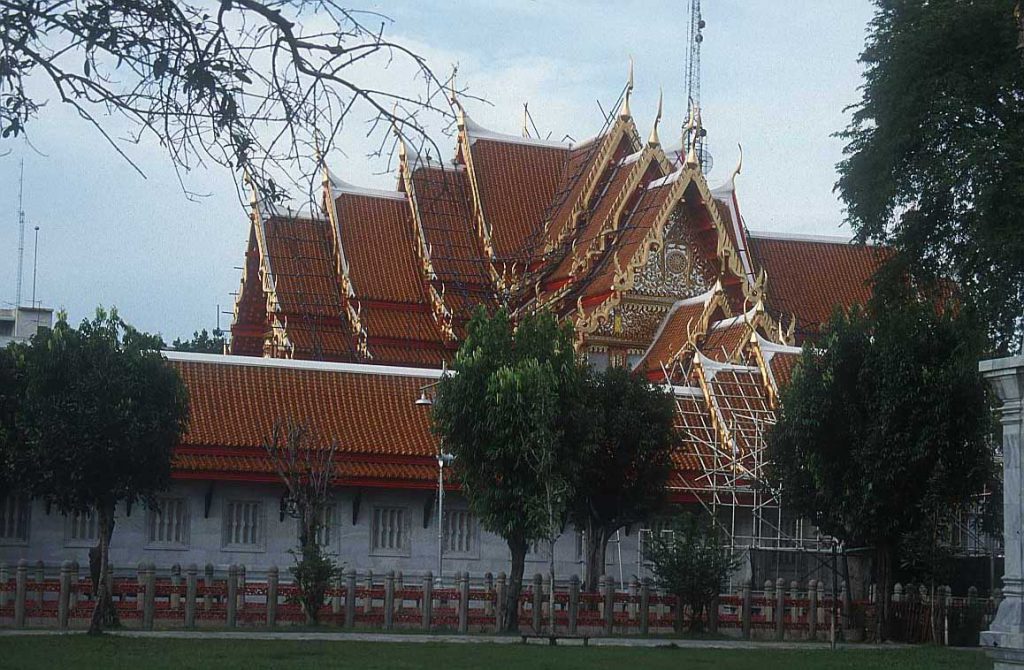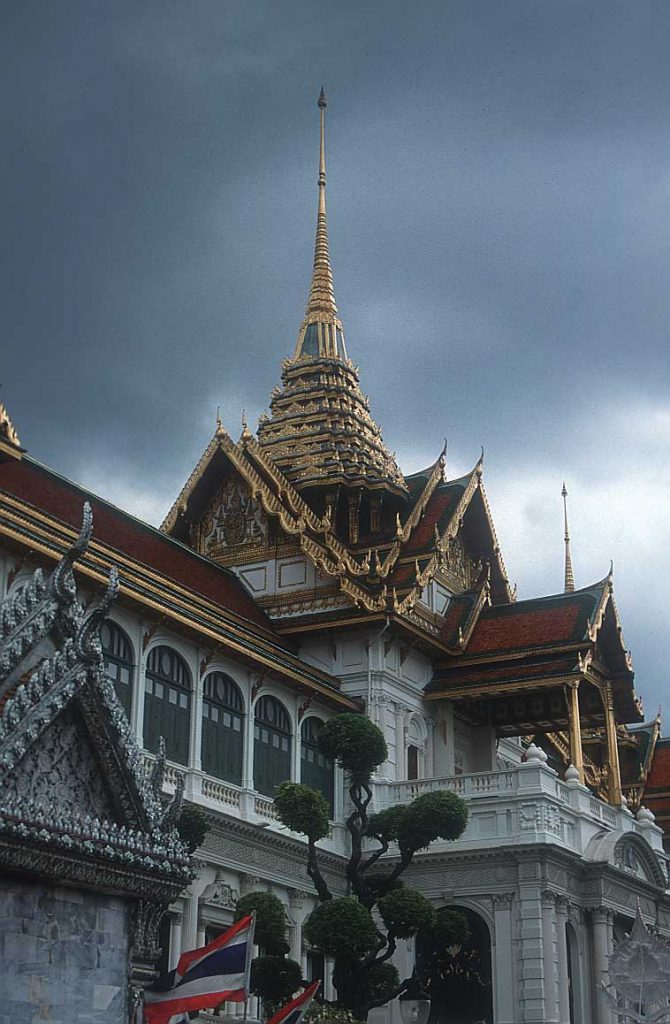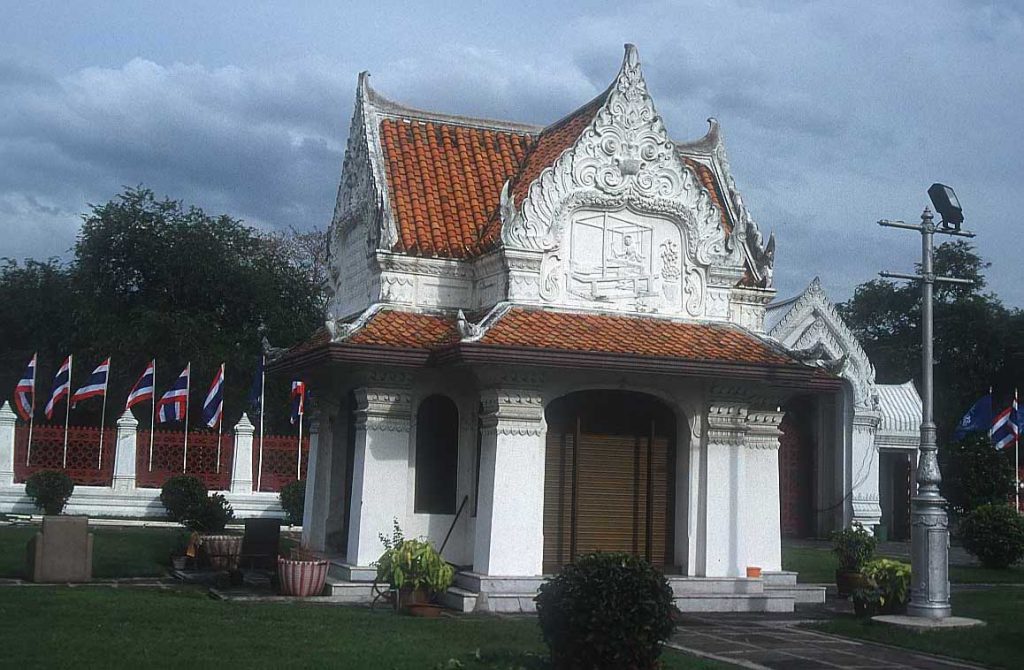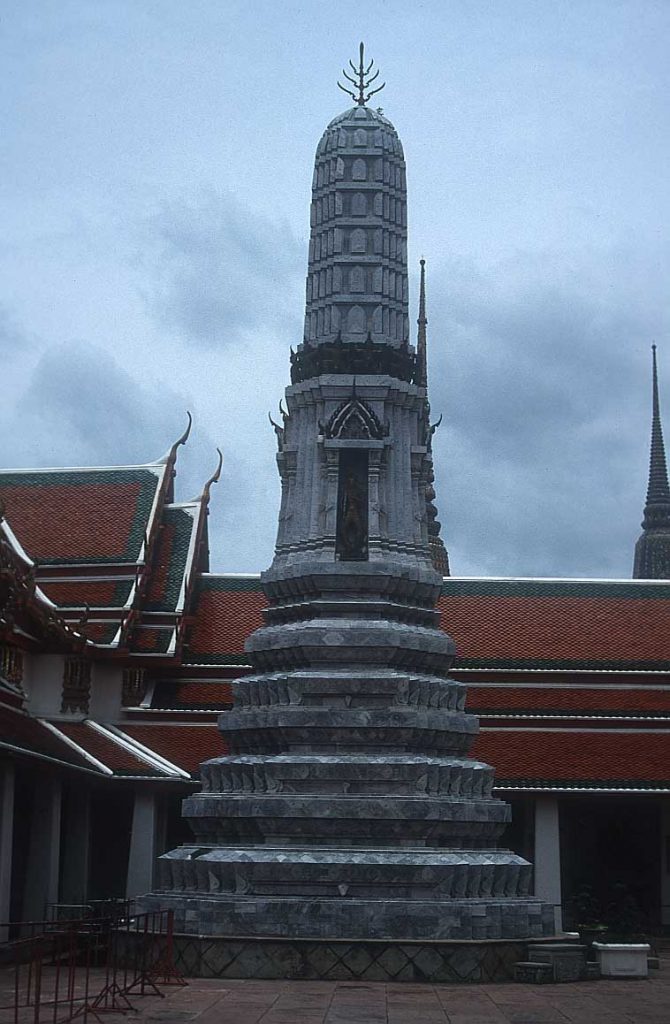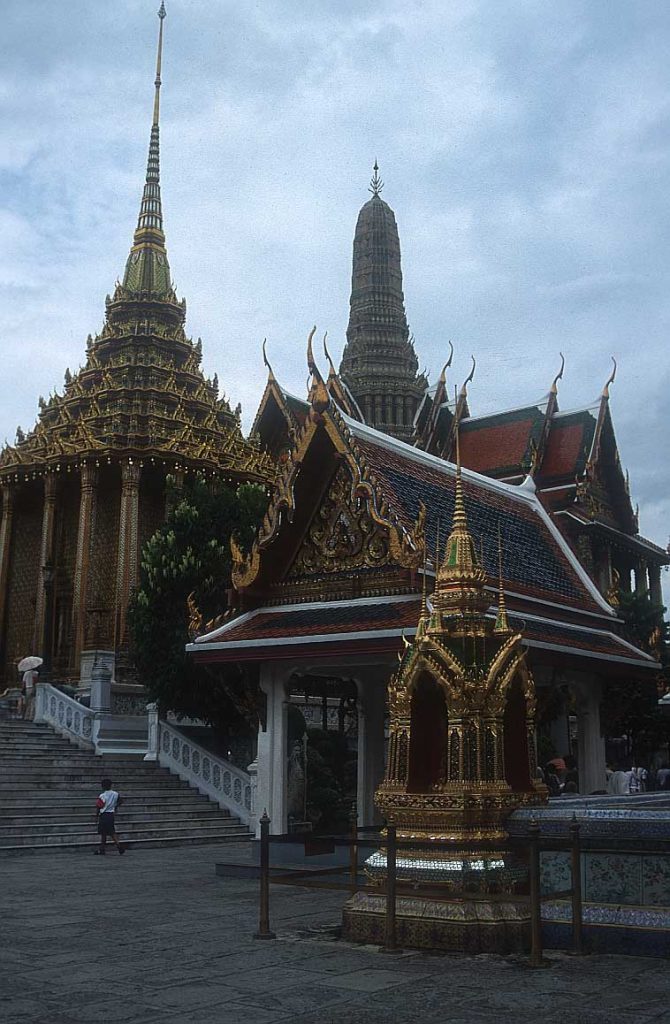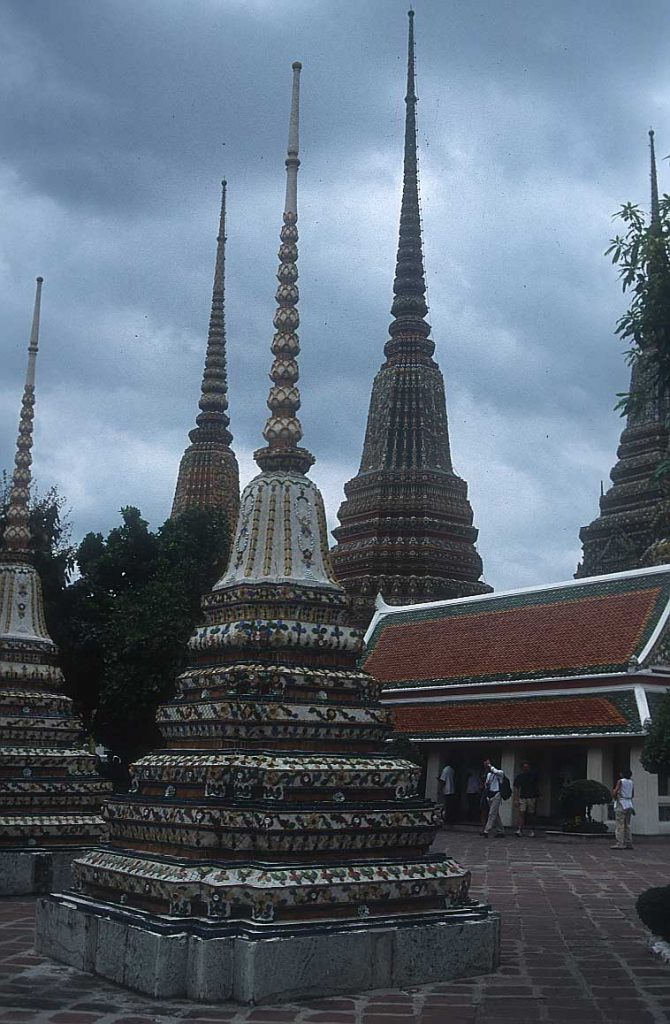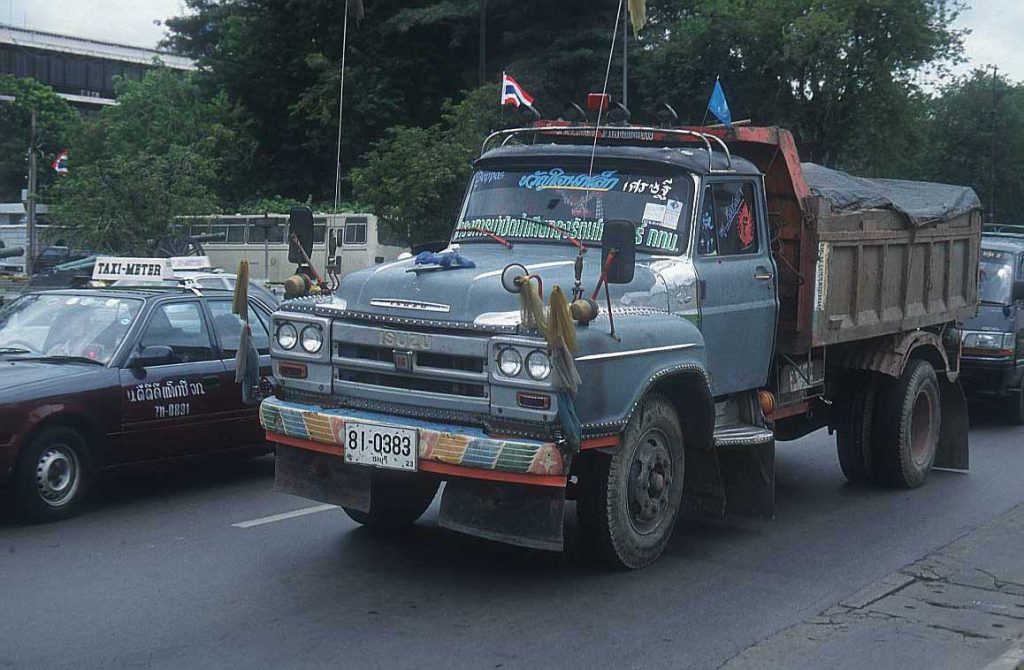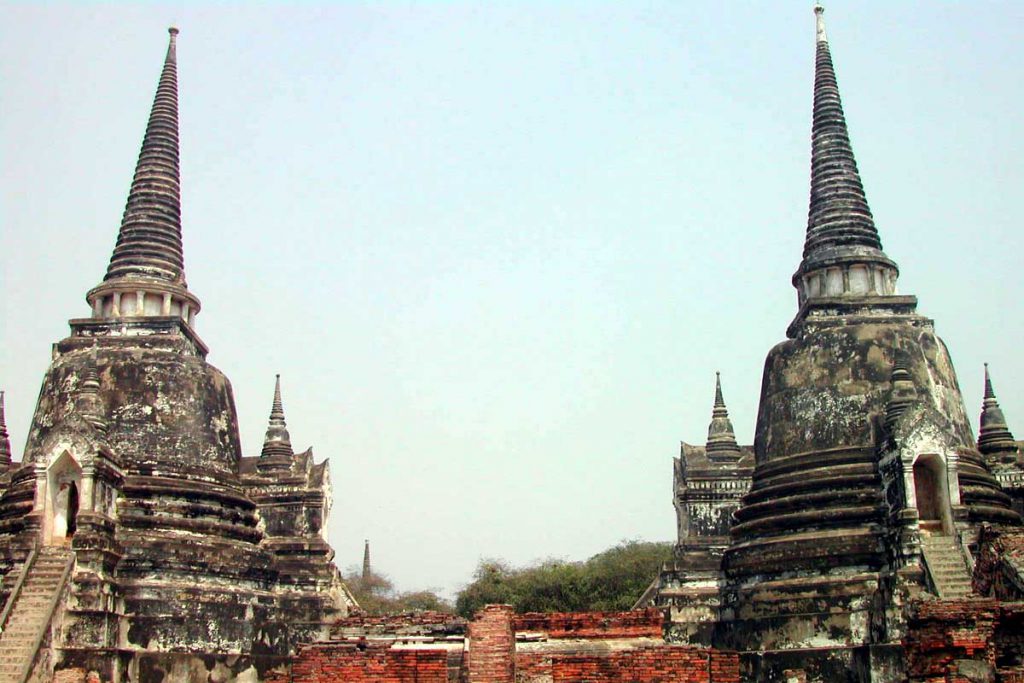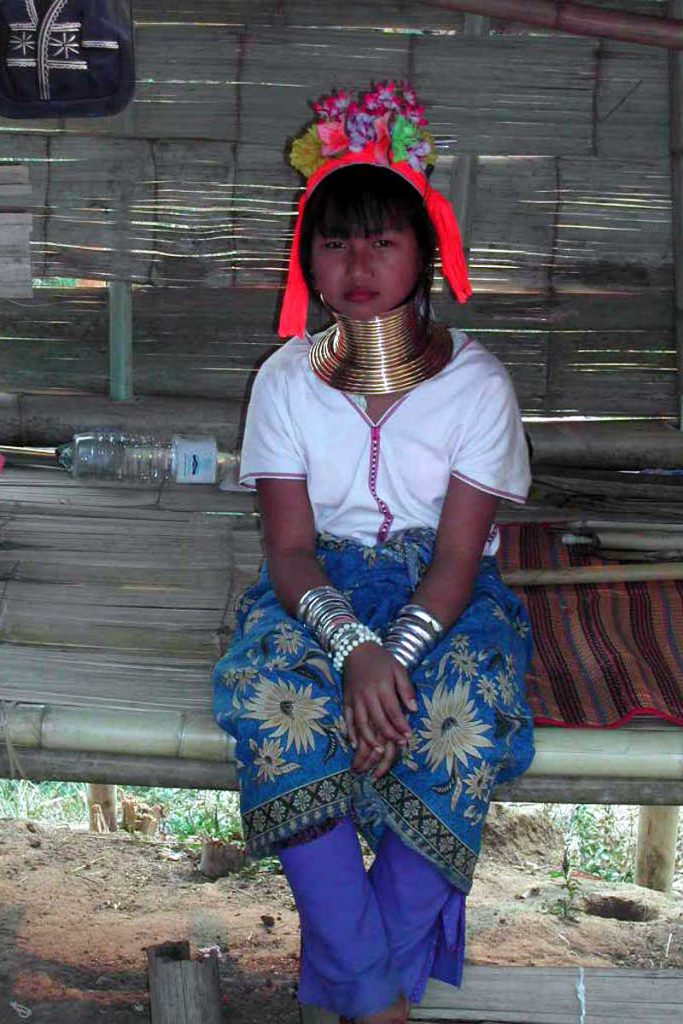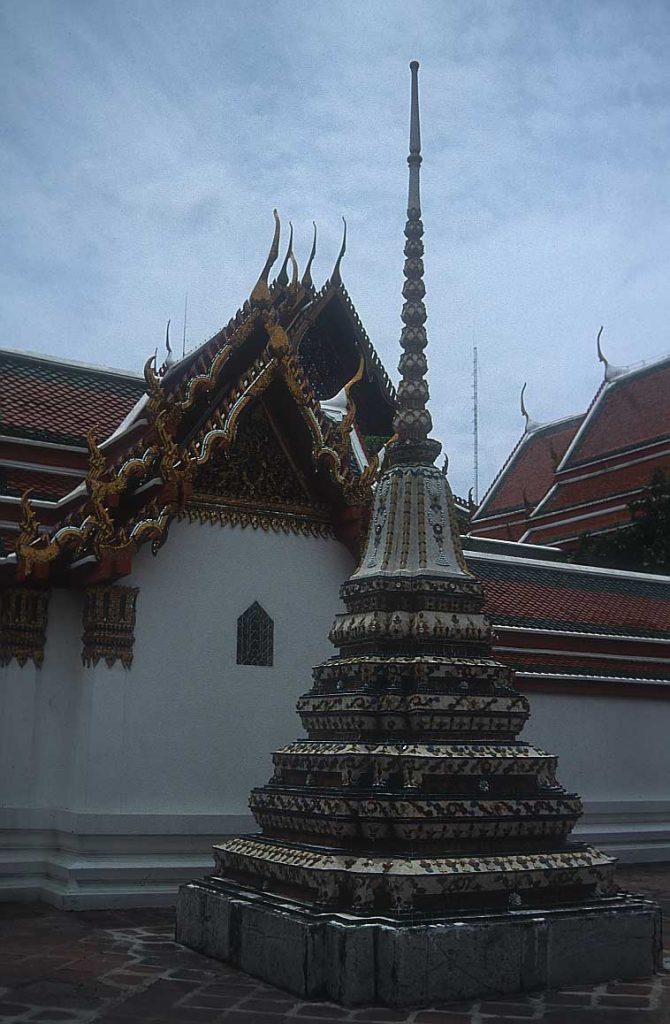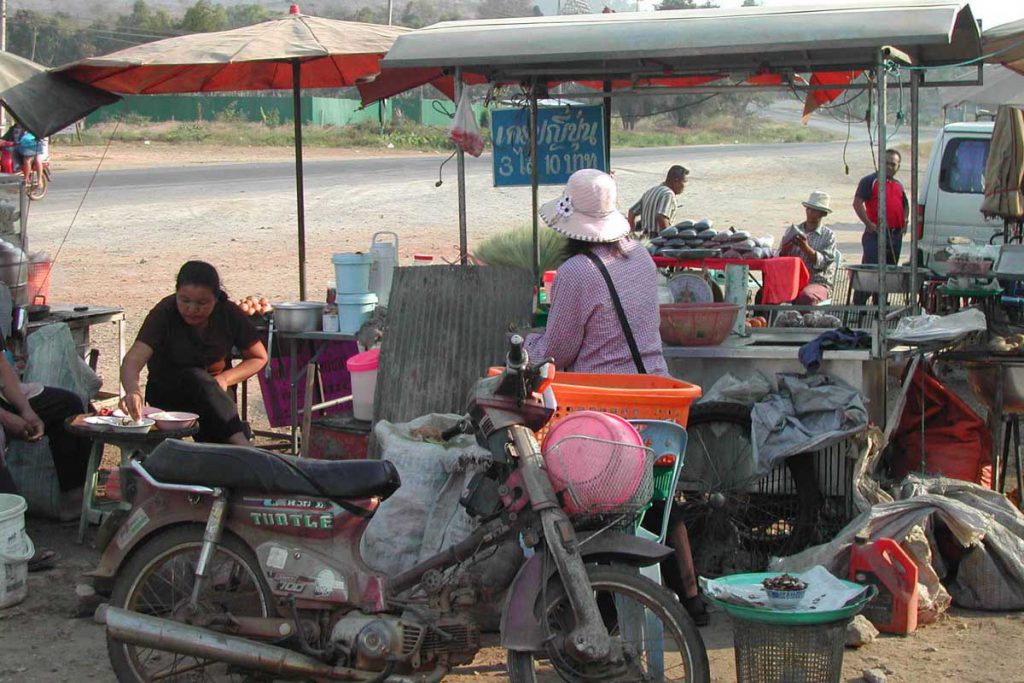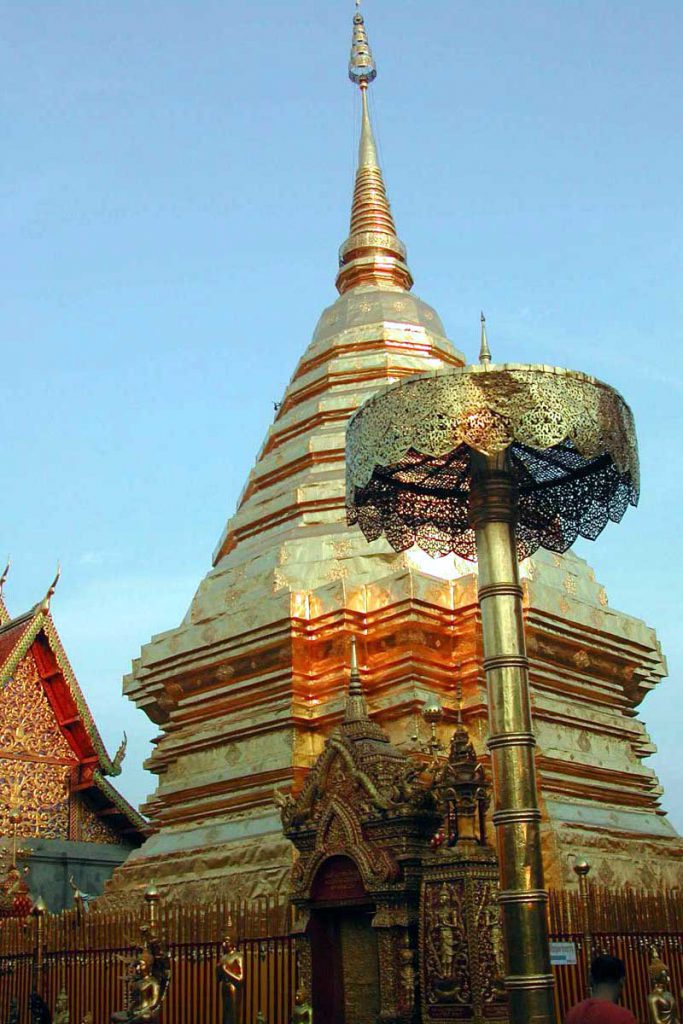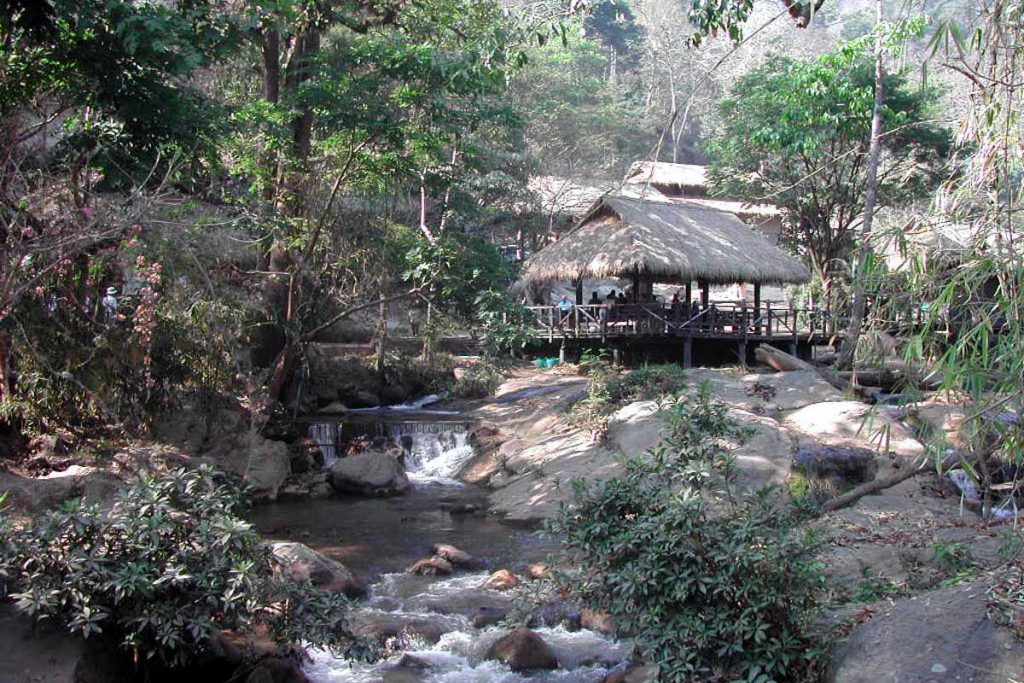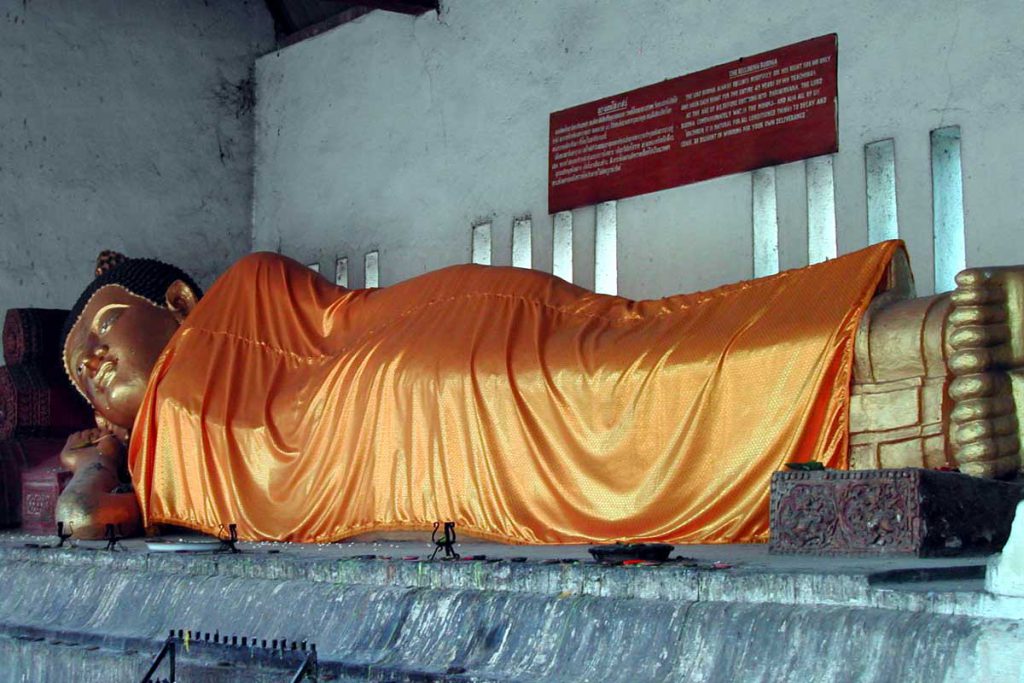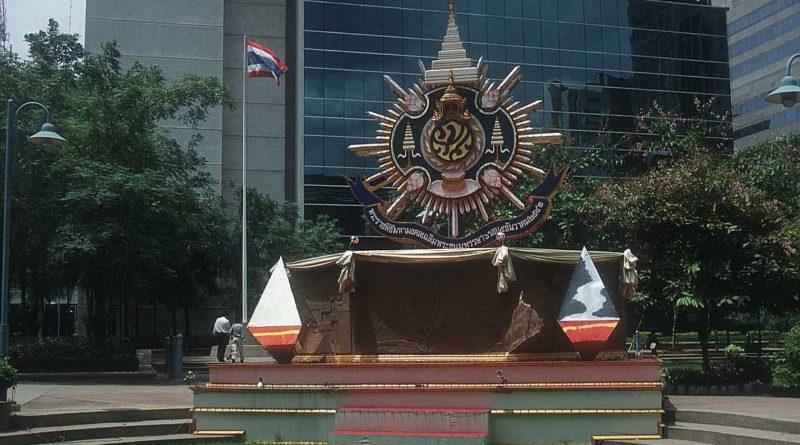Bangkok, Thailand
Bangkok, Thailand, one of the most vibrant cities in South East Asia. A city that never sleeps and always fascinates. Hospitable people, glittering temples, colourful floating markets, great shopping and exotic nightlife. Bangkok is an intoxicating mixture of aromas, sights and visual delights.
Bangkok’s dazzling temples are a unique part of the capital’s heart and soul. The temples (or “Wats”) are not just tourist attractions but also play an important part in Buddhist traditions. Monks live in the temple complexes, get up around 4 am, attend to prayers and duties and then collect food and necessities from ordinary people on the streets.
The Kingdom of Thailand lies in Southeast Asia, with Laos and Cambodia to its east, the Gulf of Thailand and Malaysia to its south, and the Andaman Sea and Myanmar to its west. Thailand exports over $105 billion worth of products annually. Major exports include rice, textiles and footwear, fishery products, rubber, jewellery, automobiles, computers and electrical appliances. Thailand is the world’s no.1 exporter of rice, exporting 6.5 million tons of milled rice annually.
What to see in Bangkok
There is so much to see in Bangkok that any list has to be just a few suggestions, almost picked at random. Temples: there are 31,000 temples in Thailand! Three to see in Bangkok are Wat Phra Kaew, Wat Pho and Wat Arun. Wat Pho is one of the oldest temples in the city and features the gold reclining Buddha; the largest Buddha in Thailand at 45 metres (150 ft), it requires some skill and patience to photograph it. Take the ferry from Tha Tien Pier near Wat Pho across the river to Wat Arun to see the temple of the God of Dawn, with its 80 metre high “prang” or tower decorated with coloured fragments of china and ceramic tiles. The best view of Wat Arun is from the opposite side of the river at sunset, when its magnificent tower is silhouetted against the sky. Wat Phra Kaeo is situated in the Grand Palace complex and contains the famous 14th century Emerald Buddha.
Chatuchak Weekend Market (Saturday and Sunday only) takes a whole day to see properly: it has 15,000 stalls divided into 27 sections and claims to be one of the largest markets in the world, but you can get food and drink there while choosing Thai souvenirs to take home. (Take the MRT to Chatuchak Park Station or the SkyTrain to Mochit Station.) When the noise and bustle of Bangkok gets too much for you, retire to Dusit Park for some peace and relative quiet. This is a royal garden so you are expected not to show your legs or bare arms, out of respect. Also peaceful and yet in the city centre is Lumpini Park in Rama IV Road, the oldest and largest park in Bangkok, where you can walk, jog, or just sit around.
For lively nightlife, head for Khao San Road, the backpacking and young traveller area, where you will find numerous bars and restaurants. There are budget hostels here too, but expect noise, drinking and hassle from street sellers.
Where to stay: the 5 star Mandarin Oriental on the bank of the Chao Phraya River will insulate you from the pressures of the city, with a large swimming pool, air conditioned rooms with beautiful views, and an Oriental Spa providing massage and various treatments. Much cheaper and handy for Suvarnbhumi Airport, the 3 star Silver Gold Garden near Huatakhe Market is clean and comfortable, with good service. HQ Hostel in Silom Soi 3 provides backpackers’ accommodation in the city centre, with a restaurant, free wifi and a fitness centre. The hostel has dormitories and private rooms, and is clean and modern. It is a good alternative to Khao San Road, and most attractions are within walking distance.
Discovering the Timeless Charm of Bangkok’s Floating Markets
Bangkok, the vibrant capital of Thailand, is renowned for its bustling streets, vibrant culture, and delectable cuisine. Among its many attractions, the floating markets stand out as a quintessential Thai experience, offering visitors a glimpse into the country’s rich heritage and traditional way of life. From colorful boats laden with fresh produce to the aromatic scent of sizzling street food, Bangkok’s floating markets are a feast for the senses. Let’s embark on a journey to explore these enchanting aquatic bazaars and unravel the secrets they hold.
A Glimpse into Thailand’s Past:
Floating markets have been an integral part of Thai culture for centuries, serving as hubs of commerce and social interaction. Historically, Thailand’s extensive network of rivers and canals facilitated transportation and trade, making floating markets a vital aspect of daily life. While modernization and urbanization have transformed many aspects of Thai society, floating markets continue to thrive, albeit primarily as tourist attractions rather than primary sources of commerce.

Damnoen Saduak:
Among Bangkok’s floating markets, Damnoen Saduak stands out as one of the most famous and picturesque. Located about 100 kilometers southwest of Bangkok, Damnoen Saduak offers visitors a glimpse into traditional Thai river life. Here, long-tail boats navigate narrow canals lined with wooden stilt houses, while vendors in colorful boats ply their trade, selling a variety of goods ranging from fresh fruits and vegetables to souvenirs and handicrafts.
Taling Chan Floating Market:
For a more authentic and less touristy experience, Taling Chan Floating Market is a hidden gem nestled along the banks of Bangkok’s Chao Phraya River. Unlike some of the larger and more commercialized floating markets, Taling Chan maintains a laid-back atmosphere, making it ideal for leisurely exploration. Visitors can sample a wide array of Thai delicacies, including grilled seafood, spicy curries, and tropical fruits, while enjoying the tranquil surroundings of the river.
Amphawa:
Another popular floating market near Bangkok is Amphawa, located in the Samut Songkhram province. Unlike many other floating markets that operate primarily in the mornings, Amphawa comes alive in the late afternoons and evenings, offering visitors a unique nocturnal experience. Here, visitors can take leisurely boat rides along the canal, dine on fresh seafood at waterfront restaurants, and browse through a diverse selection of goods at the bustling night market.
Experiencing the Magic:
Exploring Bangkok’s floating markets is more than just a shopping excursion; it’s an immersive cultural experience that allows visitors to connect with Thailand’s vibrant heritage. Whether you’re sampling exotic fruits, bargaining with friendly vendors, or simply soaking in the sights and sounds of the bustling waterways, a visit to a floating market is sure to leave a lasting impression.
Tips for Visiting:
- Arrive Early: To beat the crowds and experience the markets at their liveliest, consider arriving early in the morning when vendors are setting up their stalls and the atmosphere is buzzing with activity.
- Bring Cash: While some vendors may accept credit cards, it’s always a good idea to carry cash, especially for smaller purchases and bargaining.
- Be Adventurous: Don’t be afraid to try new foods and explore unfamiliar flavors. Bangkok’s floating markets offer a treasure trove of culinary delights waiting to be discovered.
- Respect Local Customs: Remember to dress modestly and be respectful of local customs and traditions while visiting the markets. Avoid haggling excessively and always greet vendors with a smile and a respectful “sawasdee ka” or “sawasdee krab.”
In conclusion, Bangkok’s floating markets offer a captivating blend of tradition, culture, and commerce, making them a must-visit destination for travelers seeking an authentic Thai experience. Whether you’re navigating the bustling canals of Damnoen Saduak, savoring fresh seafood at Amphawa, or simply taking in the sights and sounds of Taling Chan, a visit to Bangkok’s floating markets promises an unforgettable journey through the heart and soul of Thailand.
